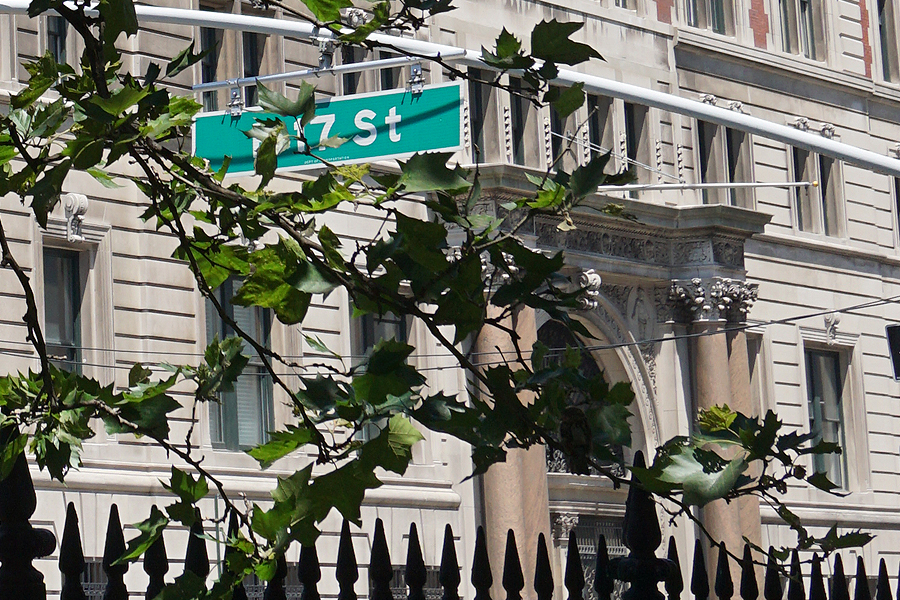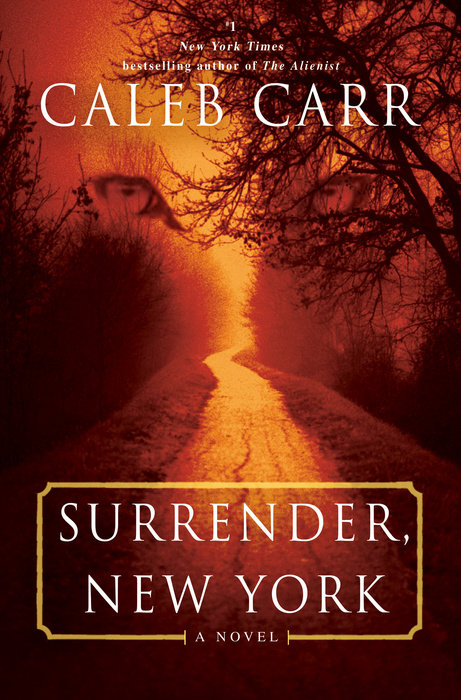As regular visitors would be aware, I took a slightly different approach with the 17th Street blog last week by posting up an account of my recent Alienist-related travels that took me from Toronto, down through New York state following the Hudson River, before finally arriving on the Upper West Side of New York City. This week, I conclude my travel blog with an account of the second half of my holiday in New York, predominantly spent in the historic districts around Union Square where I was finally able to visit the locations that make up the heart of the Alienist novels. Enjoy!
The Inn At Irving Place
Following my short walk in Central Park with thunder rolling in the distance and storm clouds threatening, I moved from my hotel on the Upper West Side to my second hotel in the East 17th Street/Irving Place Historic District where I stayed for my final five nights in the city. When I had originally decided that I wanted to spend at least a portion of my trip down in the Union Square area, I looked at a number of different hotel options but ultimately couldn’t go past The Inn at Irving Place.
Ideally situated, the boutique hotel offered an experience I would not get anywhere else: an opportunity to get a taste of my favourite characters’ lifestyles by staying in a restored New York brownstone located only two blocks from Gramercy Park to the north, two blocks from Stuyvesant Square to the east, and one block from Union Square to the west. After checking in with the manager whose desk was located in the front parlor (see photos 3-4 below), I stayed in the “O Henry room” (see photos 6-12 below) which was tastefully appointed with genuine antiques and was well-proportioned, quiet, and had an unexpectedly large bathroom (for New York City). Located at the back of the brownstone on the second floor, the room had a pleasant view of the terrace and surrounding buildings (see photo 13 below). My regular breakfast spot in the tea room on the first floor also offered a delightful view, both inside and out (see photos 14-15 below).
All in all, I couldn’t have been happier with my choice of hotel and highly recommend it for any Alienist readers or lovers of history who want to experience life from an earlier time in a restored New York brownstone. Watch the steps, though — they are steep! (Something I experienced later on at the Merchant’s House Museum, too.)
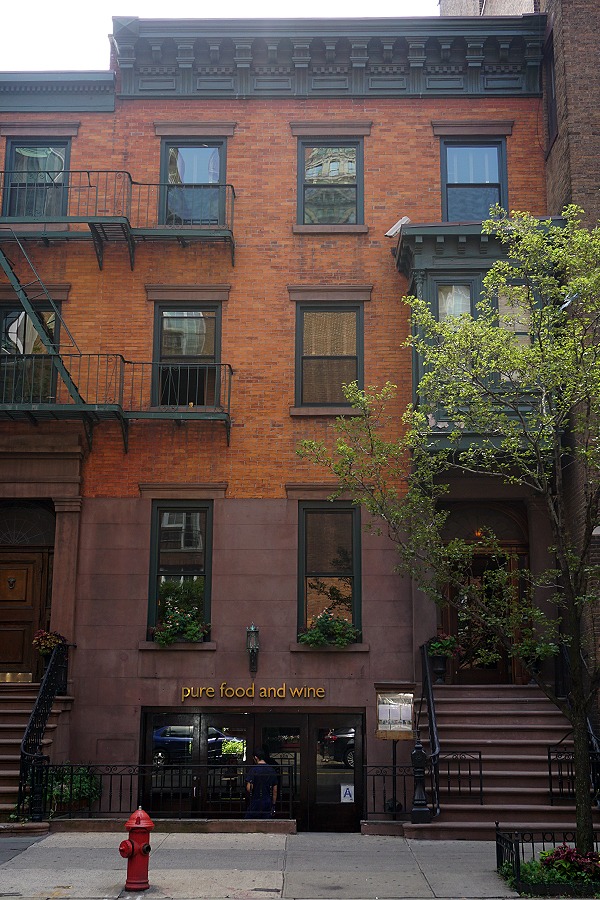
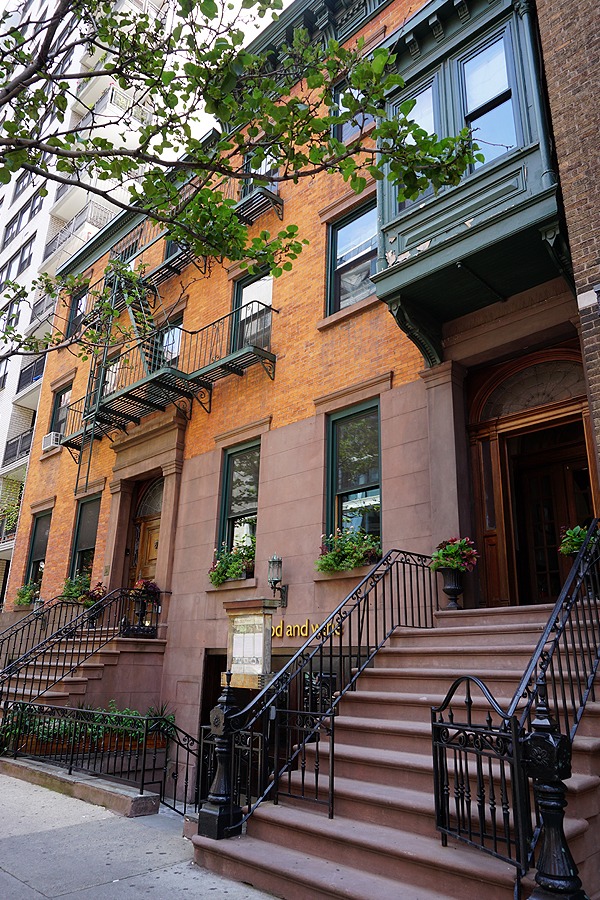
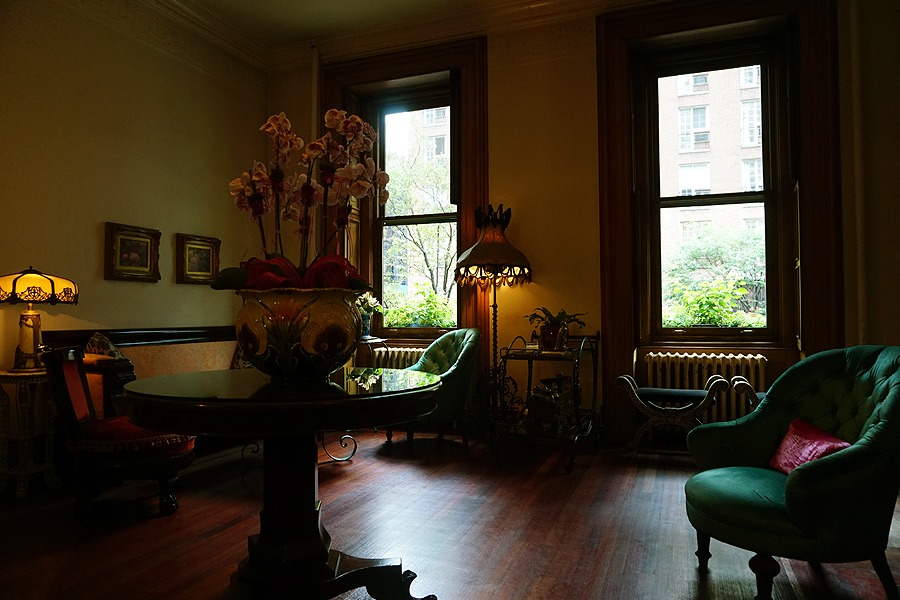
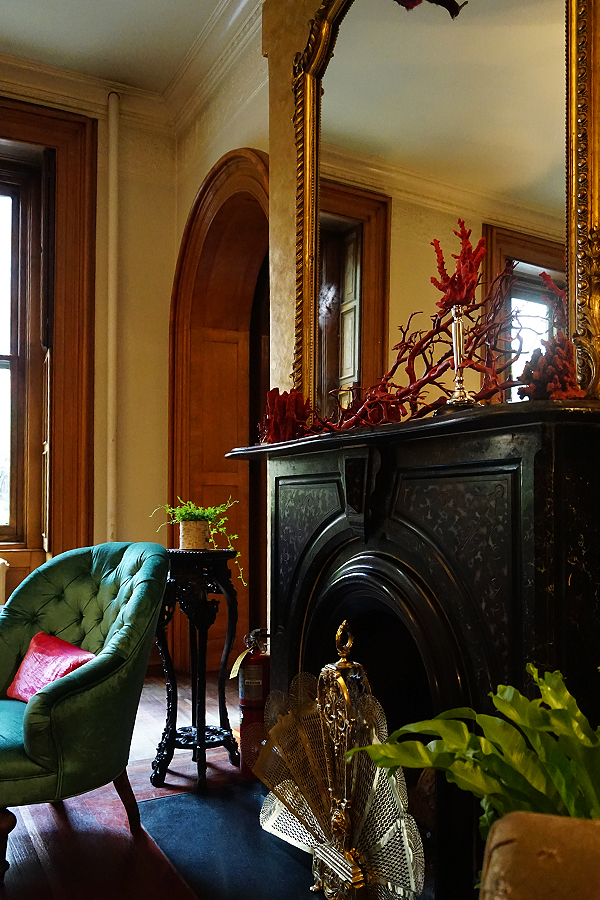
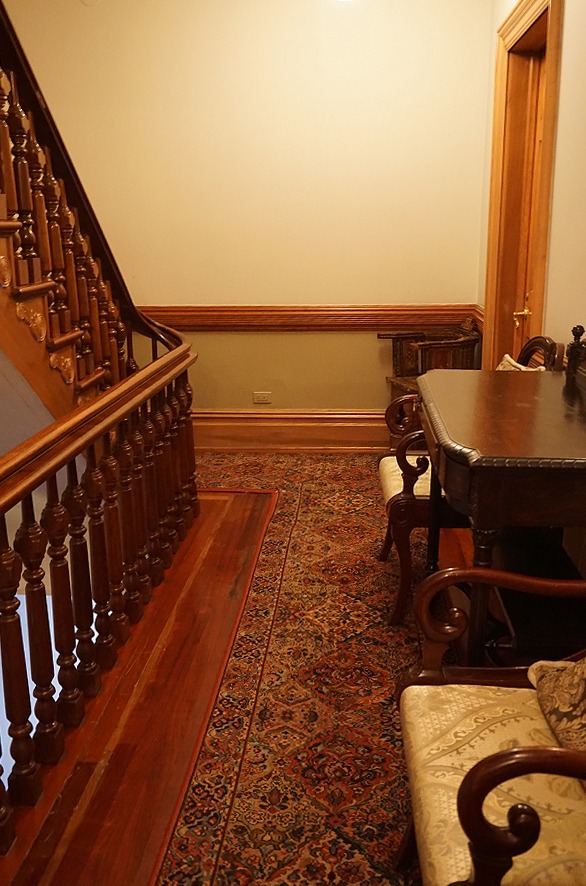
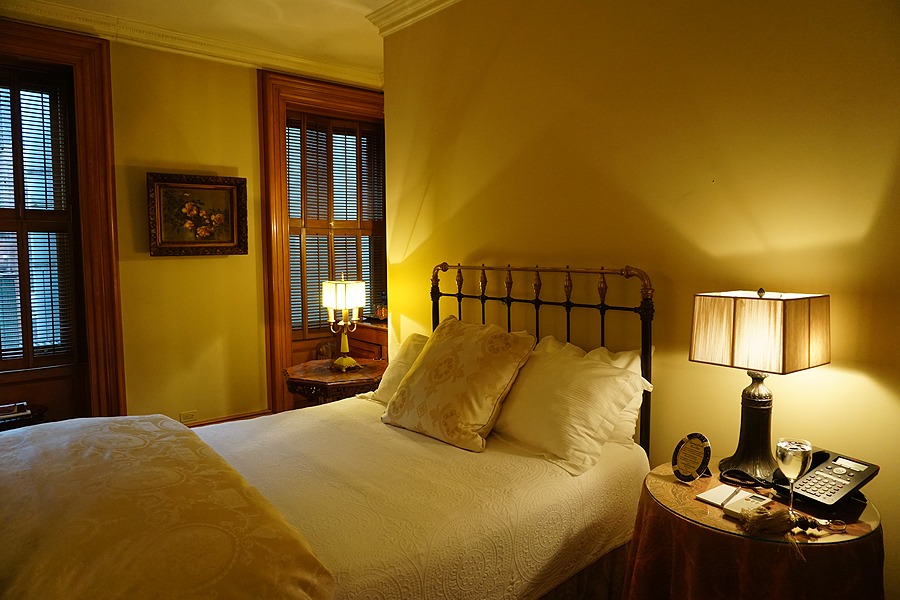
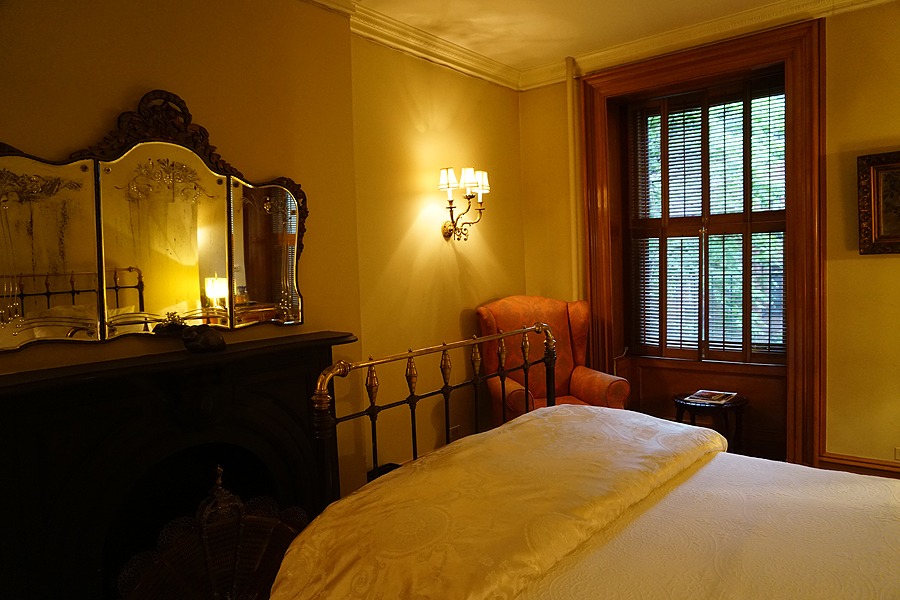
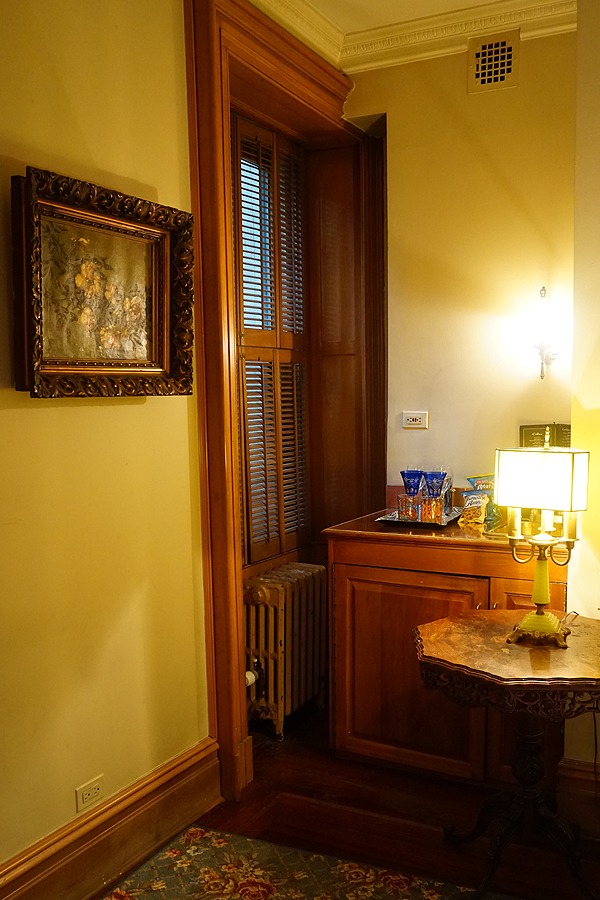
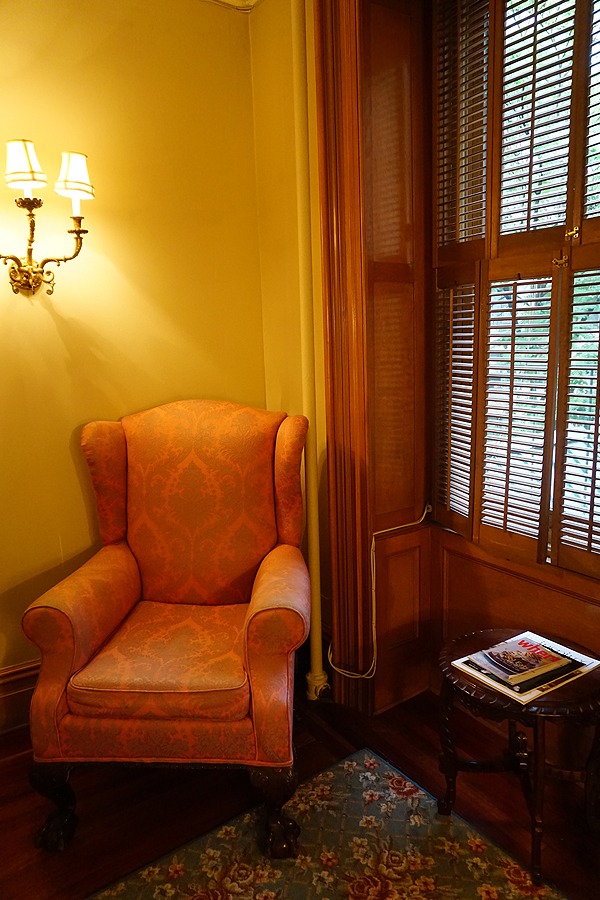
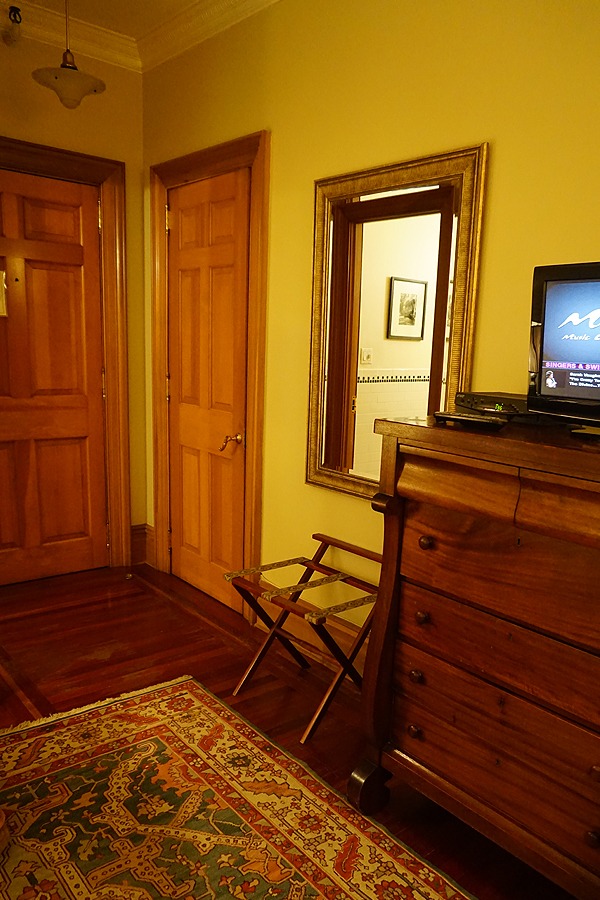
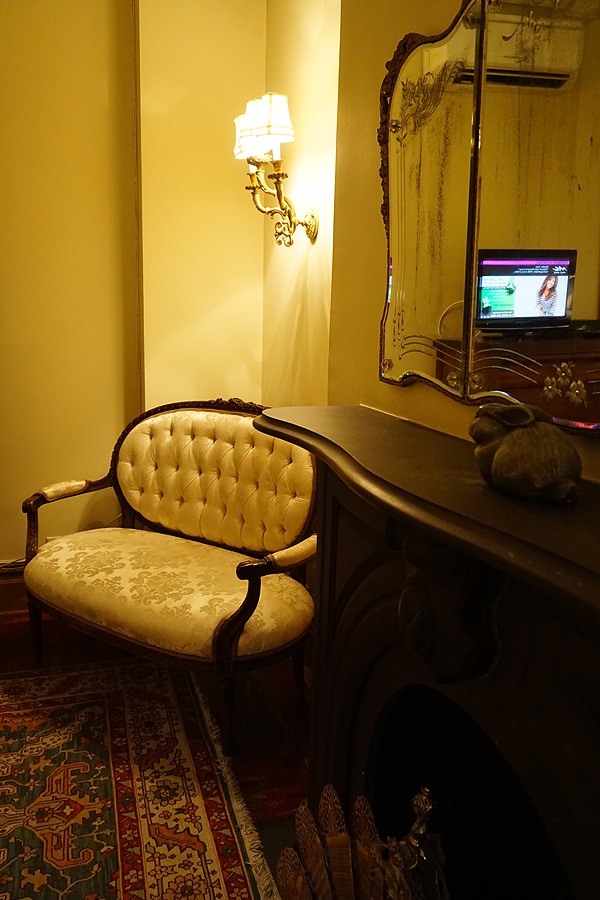
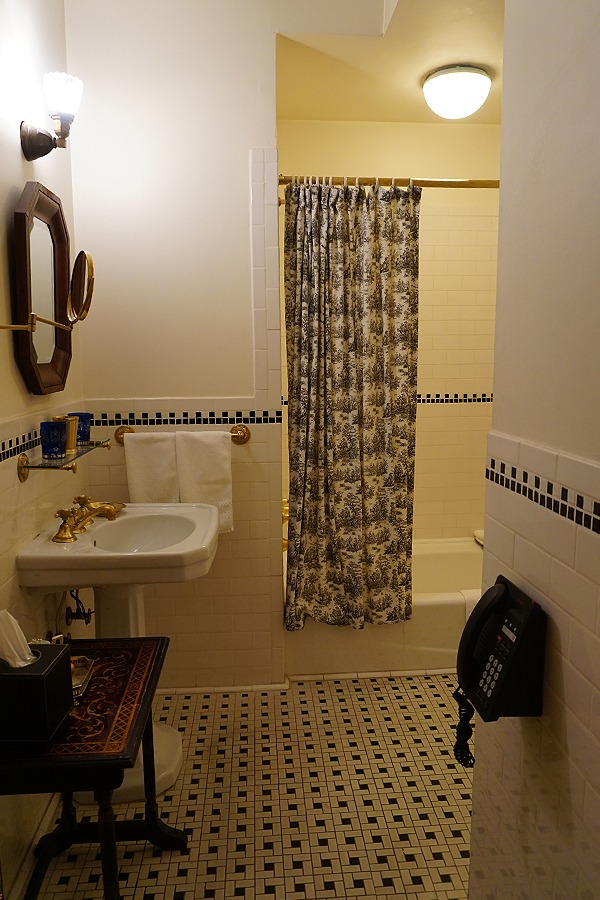
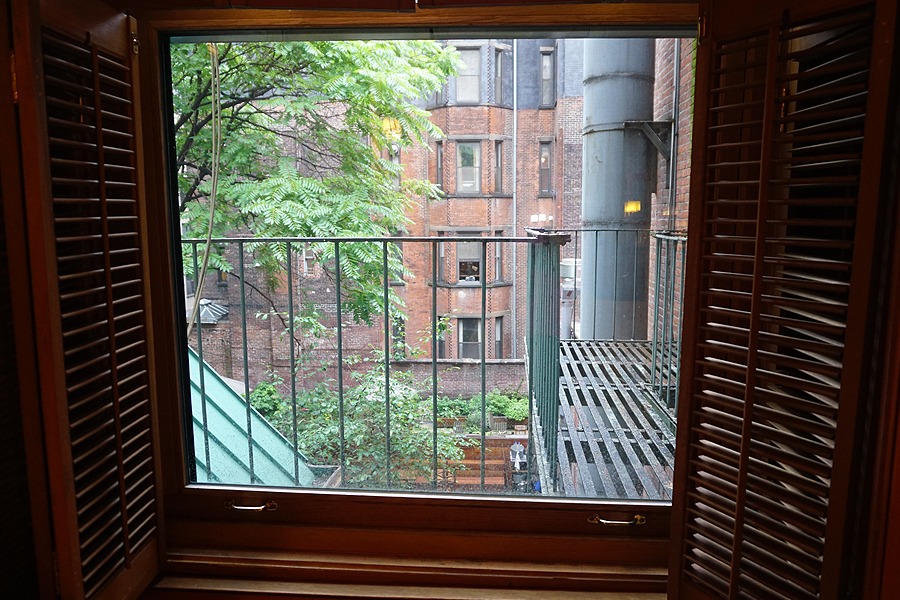
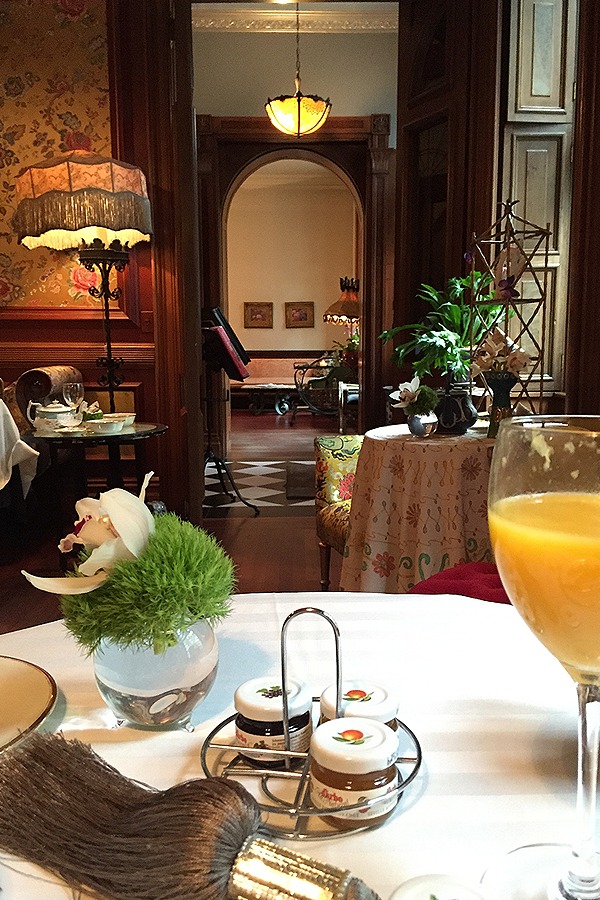
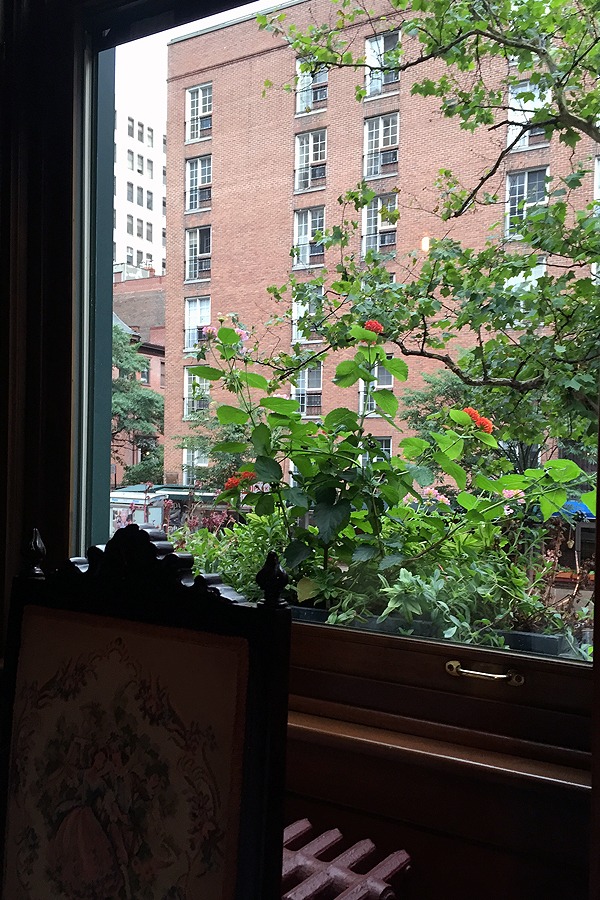
Given the storm that had moved in, I decided to stay close to the hotel for the rest of the day by getting a spot of lunch at Barnes & Noble on Union Square before going for a wander across to a very wet Stuyvesant Square where I saw an astonishing number of squirrels — a novelty for this Australian, and the most I had seen in any one spot during my entire trip! — until I finally admitted defeat and retreated back to The Inn. I couldn’t help feeling on this first afternoon as I listened to the thunder overhead and saw the trees outside my window being blown around that I had been transported into the summer storm described in Chapter 53 of The Angel of Darkness which the characters quietly wait out in the safety of Dr. Kreizler’s home, watching the wind-tossed trees in Stuyvesant Square across the road.
The Empire State Building (or, Spot The Alienist Locations!)
Fortunately, the good weather returned the following day and I took the opportunity to visit the one “generic” tourist attraction on my itinerary: the Empire State Building. After walking uptown for half an hour from The Inn at Irving Place, and then waiting in line for nearly three hours (thank goodness I’d stopped for an early lunch on the way at a lovely little Japanese restaurant!), I finally got up to the 86th floor observation deck in the early afternoon. Although I hadn’t originally planned to include these photos here, I couldn’t help noticing that they offer a unique perspective on many of the Alienist locations. How many Alienist locations can you spot? For those who are unfamiliar with the lay of the land, photos 3-6 are looking north toward Central Park; photos 7-11 are looking south or southeast (can you spot Stuyvesant Square?); and photo 12 is looking east.
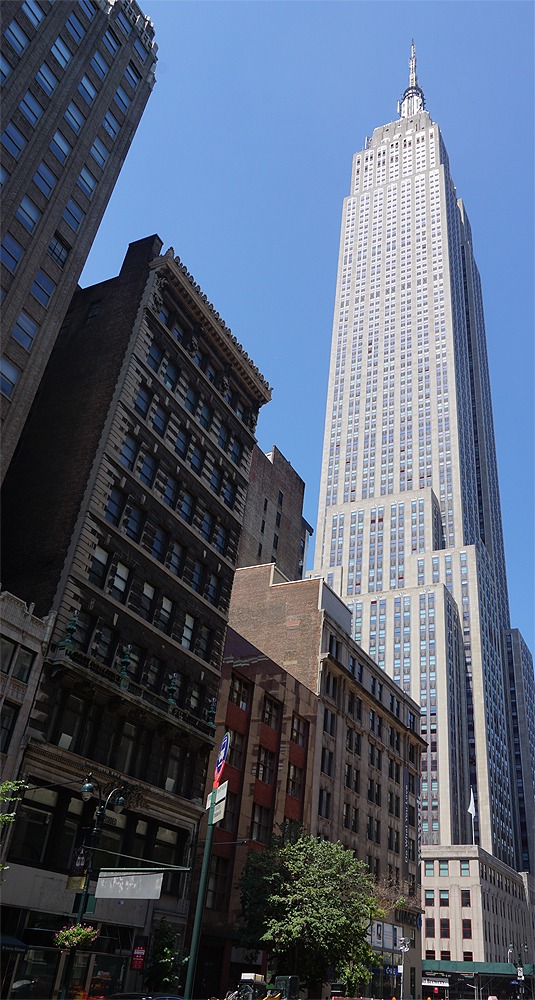
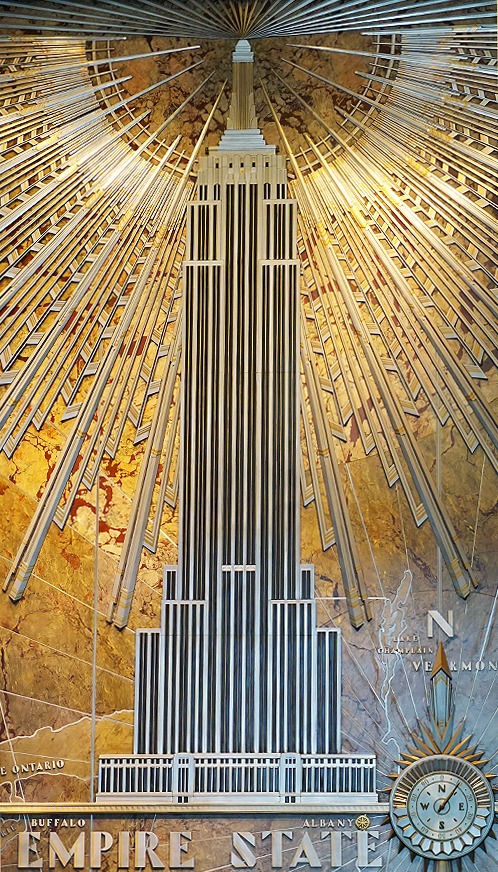
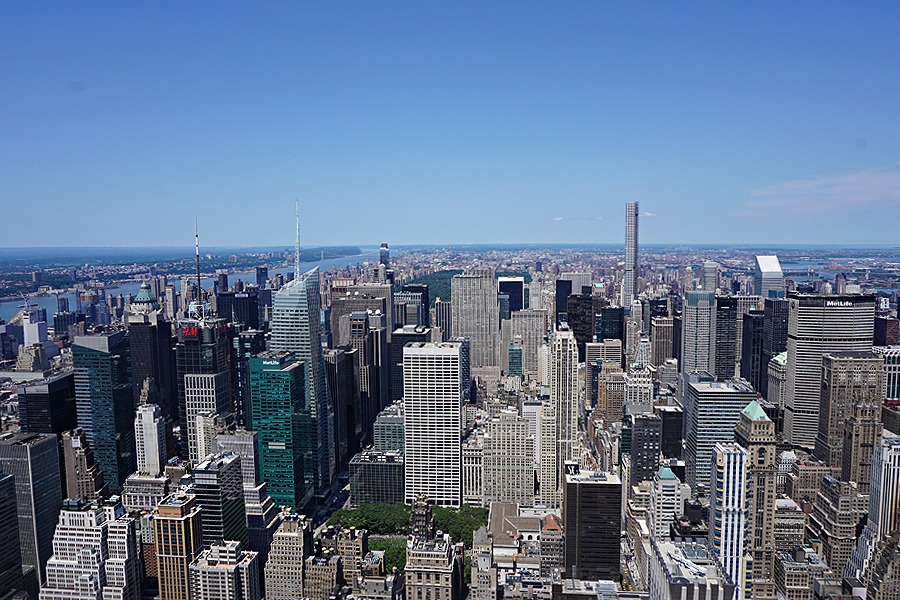
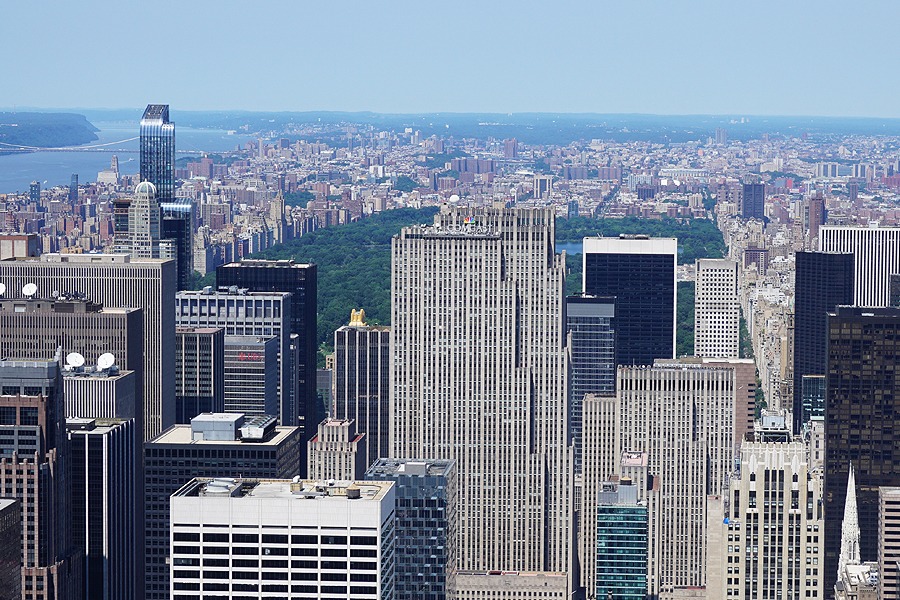
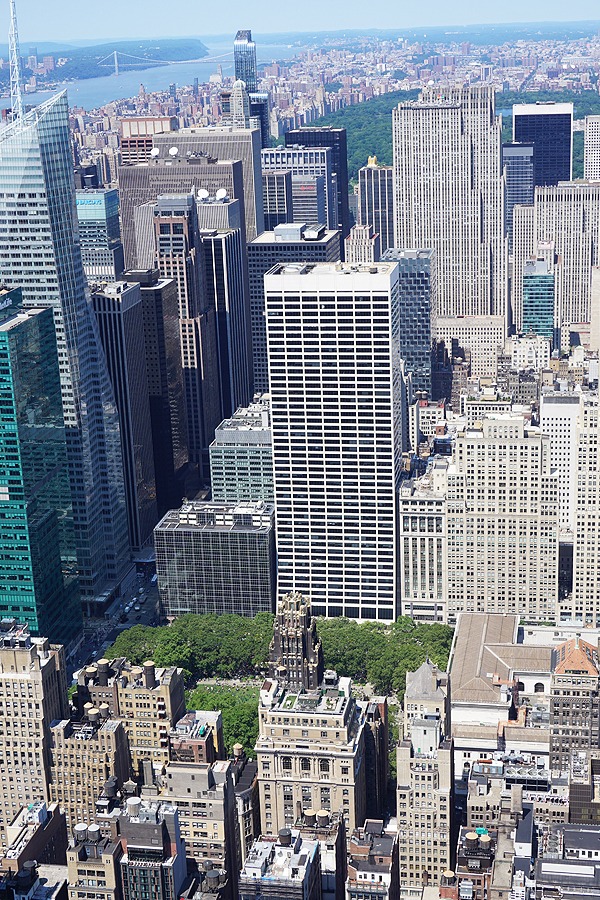
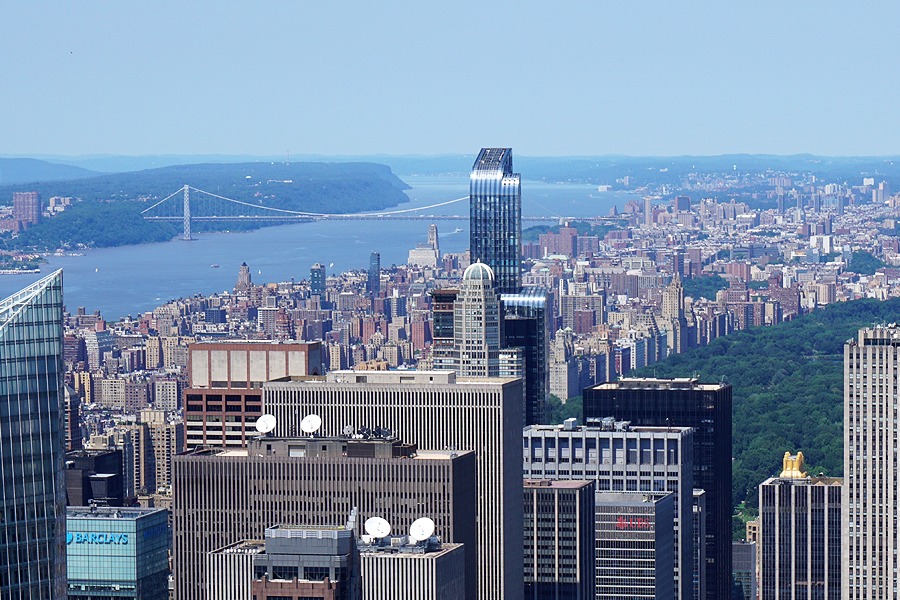
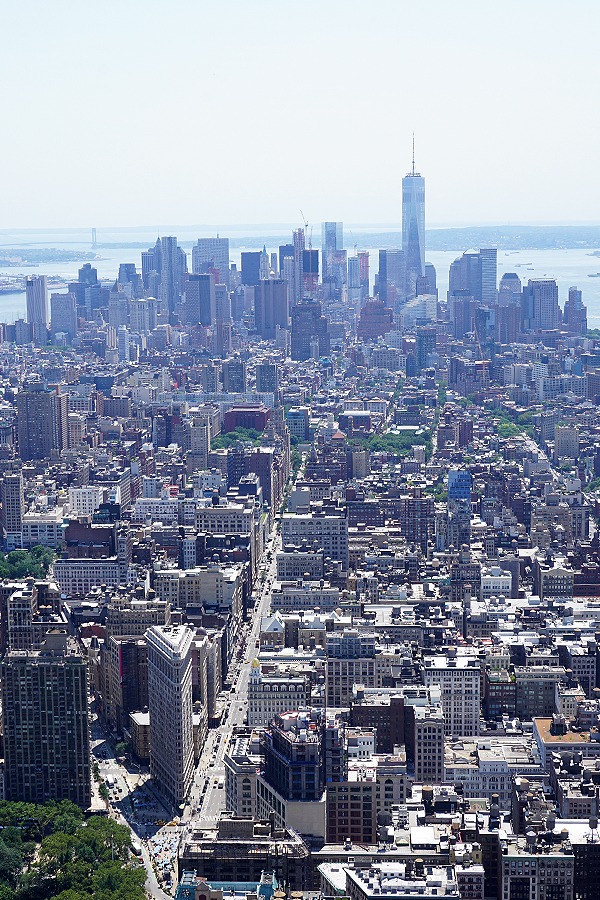
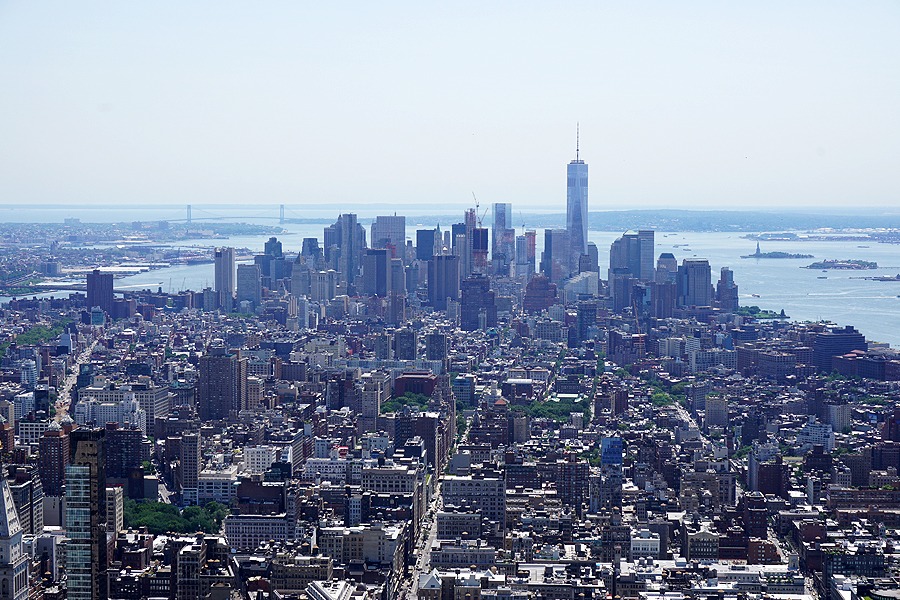
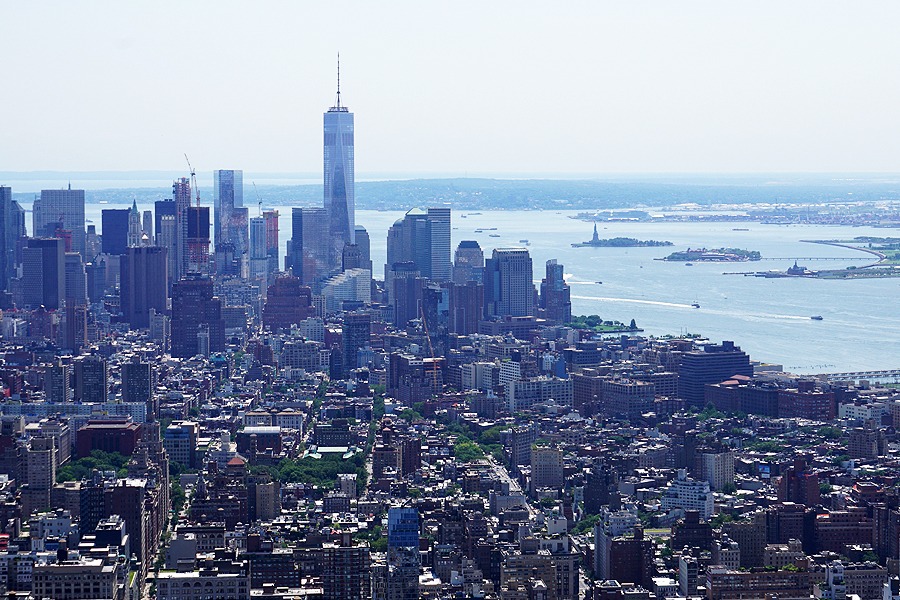
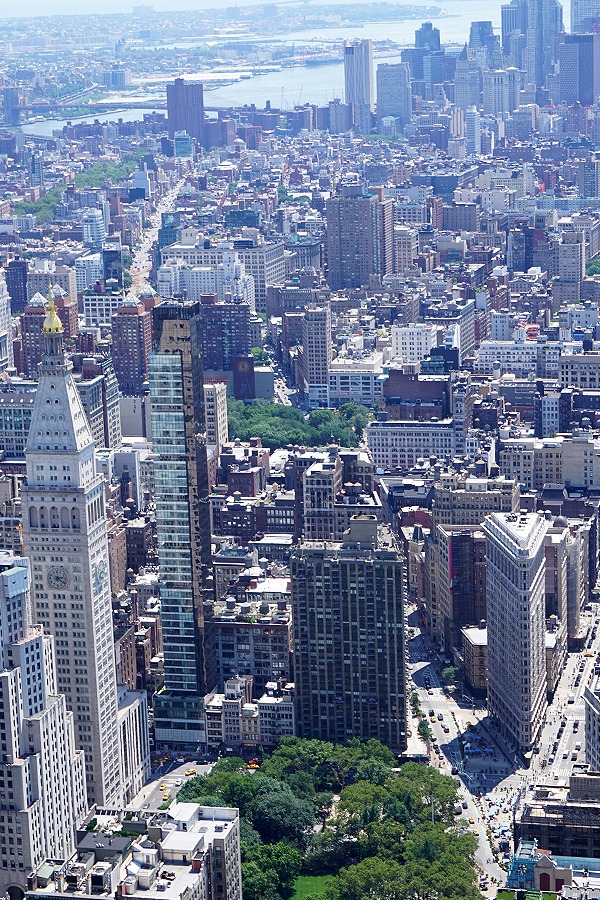
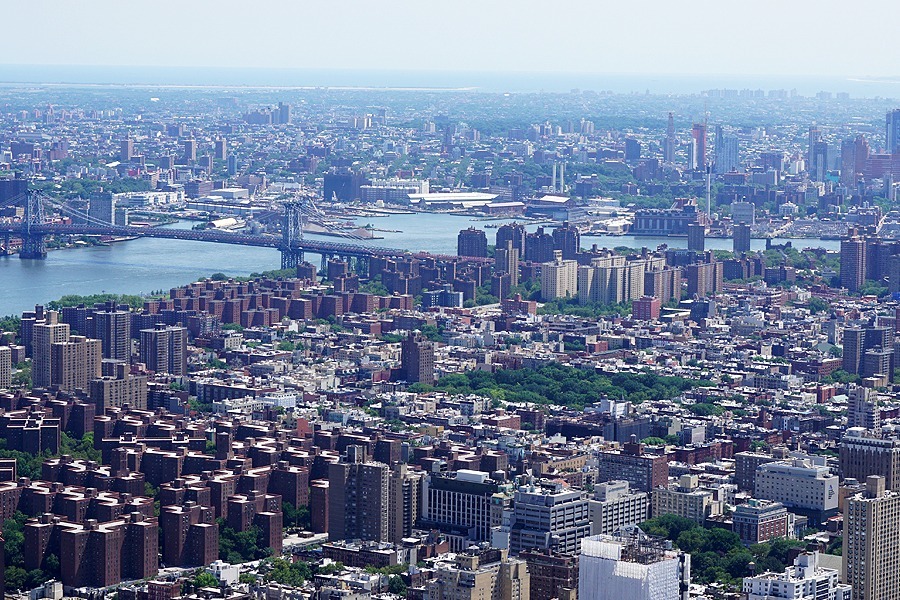
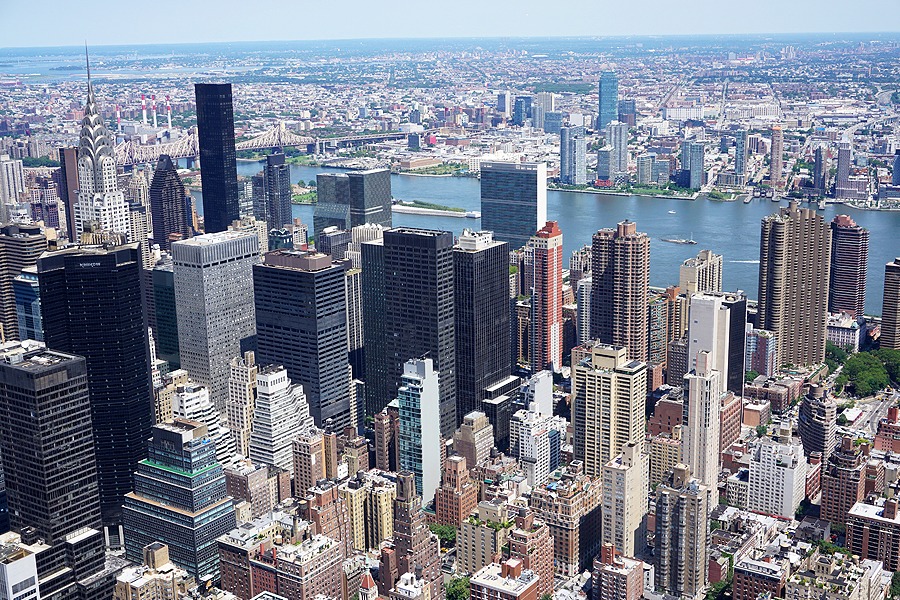
The Morgan Library & Museum
As I had spent at least four hours at the Empire State Building, I only had time to see one more attraction that afternoon and made the decision to walk east toward The Morgan Library and Museum on Madison Avenue. The Morgan appears to have been a favourite location of Caleb Carr’s. He has stated in interviews that he spent long hours doing research there while writing the Alienist novels, and also chose its cafe as a quiet setting for at least two of his interviews. The man himself, J. P. Morgan, also plays a crucial role in The Alienist, with his famous “Black Library” acting as the setting for one of the most suspenseful meetings in the novel.
It is worth noting, however, that the library and study preserved at The Morgan are no longer the same rooms as those Dr. Kreizler and John would have visited in The Alienist. Designed by Charles McKim of the famous McKim, Mead & White firm, the current library and study replaced J. P. Morgan’s originals in 1906 in his effort to centralise his book and manuscript collections in New York City instead of having his collections spread over multiple properties. Nonetheless, these remarkable rooms are still well worth including in this travel blog. Not only do they give you an idea of what the original “Black Library” may have felt like (the current study, pictured in photos 11-15, is imposing enough!), they are also architectural masterpieces in their own right. In addition to his famous study, the photos below show the rotunda from which both the study and library can be accessed (photos 4-7), his librarian’s office (photos 8-10), and the library itself (photos 16-20).
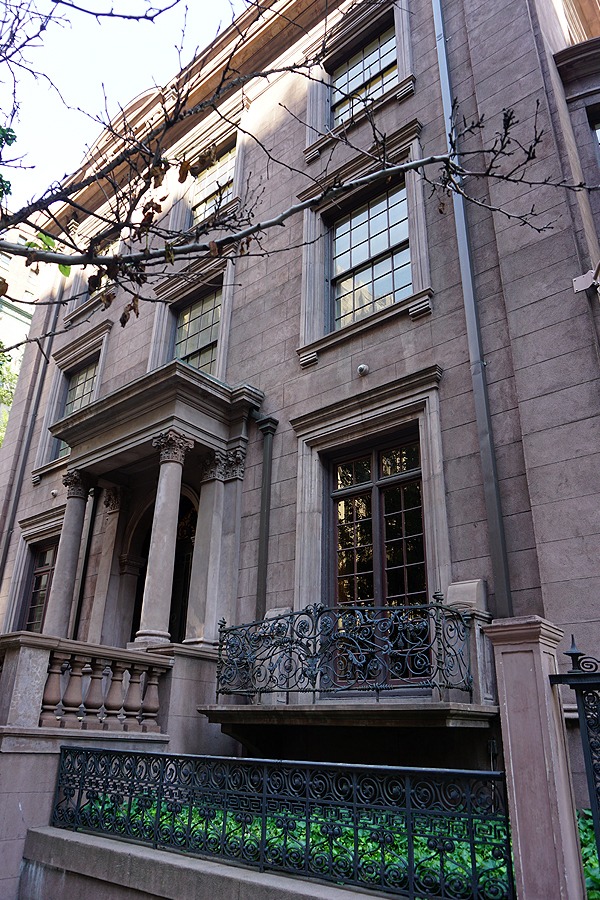
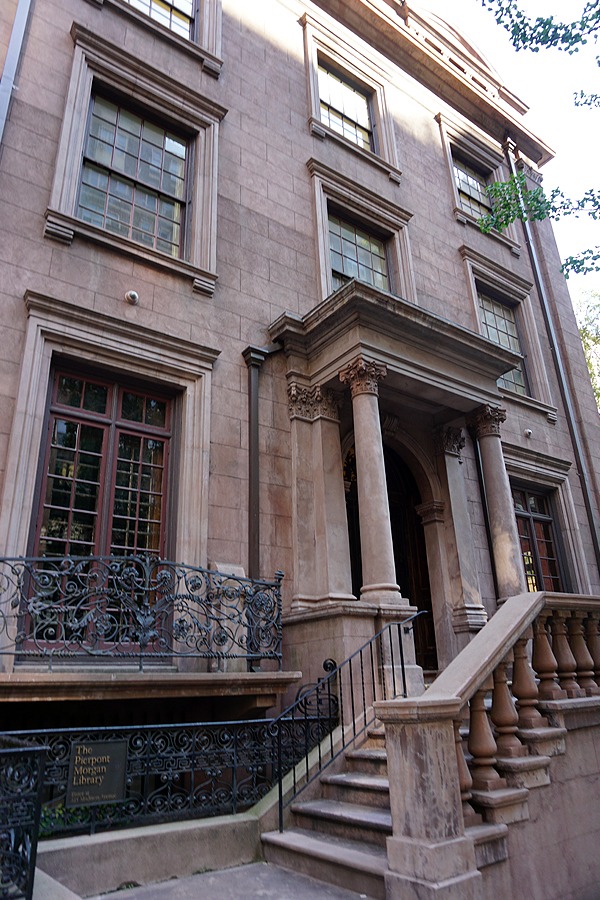
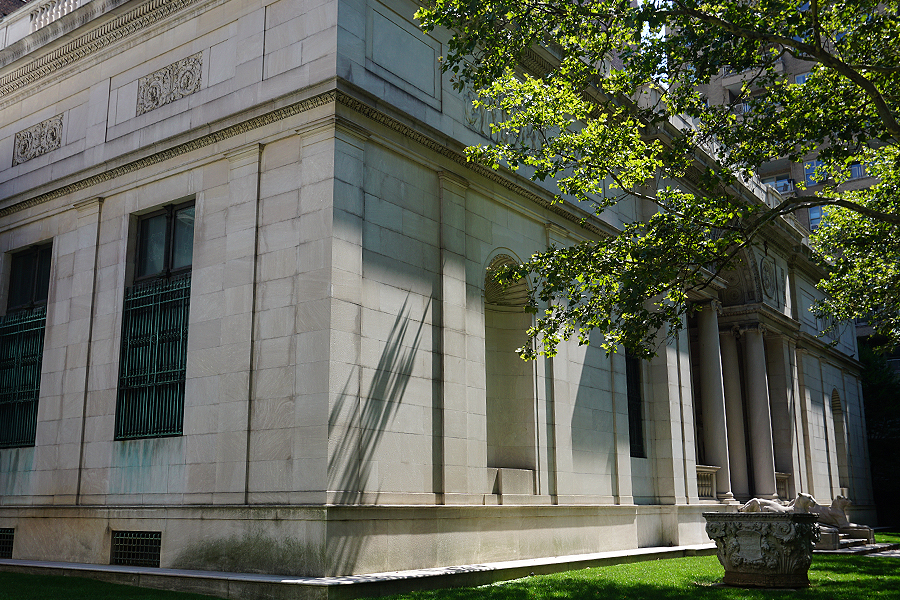
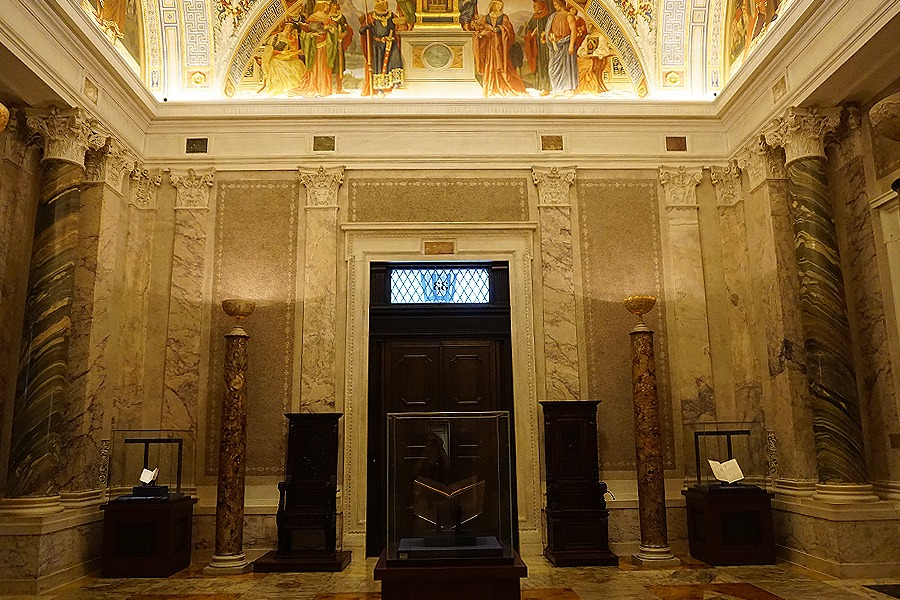
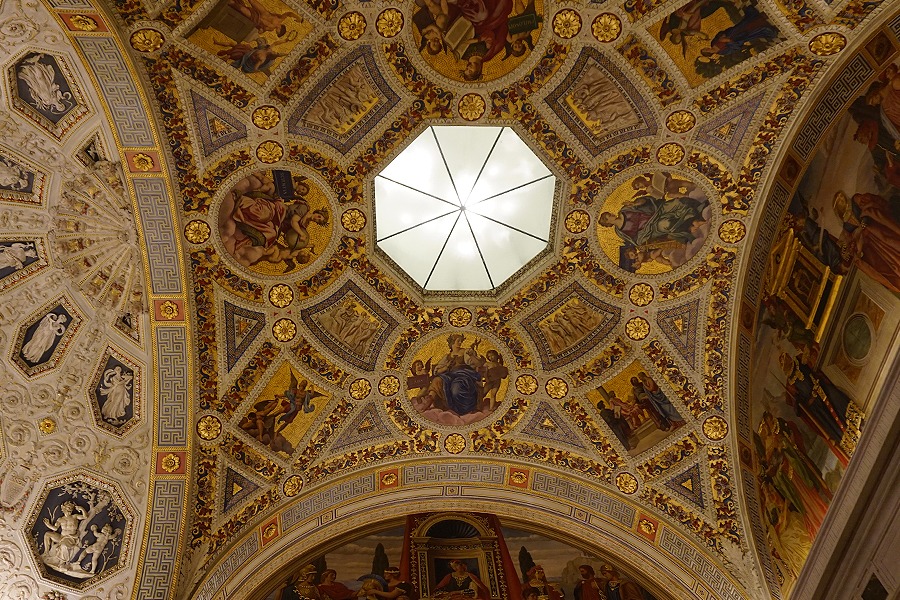
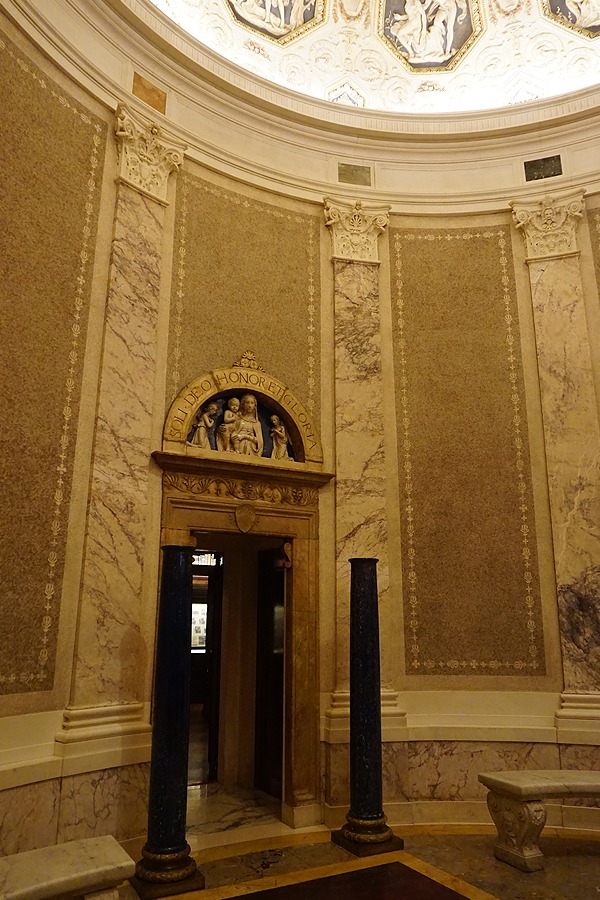
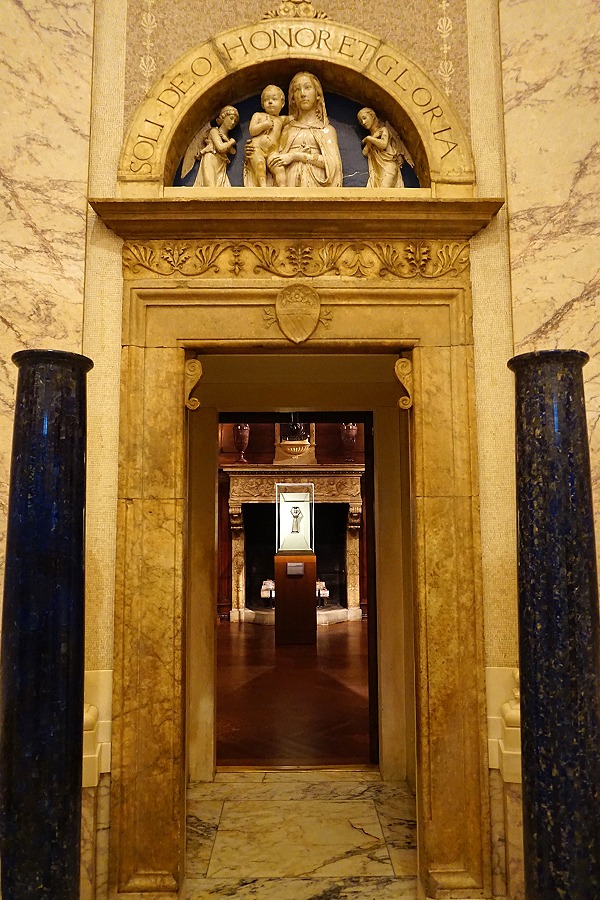
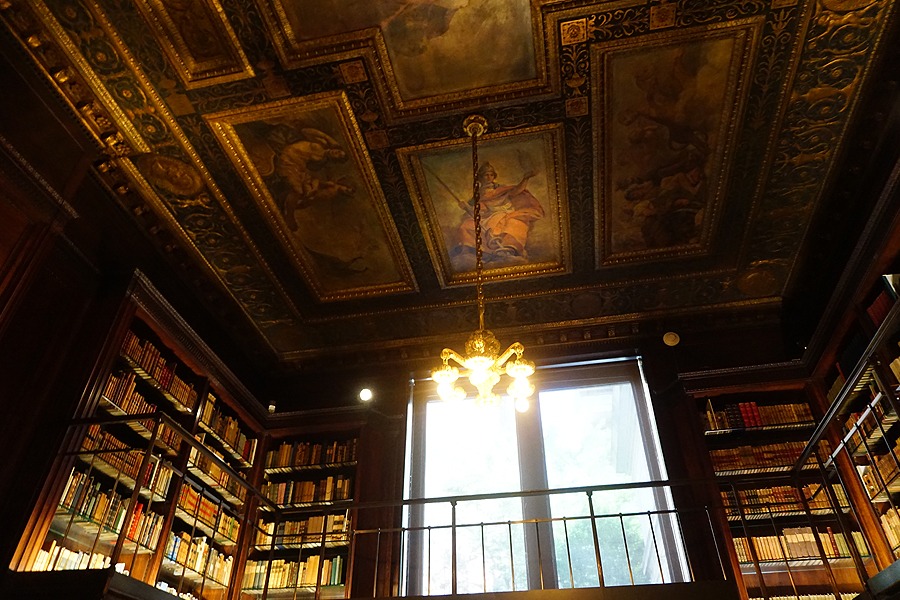
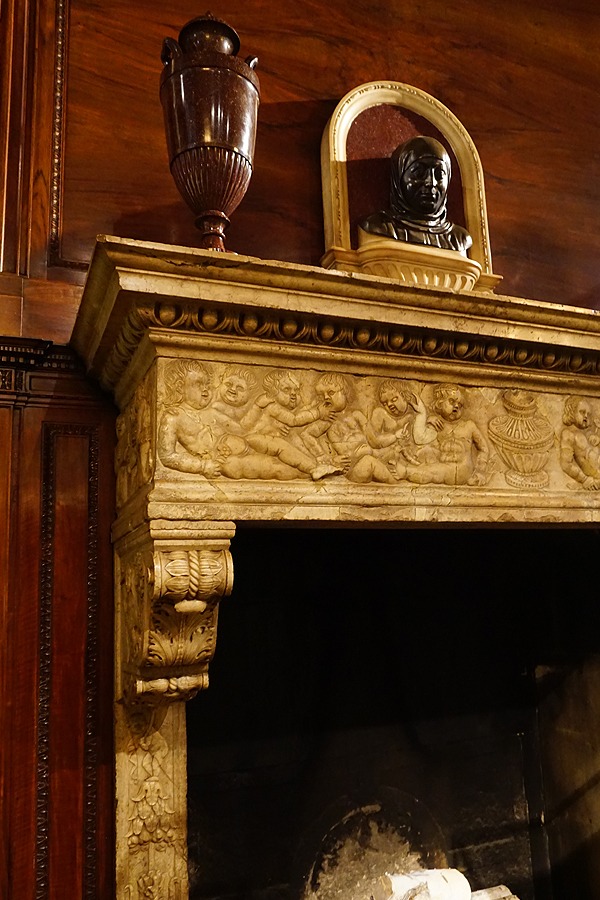
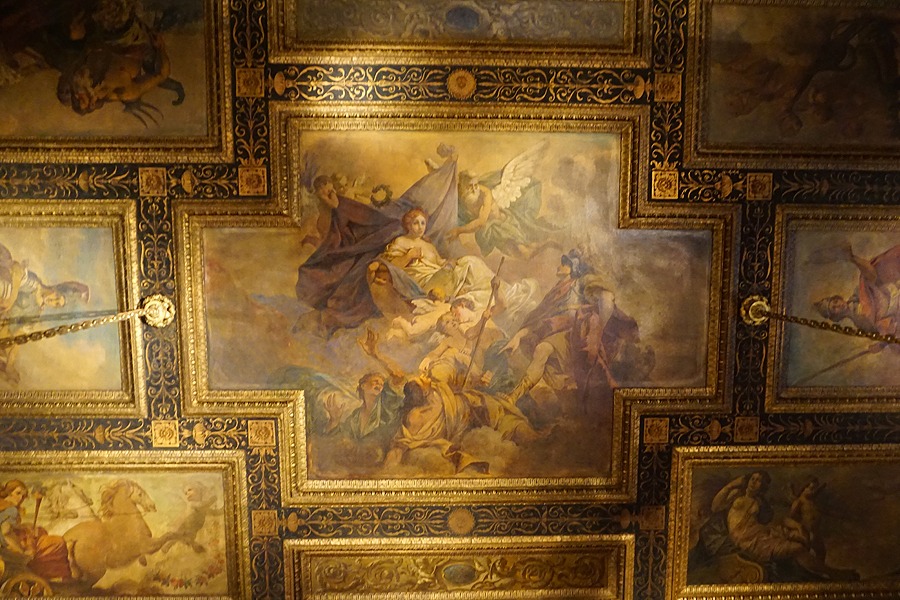
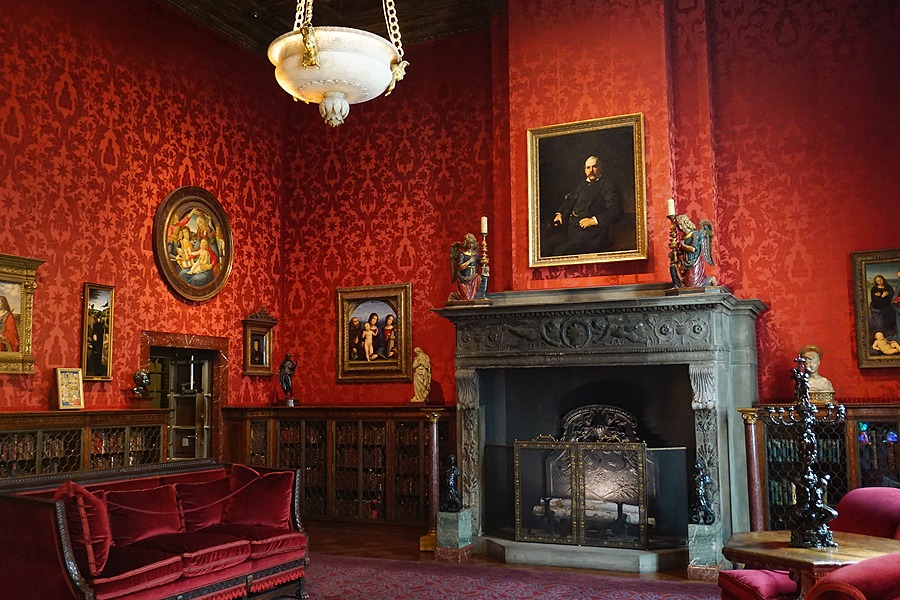
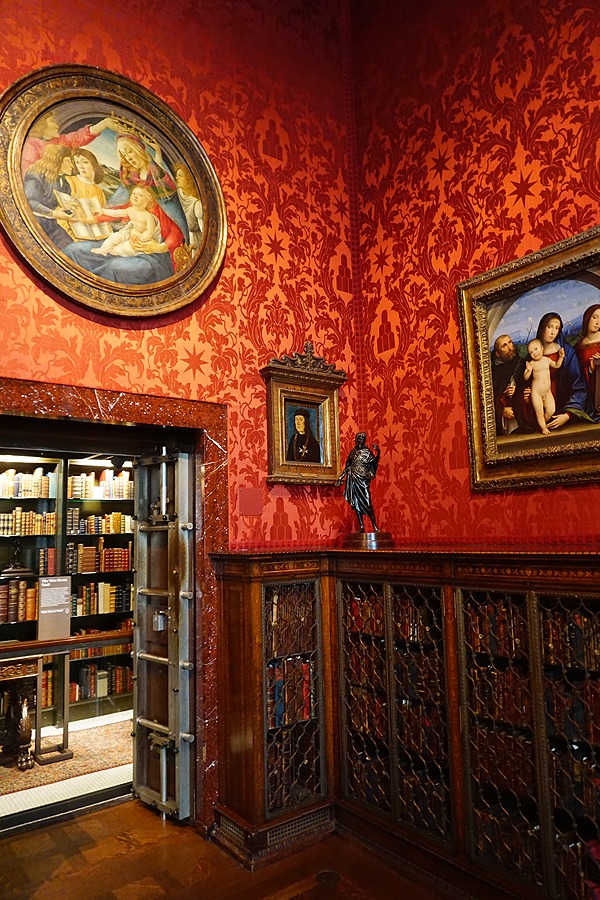
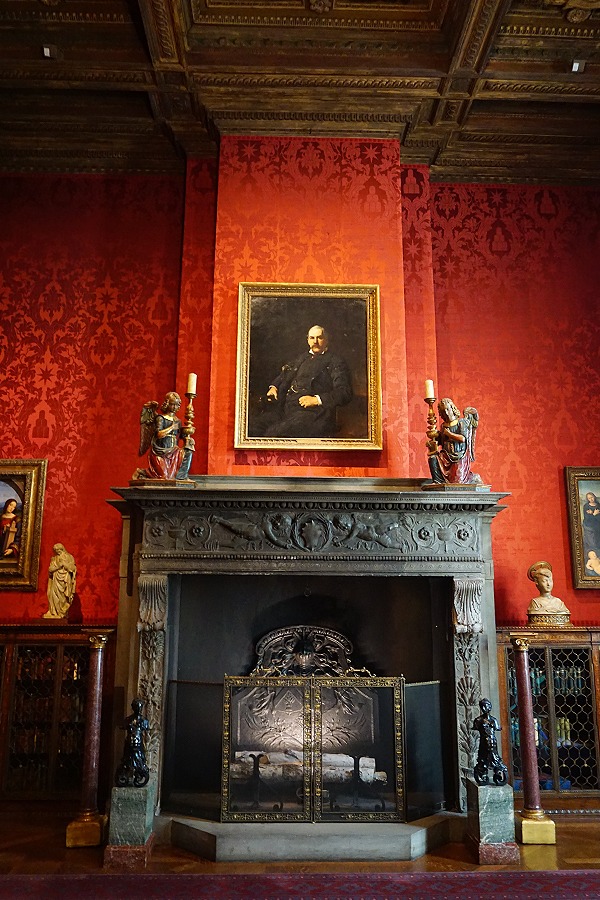
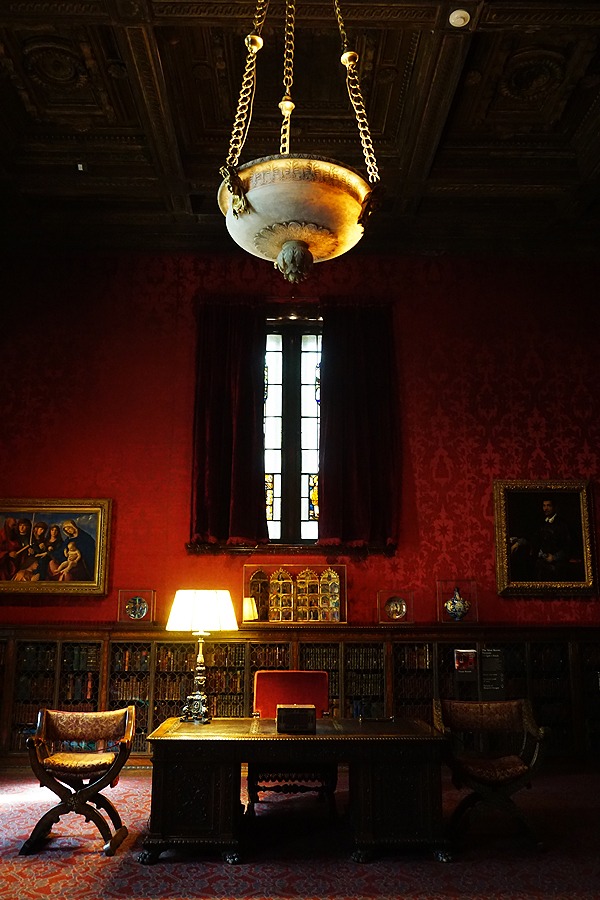
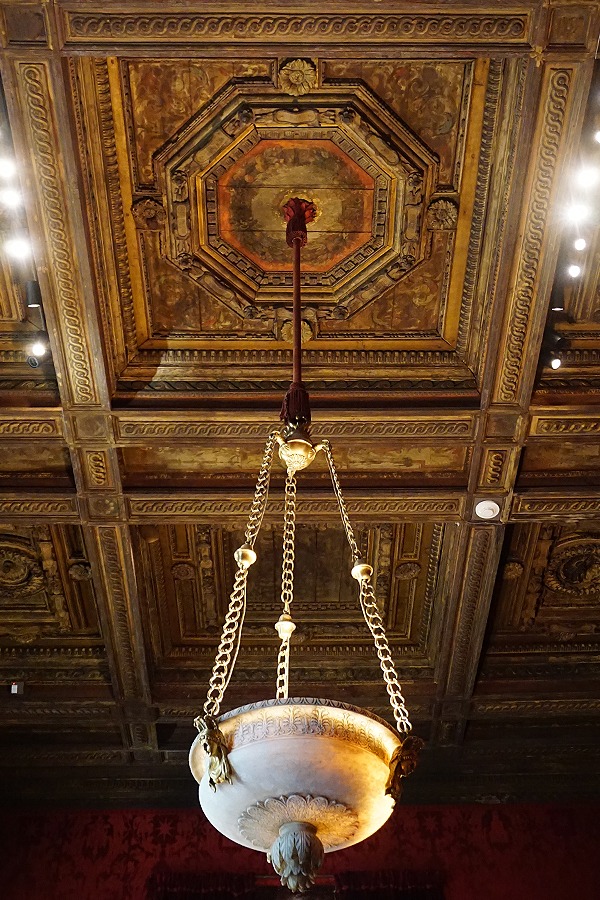
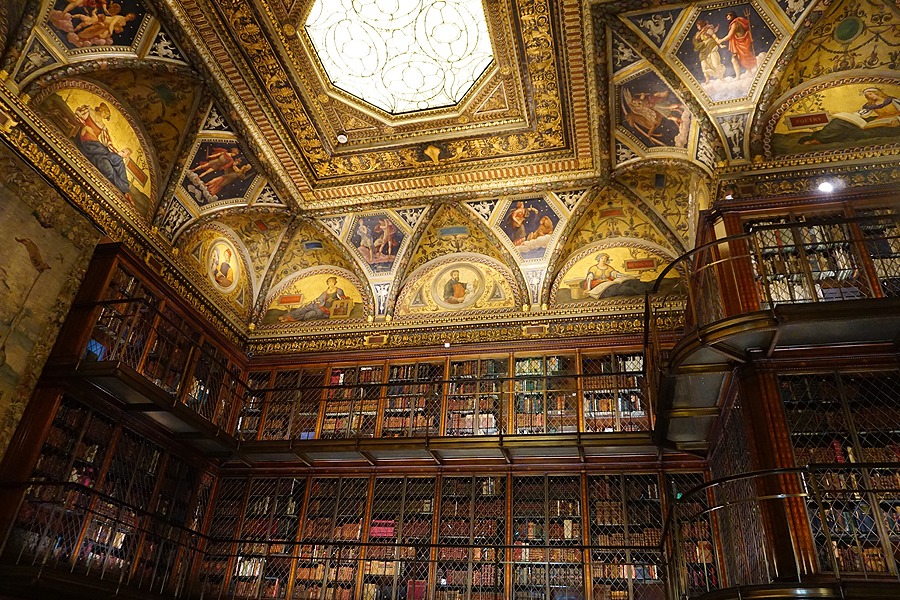
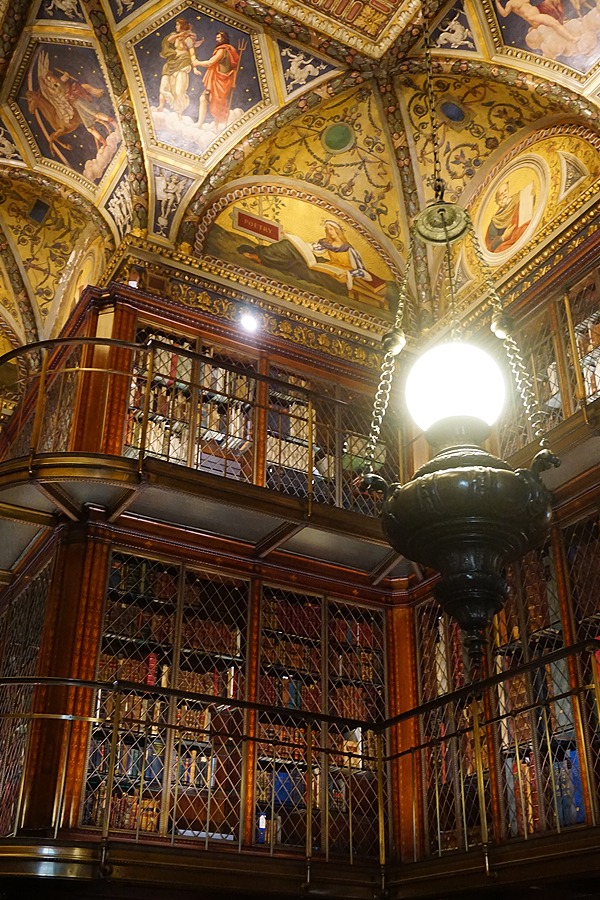
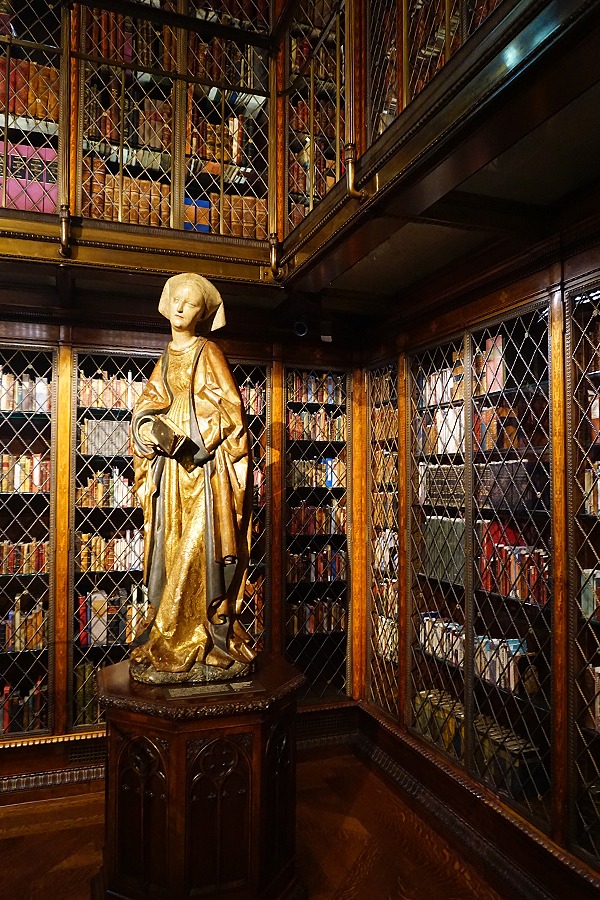
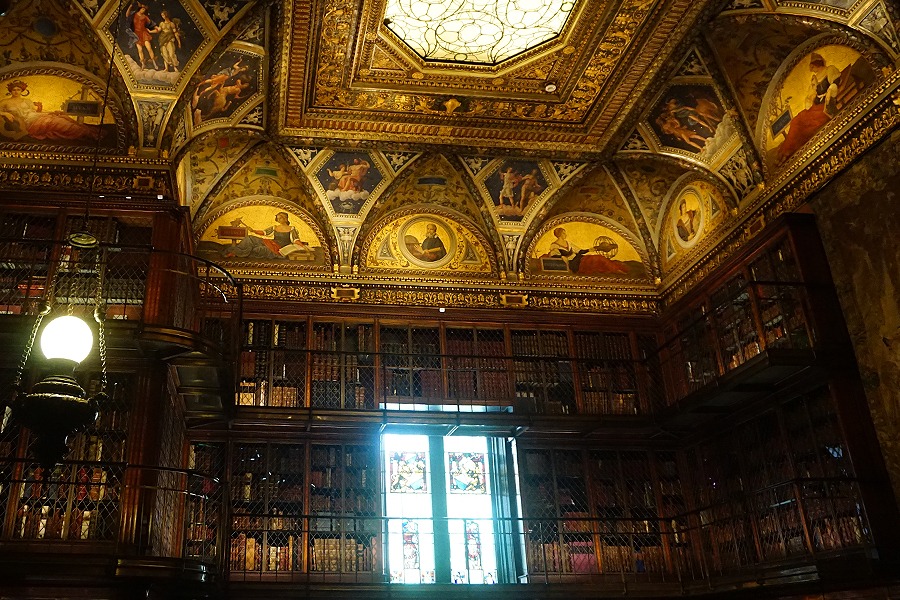
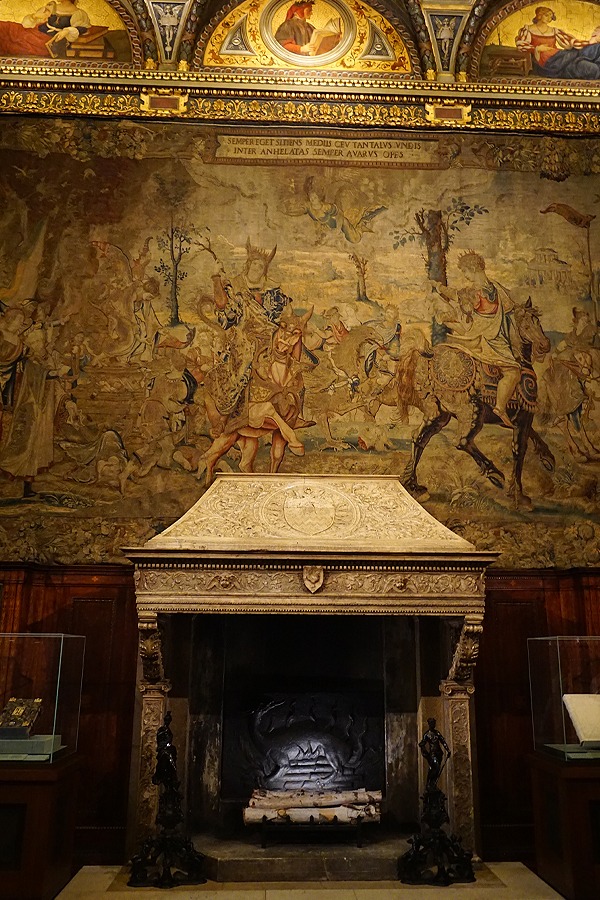
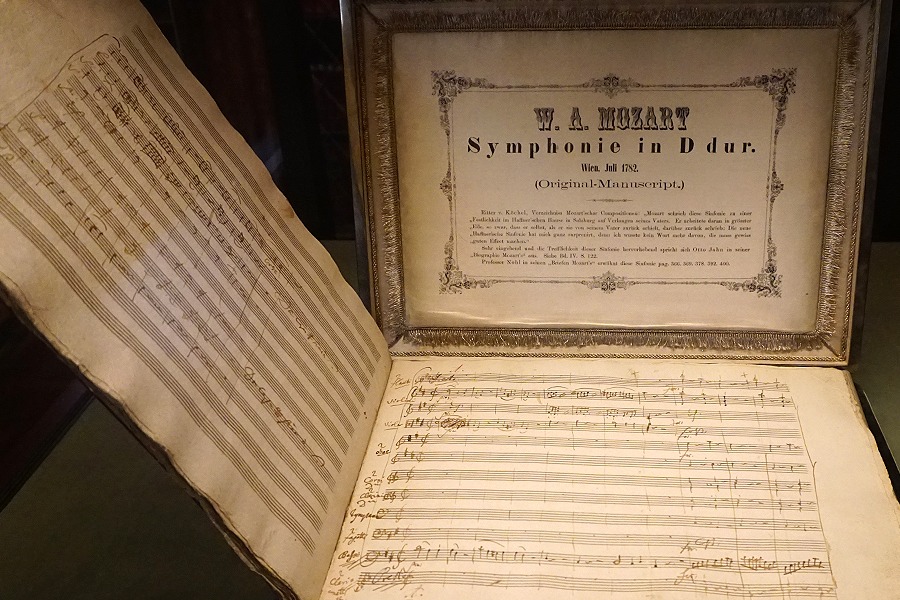
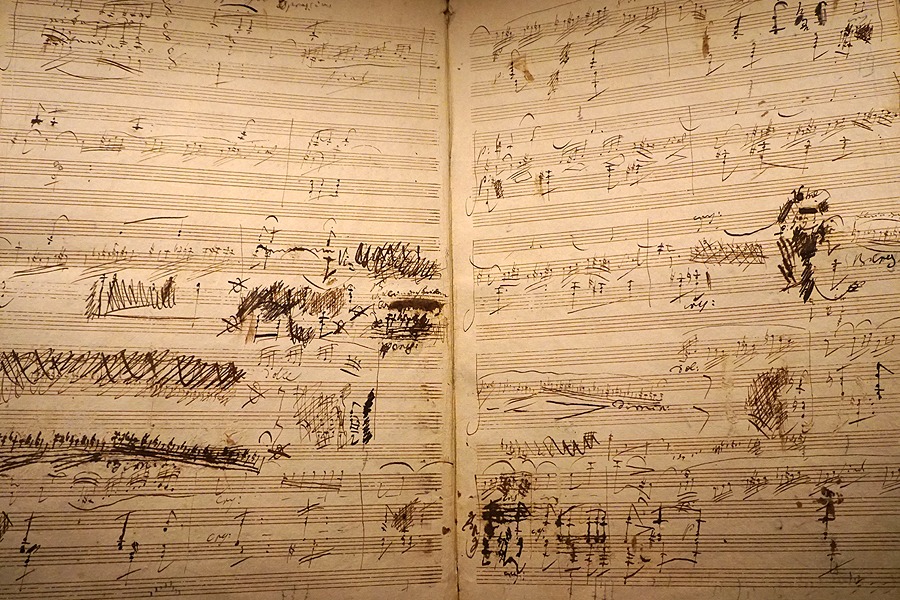
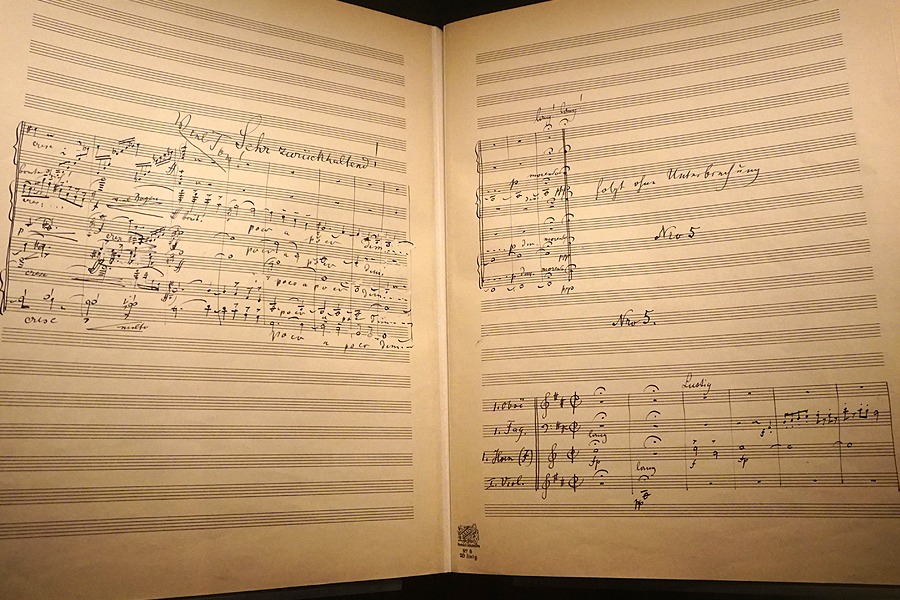
In addition to these incredible rooms, the exhibition on display in the library while I was there included a selection from The Morgan’s vast music manuscript collection, three examples of which can be seen in photos 21-23. These included J. P. Morgan’s only major music manuscript purchase, the long-lost manuscript of Beethoven’s 10th and last violin and piano sonata (Op. 96 in G Major), as seen in photo 21; King Ludwig II of Bavaria’s manuscript of Mozart’s Symphony No. 35 in D Major (K. 385), as seen in photo 22; and Mahler’s original “love letter without words” that he sent to his wife, the Adagietto for Strings and Harp from his Fifth Symphony, as seen in photo 23. Given the significance of music in the Alienist books, in addition to my own love of it, I thought it was worth including this small selection here as well.
The Merchant’s House Museum
After another leisurely breakfast at The Inn at Irving Place, the next morning was devoted to hunting for another suitcase in the shops around Union Square (a necessary by-product of too many souvenirs, especially books, obtained the preceding week) before spending my afternoon at the second last museum on my itinerary: Merchant’s House Museum on East 4th Street. Built in 1832, this house museum is still furnished with the belongings of the Seabury Tredwell family who moved there in 1835 and lived in the home for nearly 100 years before it was turned into a museum.
Although the home is preserved at an earlier period than when the Alienist books are set, I still thought it might be of interest to take a glimpse at a preserved historic house that no doubt would have had similar elements to some of the homes the Alienist characters might have grown up in during the 1850s and ’60s, and it also offers a glimpse of a New York backyard, no doubt similar in size to the one Libby Hatch’s house is described as having in The Angel of Darkness (although containing significantly more foliage!). Not only that, the house itself is a wonderful historic landmark deserving of recognition. In fact, if the photos interest you at all and you have half an hour to spare, why not take a look at the fantastic NYC Media documentary about the house that I’ve also embedded below.
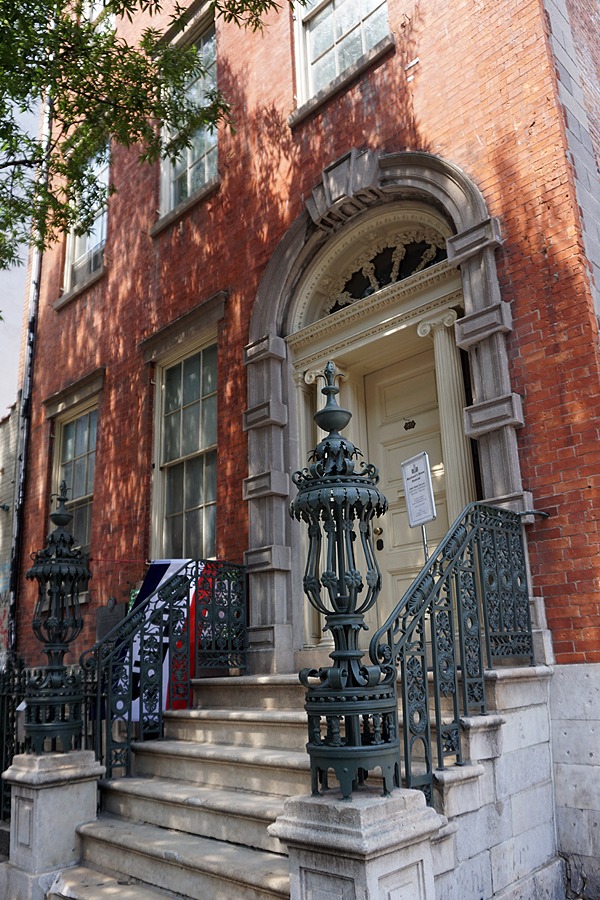
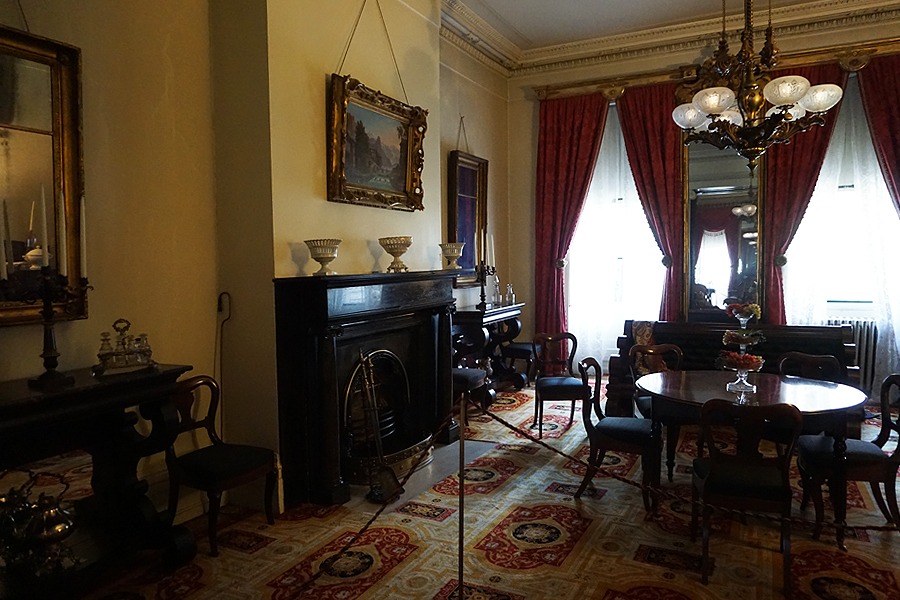
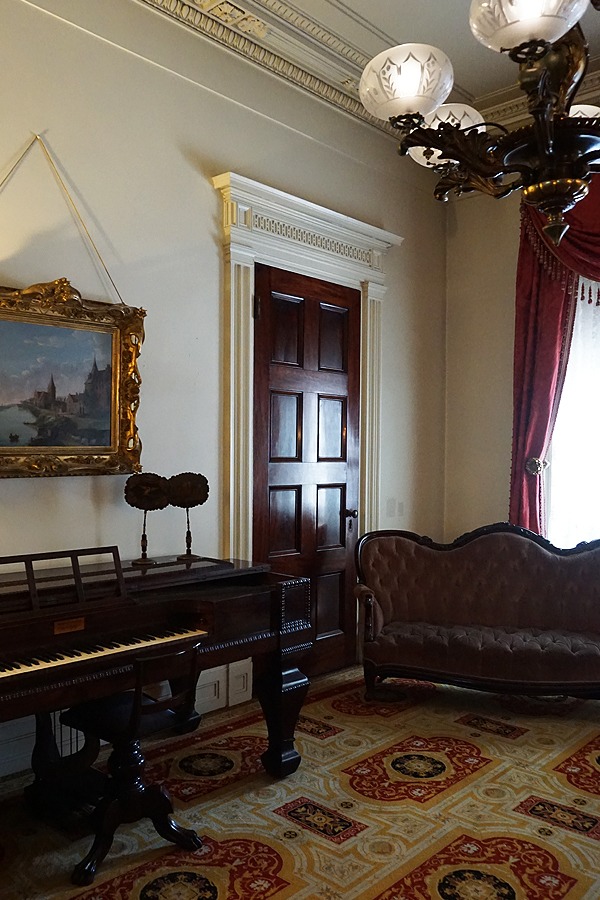
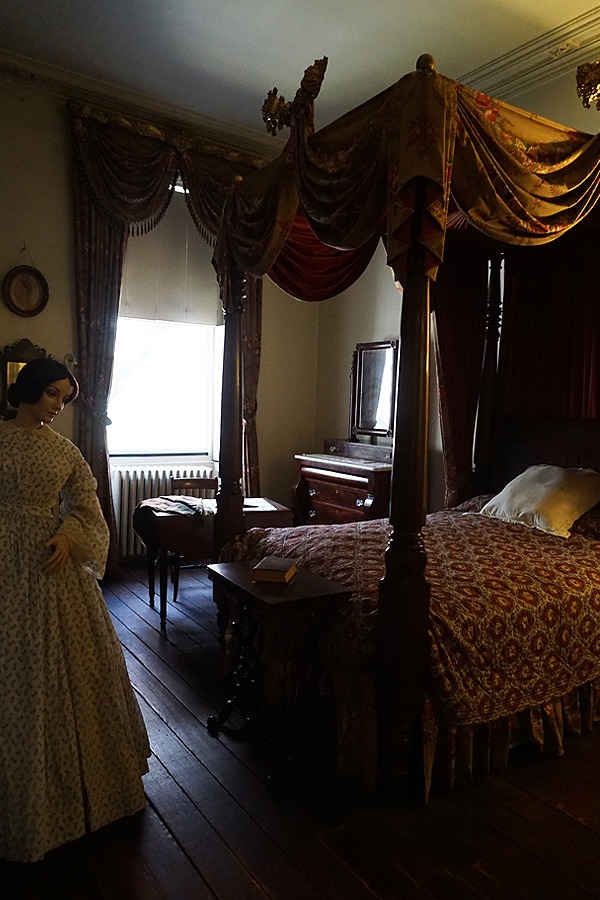
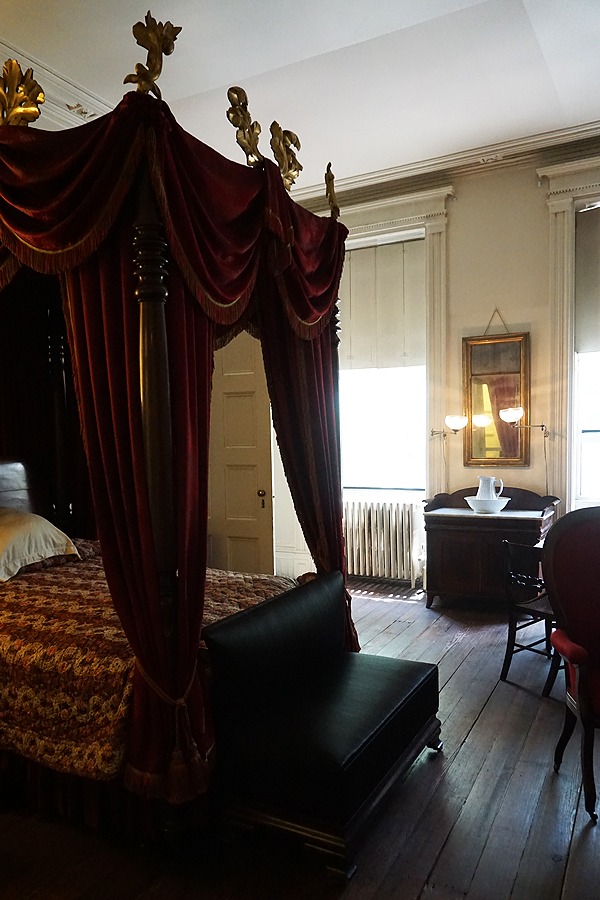
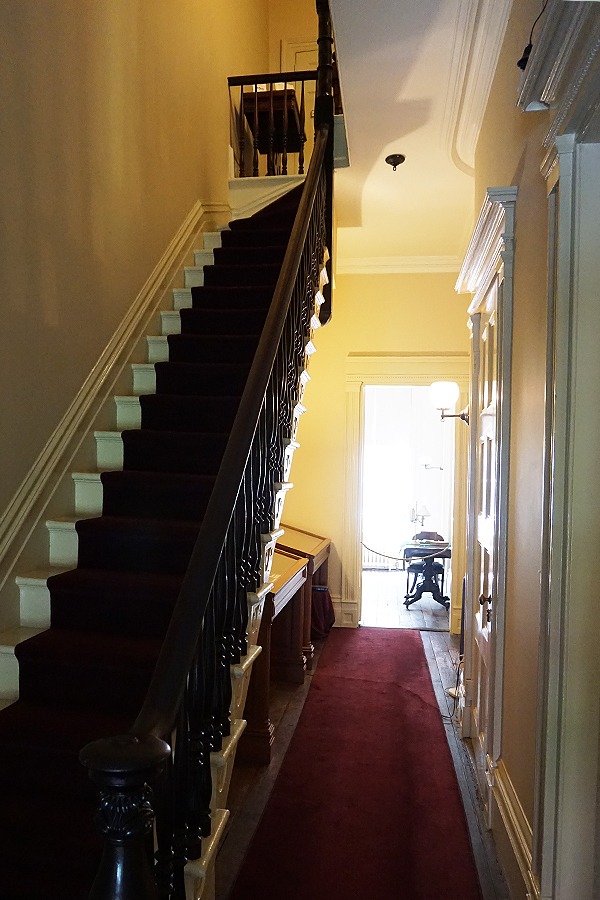
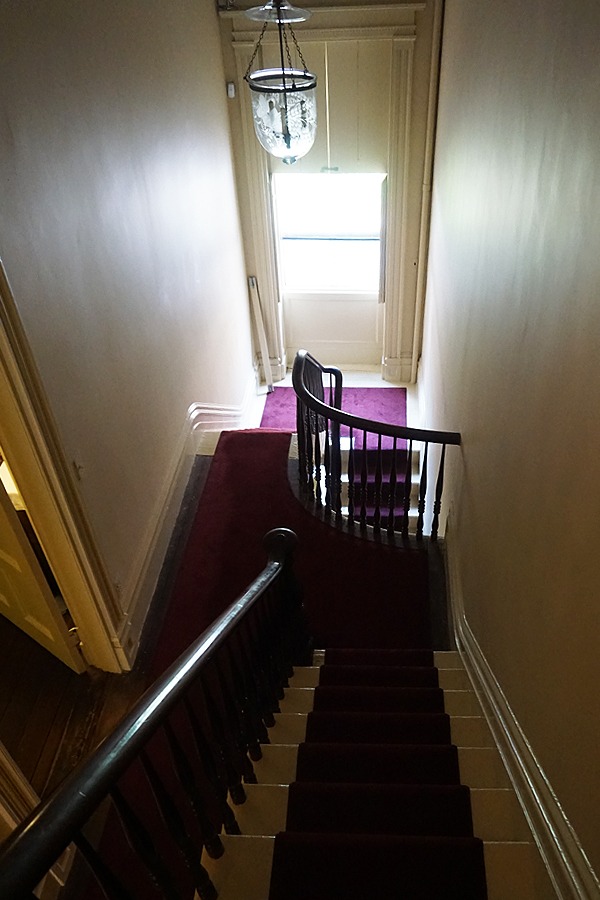
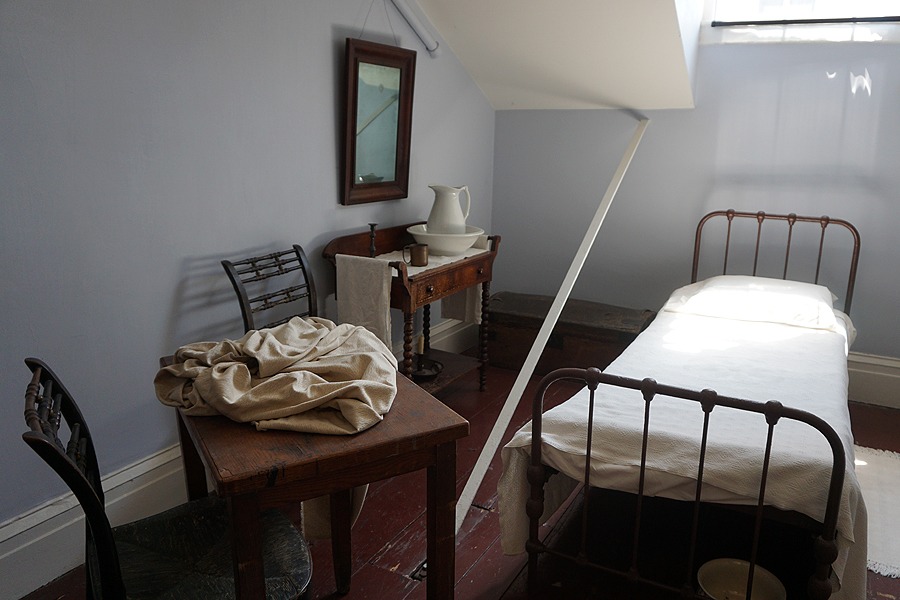
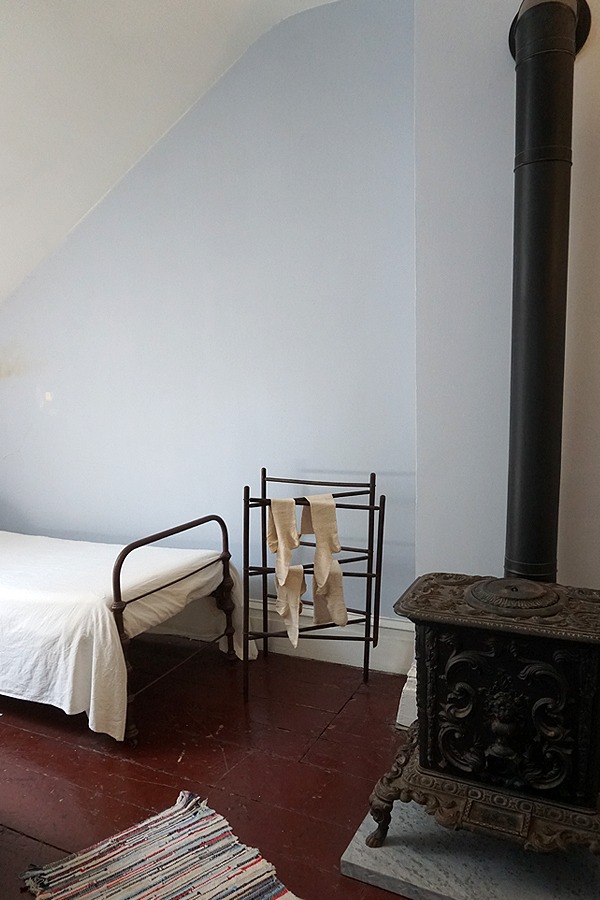
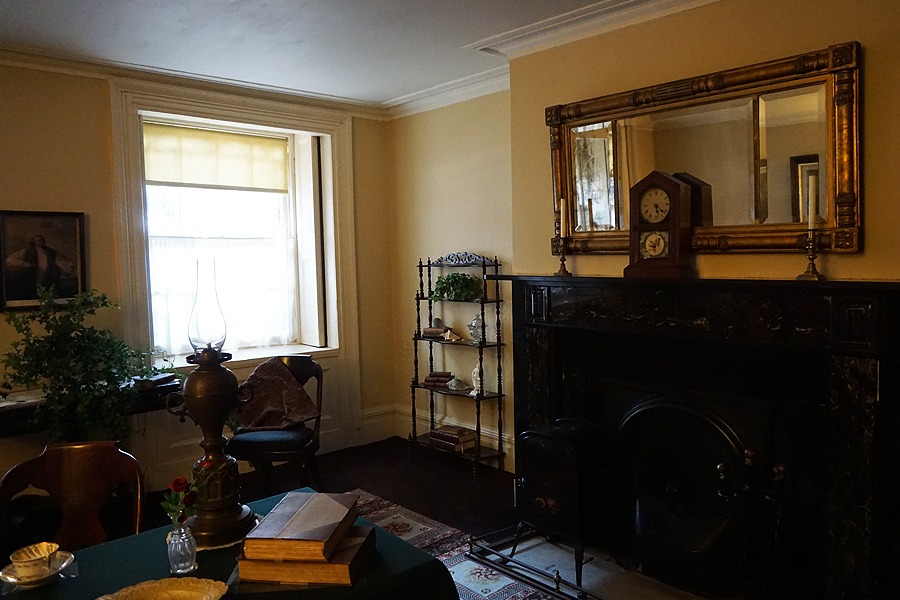
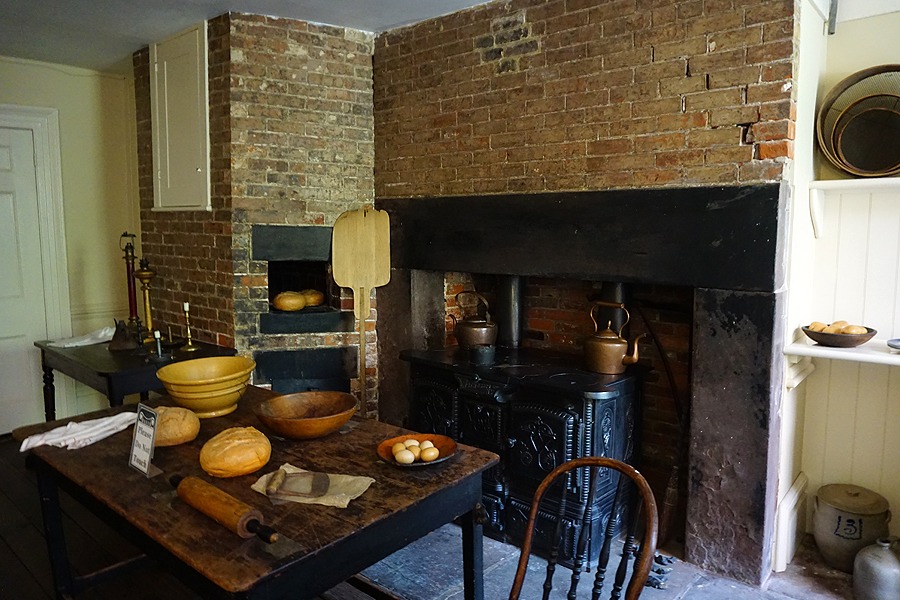
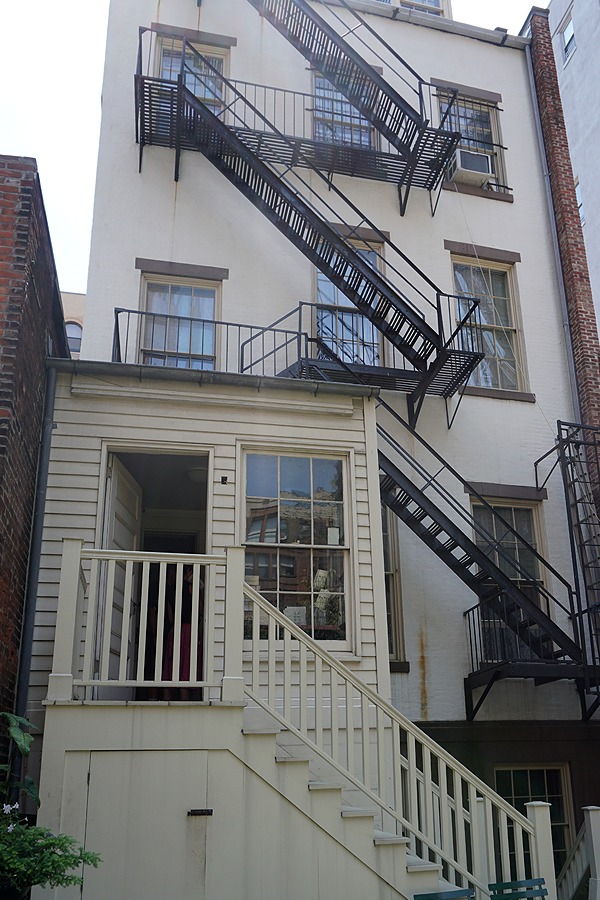
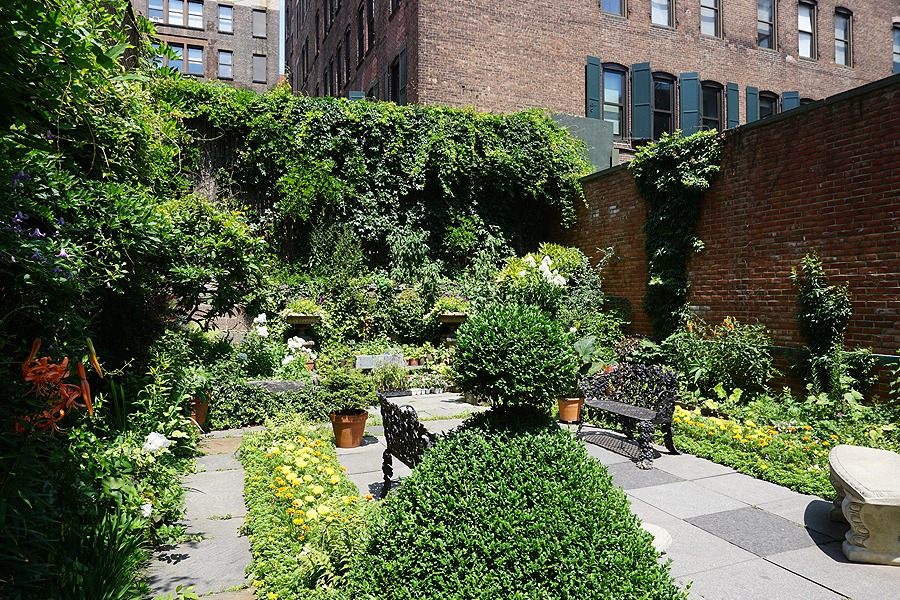
Walking Tour of Alienist Locations
Unfortunately, my second last day in New York was mostly lost to another summer storm — and I once again spent my time browsing bookstores — but my final day was the one I had been most looking forward to, and here we finally reach the part of the blog that I’m sure most of you have been waiting for. Although I had already wandered around several of the Alienist locations near The Inn, I decided to hire a tour guide to take me on a full guided tour of the remaining Alienist locations using the maps I had created for 17th Street as our base. Kevin Draper from New York Historical Tours took up the challenge and, on the hottest day New York had yet seen this summer, we embarked on our three hour walking tour that would take us from Grand Central Terminal all the way down to Battery Park.
As with The Morgan, our starting location (photos 1-4 below) was no longer the same Grand Central as the one the Alienist characters used as the starting base for their own train journeys in The Alienist. Although it still occupies the same location as the original Grand Central Depot the characters would have known, this Beaux-Arts terminal was built in 1903 to replace its earlier instantiation. Our next location, the New York Public Library (photos 5-6), was also not present in the Alienist books, however its address was: built on the original site of the Croton Reservior, the setting for the final confrontation with the killer in The Alienist, the New York Public Library is therefore an important attraction for any Alienist reader. We then walked down to Madison Square Park via The Morgan (not pictured) in order to see the location of the Delmonico’s Restaurant the characters frequent in the books (photo 7), along with the park itself (photos 8-10) which John and Mary walk across in The Alienist before having afternoon tea in Madison Square Garden, the original location of which is pictured in photo 11. Our final location near Madison Square Park was the “grand” Flatiron Building (photo 12) where Stevie’s tobacco shop was located in the opening of The Angel of Darkness.
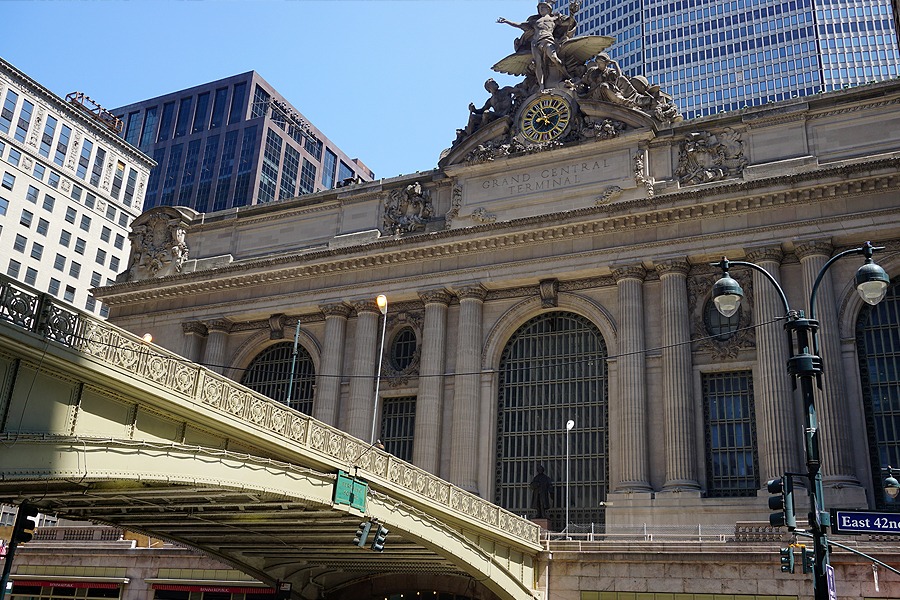
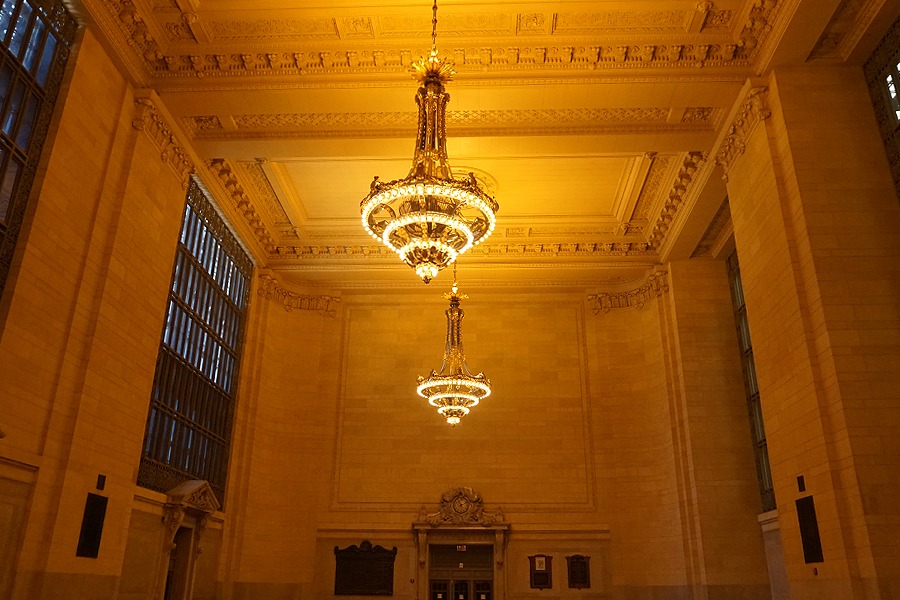
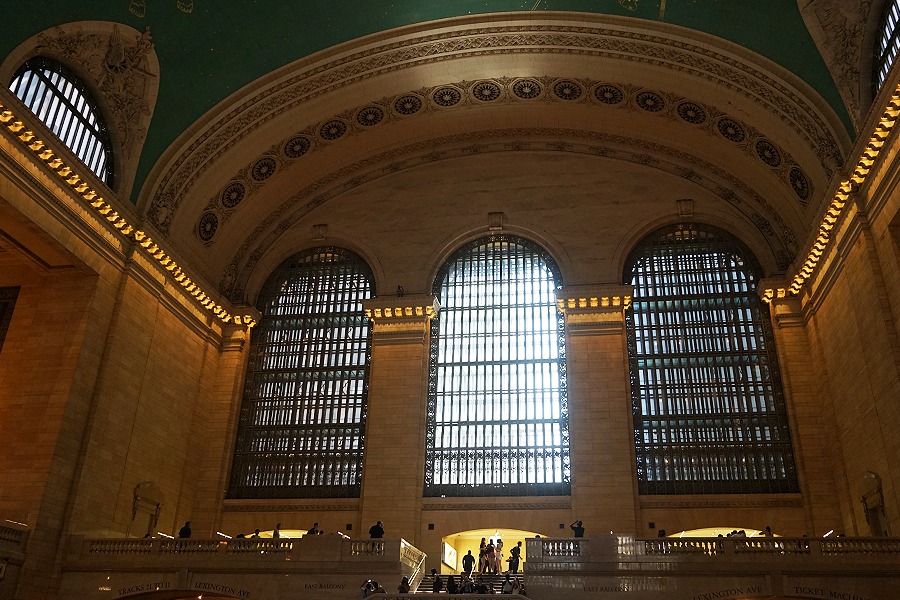
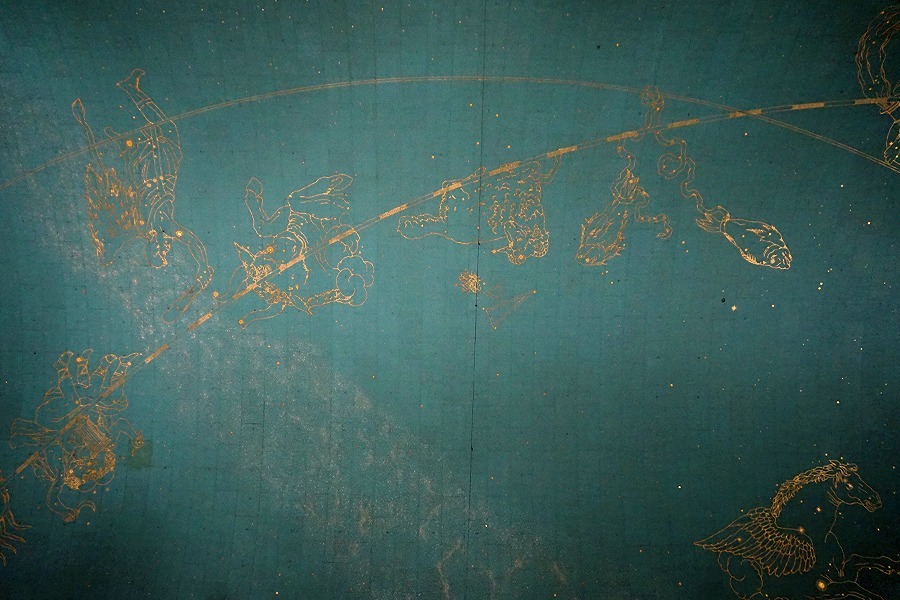
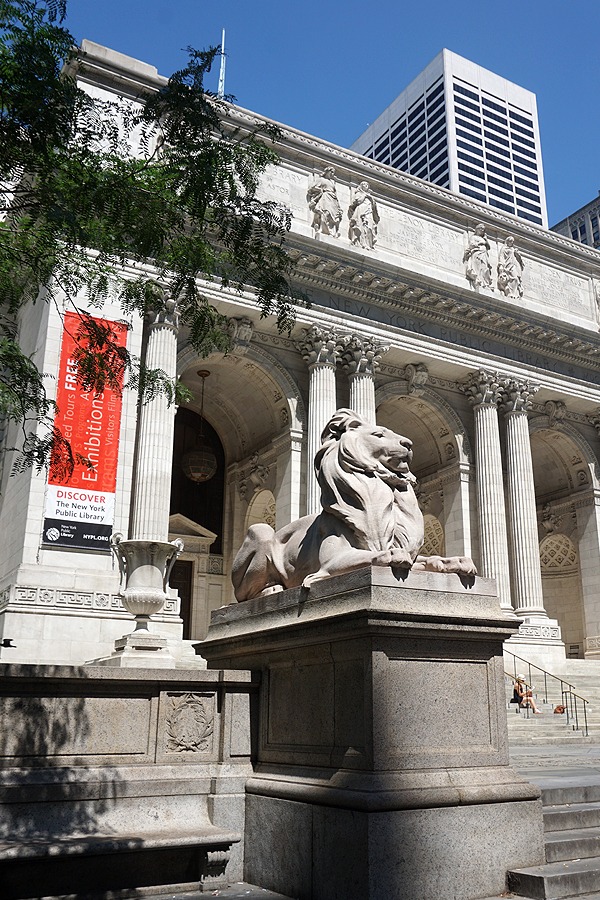
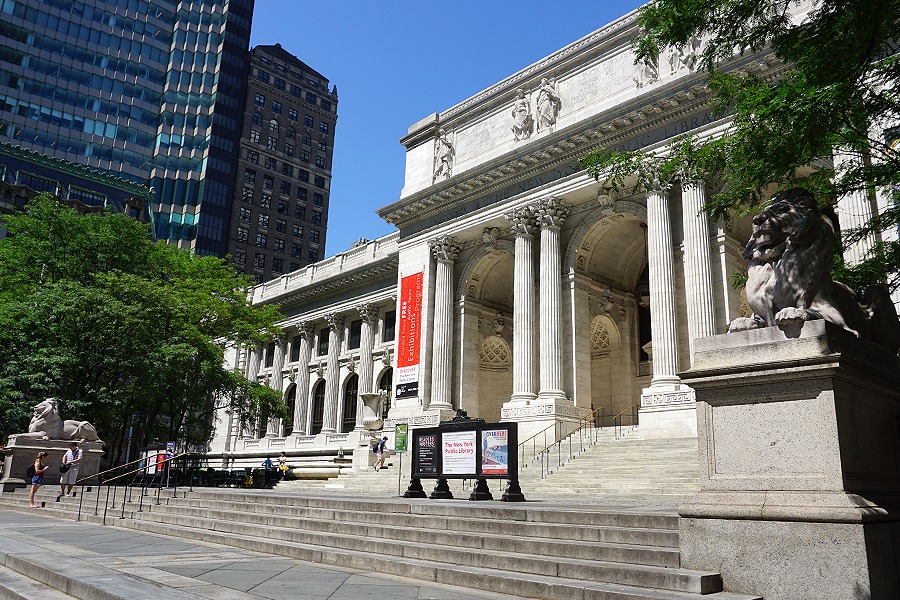
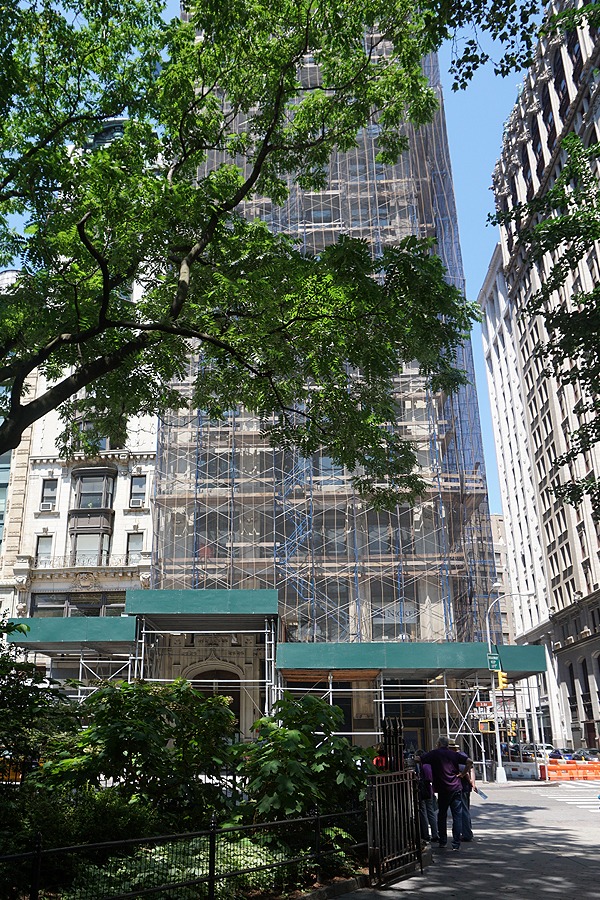
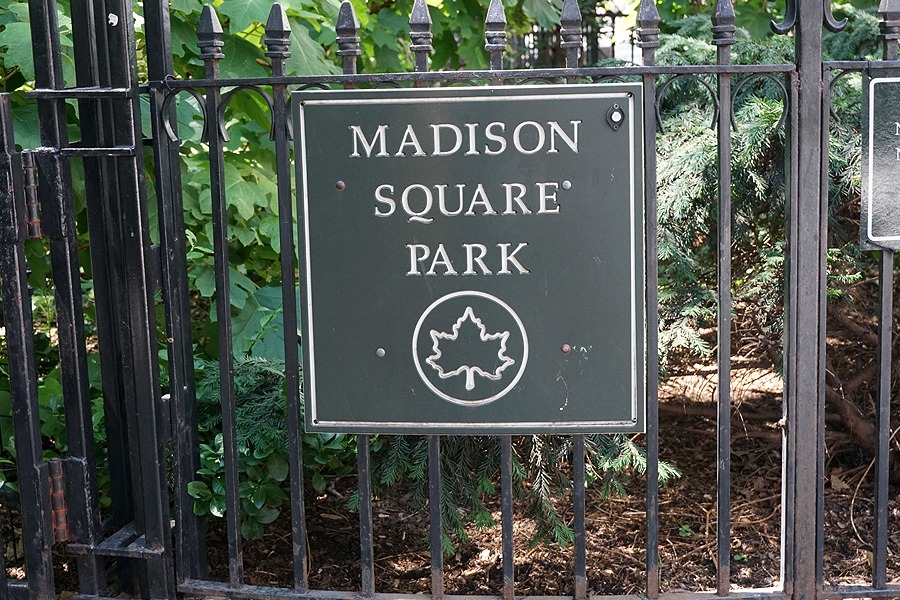
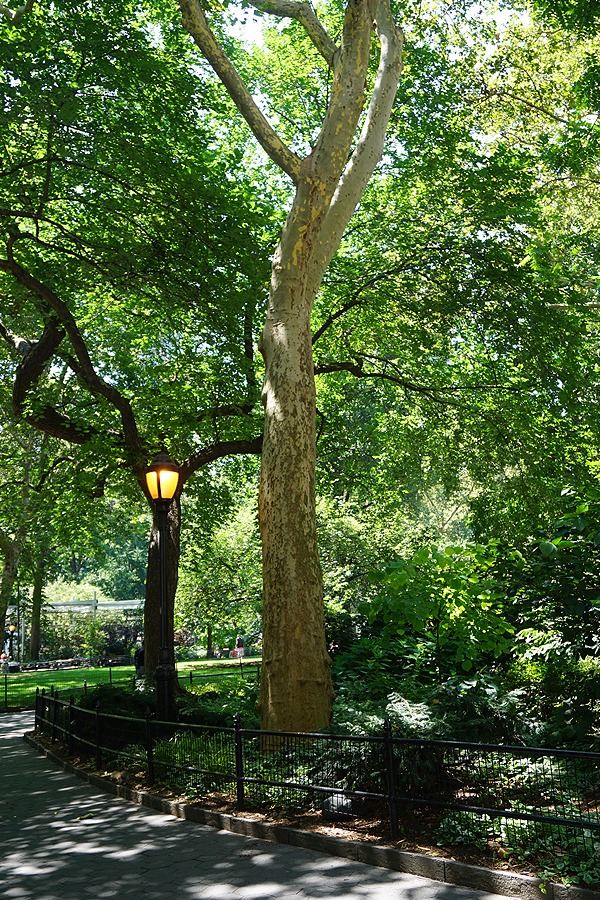
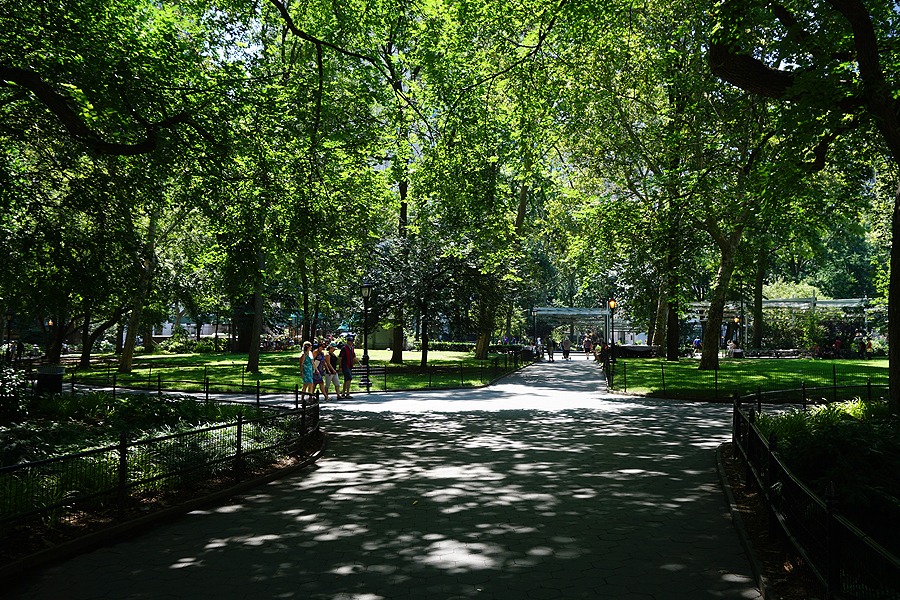
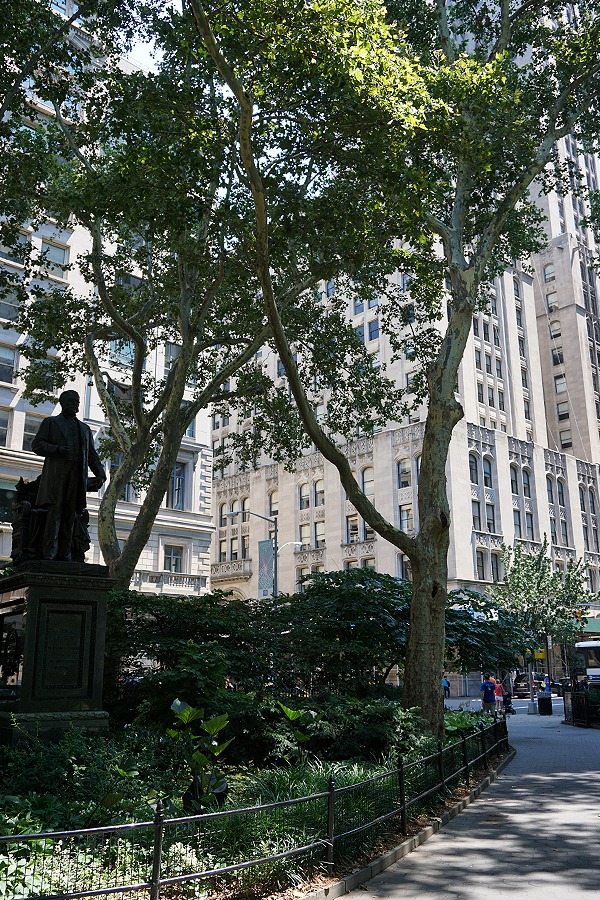
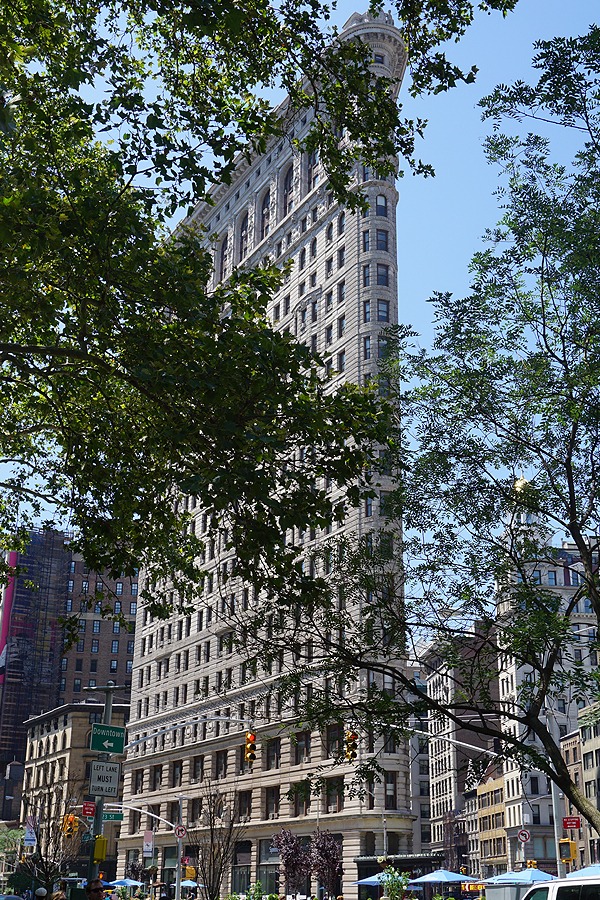
The next phase of the tour took me back to the Gramercy Park and East 17th Street/Irving Place Historic District. We walked past the Theodore Roosevelt Birthplace (photos 1-3) which, while not a setting in the books, was still a location of interest for me. Unfortunately, it was closed for renovations while I was in the city, but I suppose that just provides one more reason for me to return one day. We then walked past Gramercy Park (photos 4-8) before reaching John’s bachelor apartment building, 34 Gramercy Park (photos 9-10). From here, we walked back to Irving Place where we passed Pete’s Tavern (photos 11-14), a “cozy old watering hole” John is said to frequent with his journalistic and literary friends in The Angel of Darkness.
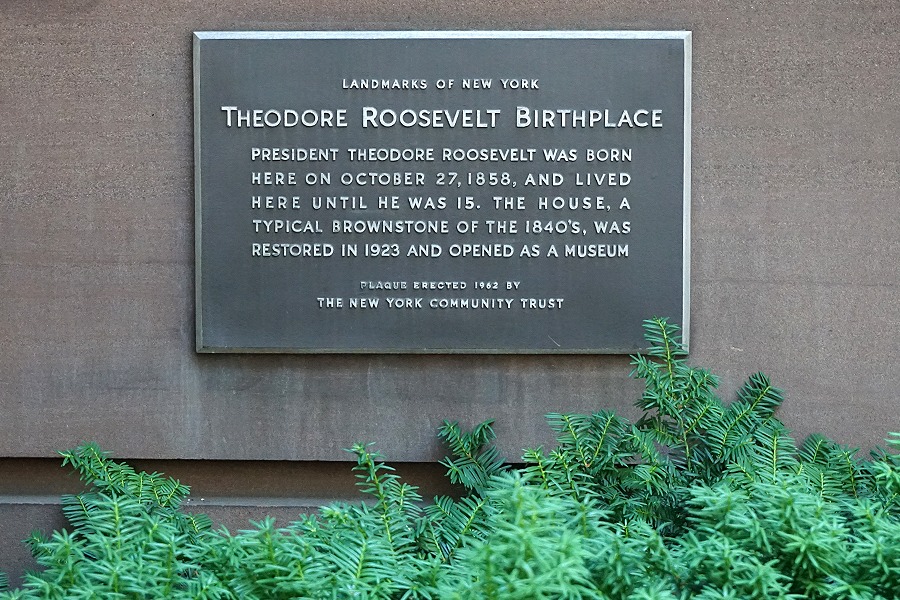
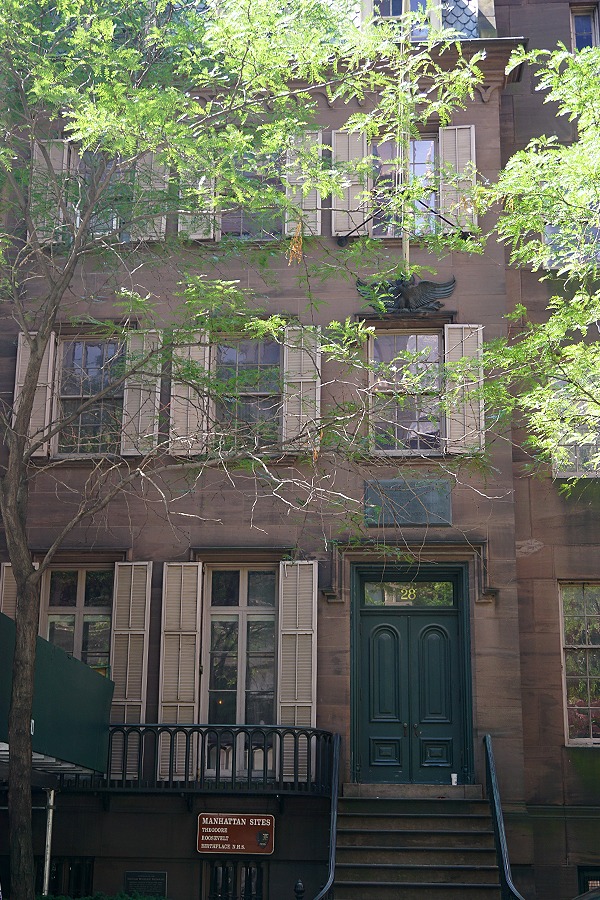
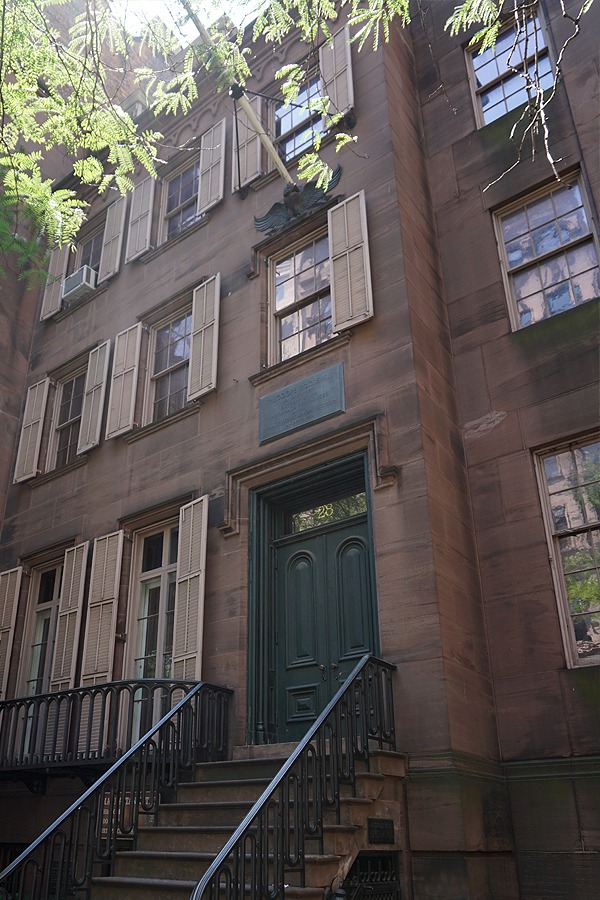
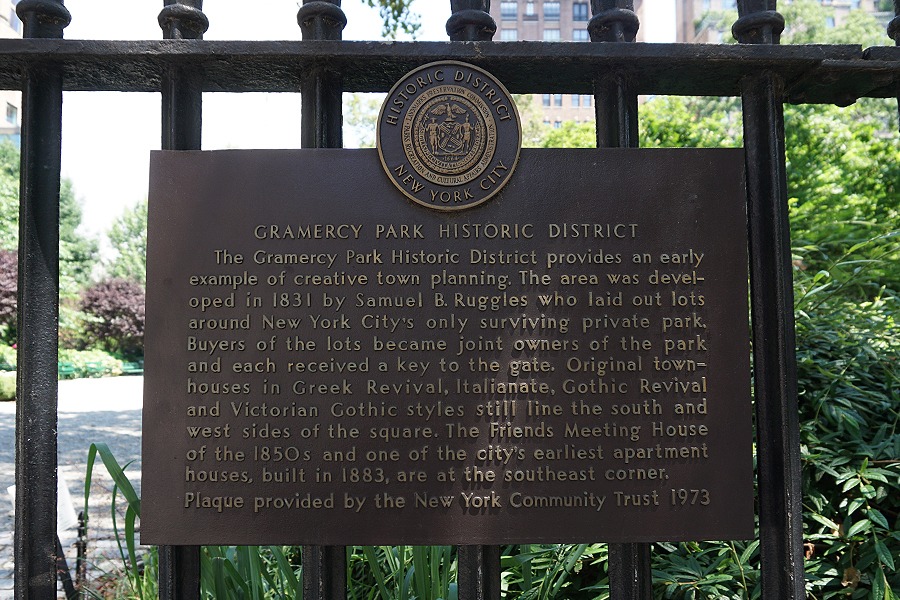
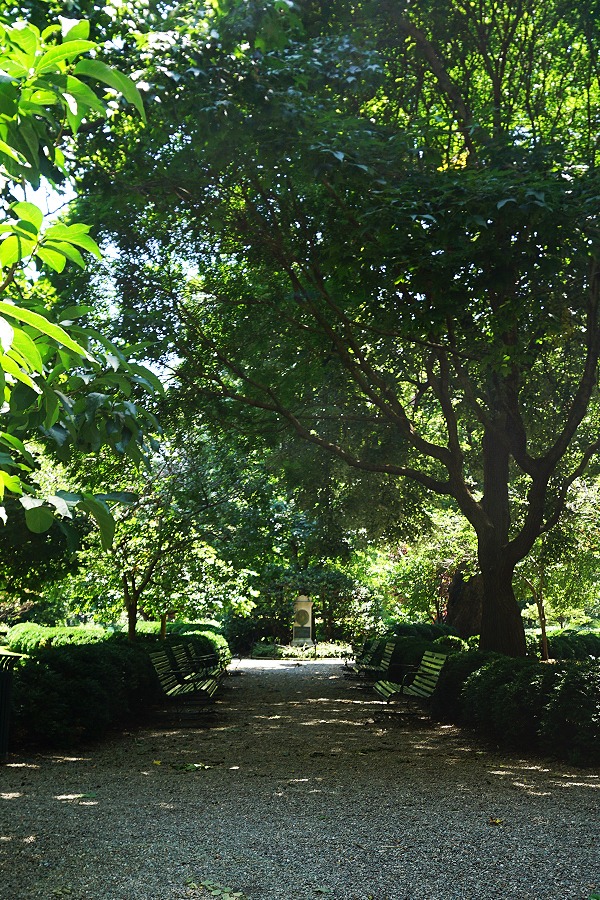
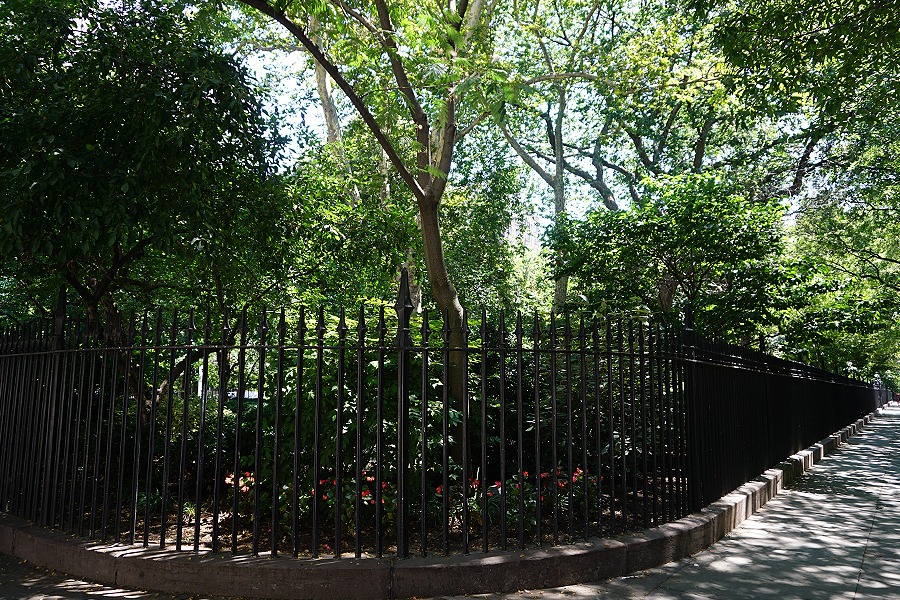
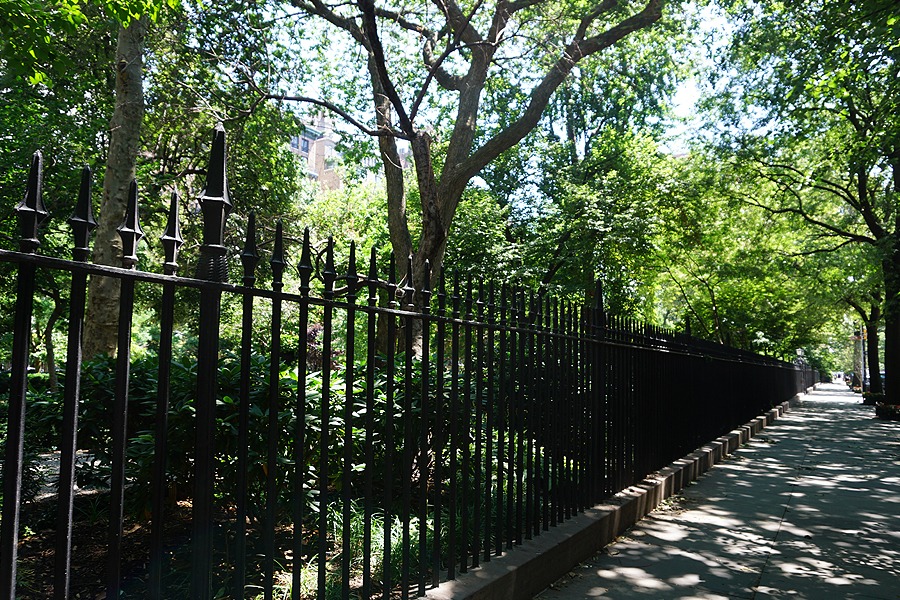
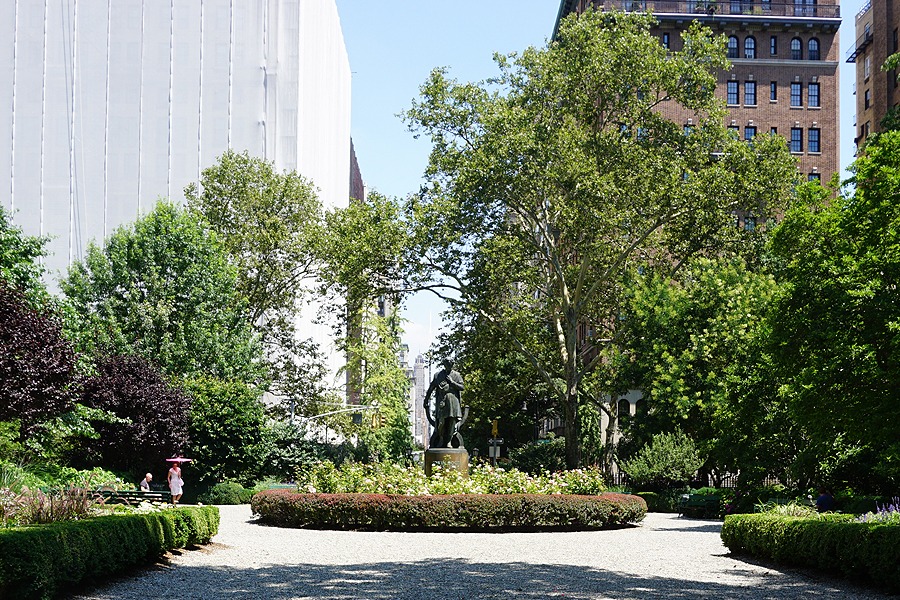
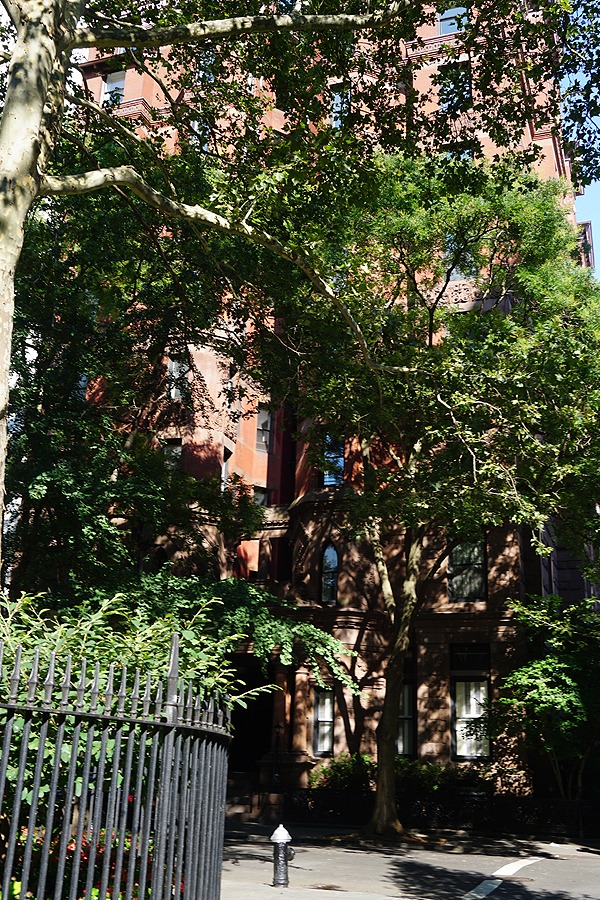
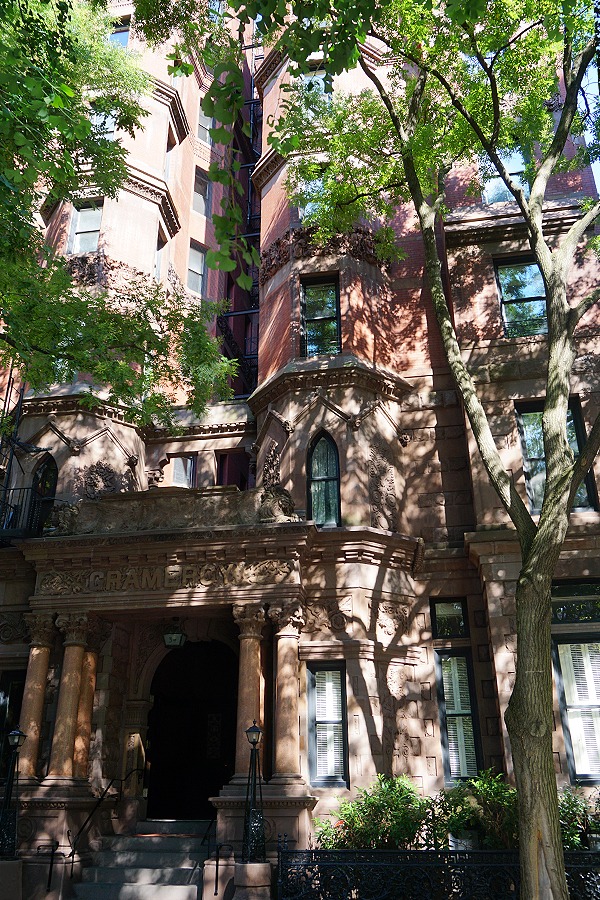
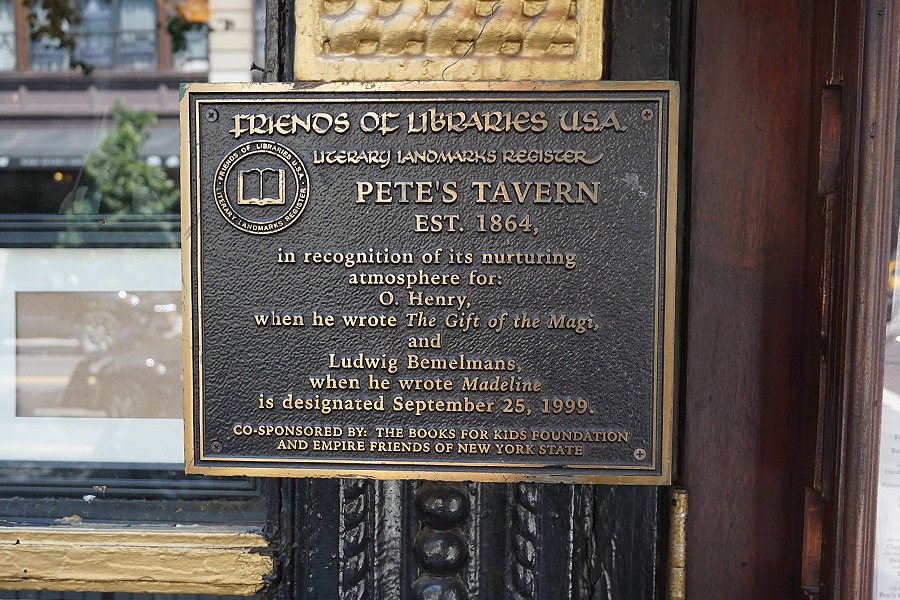
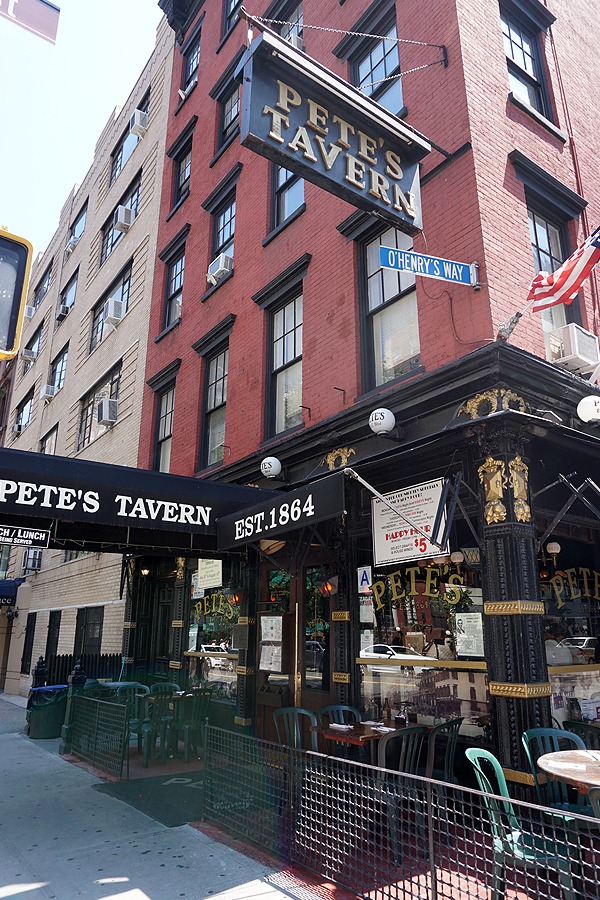
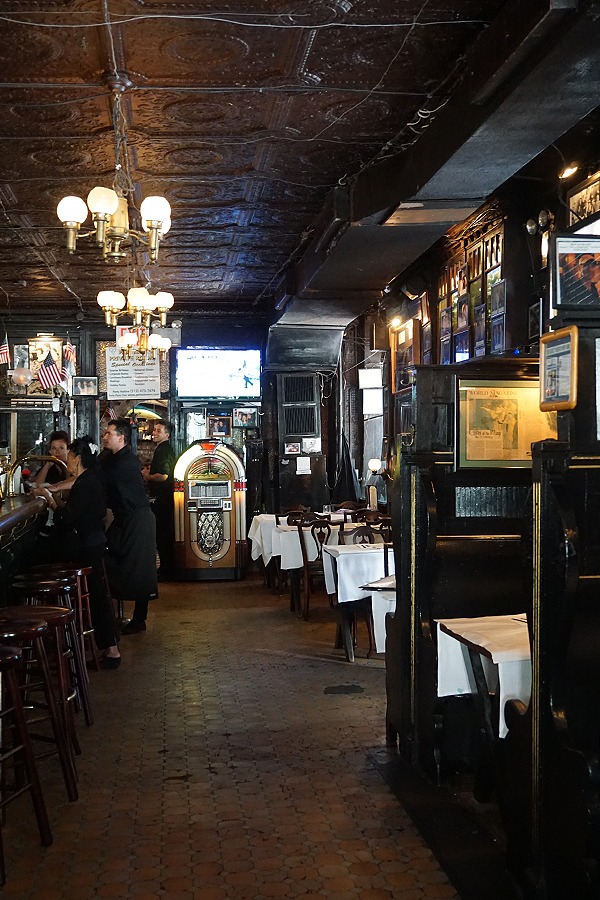
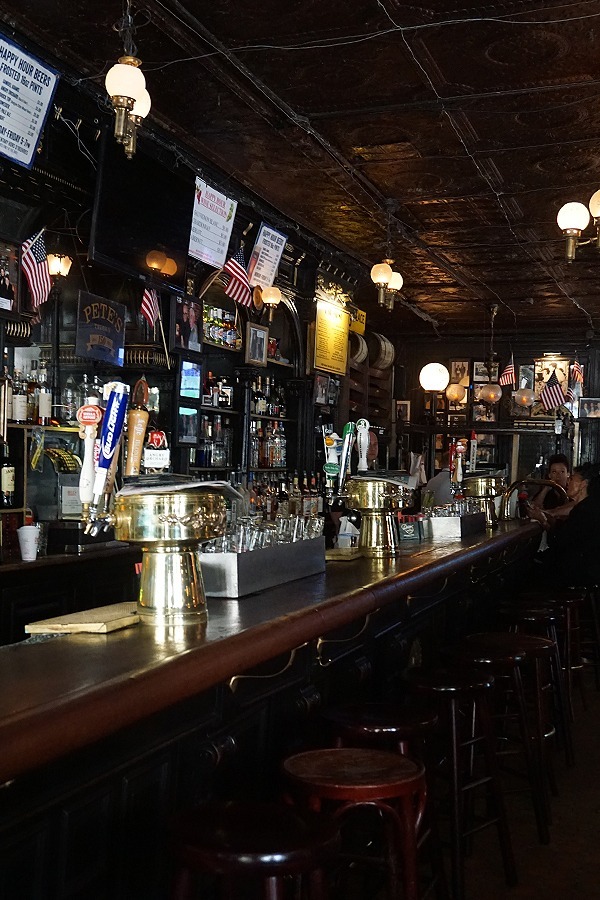
Upon reaching 17th Street, we turned east to pay homage to the namesake of this website and visit Dr. Kreizler’s residence. 283 East 17th Street, Dr. Kreizler’s house, is unfortunately fictitious (as discussed in the “Did Dr. Kreizler Really Live at 283 East 17th Street?” 4-part history blog), but pictured in photos 2-3 is the approximate position of where such an address would have been located, if it had really existed. As an aside, I have often wondered if the house pictured in photo 3 might have been the inspiration for the Doctor’s home; it certainly bears a striking resemblance with its four stories, lack of stoop, french doors opening onto a small balcony, and view of the park.
Located on the corner of East 17th Street and 2nd Avenue, we also found the site of the New York Lying-In Hospital, another key location in The Angel of Darkness; however, as with Grand Central and The Morgan, at the time the book was set in 1897, the hospital still occupied the former Hamilton Fish Mansion that was demolished in 1898 to make way for the eight-storied hospital building that currently sits on the corner. Also pictured are different views of Stuyvesant Square (photos 5-12), along with Friends Seminary where Caleb Carr — and Theodore Roosevelt, for a short period of time — attended school (photos 13-14), and St. George’s Church where J. P. Morgan was a senior warden at the time of The Alienist (photo 15).
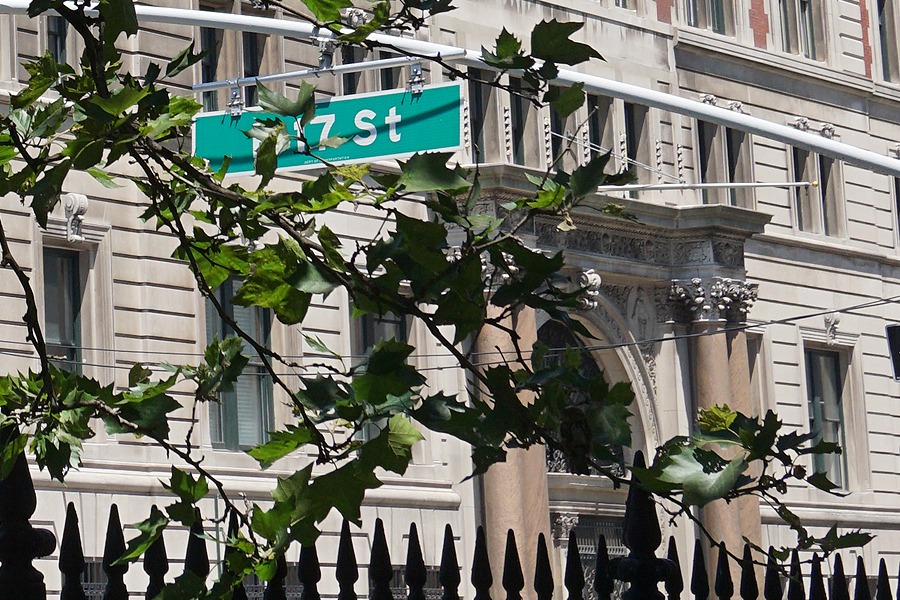
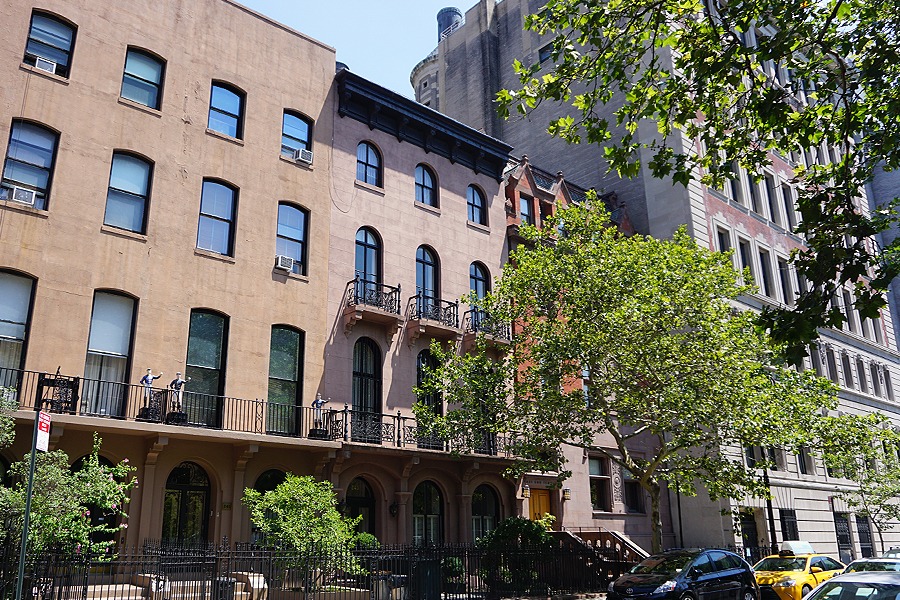
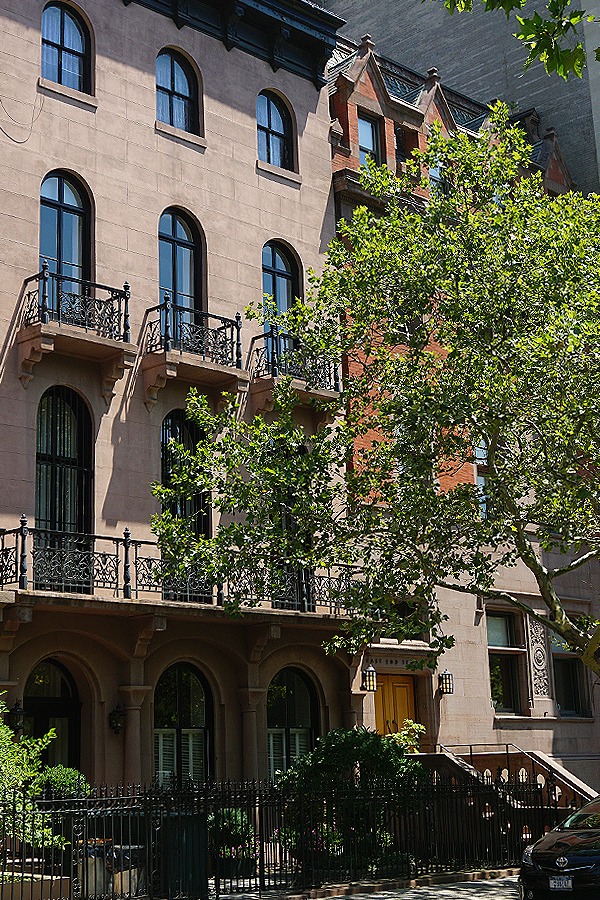
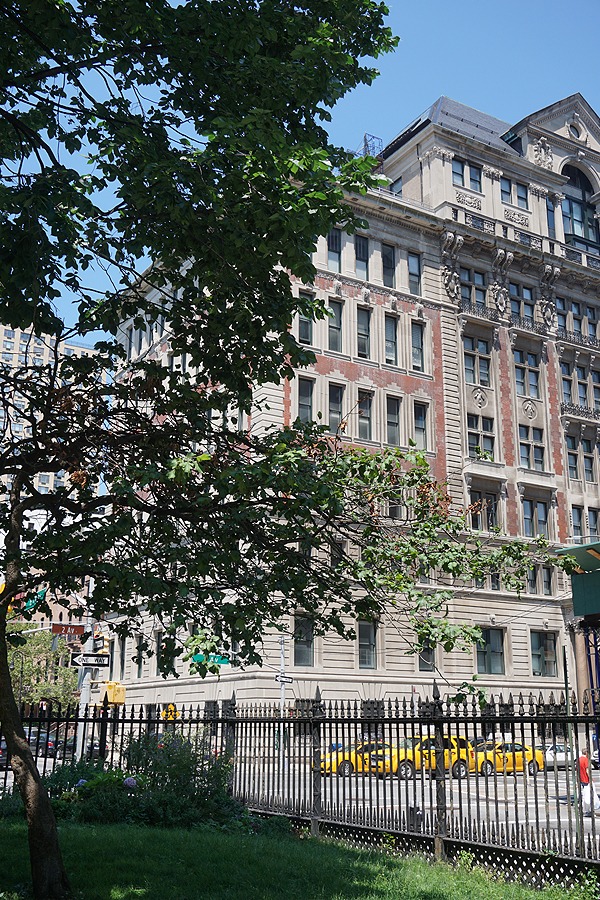
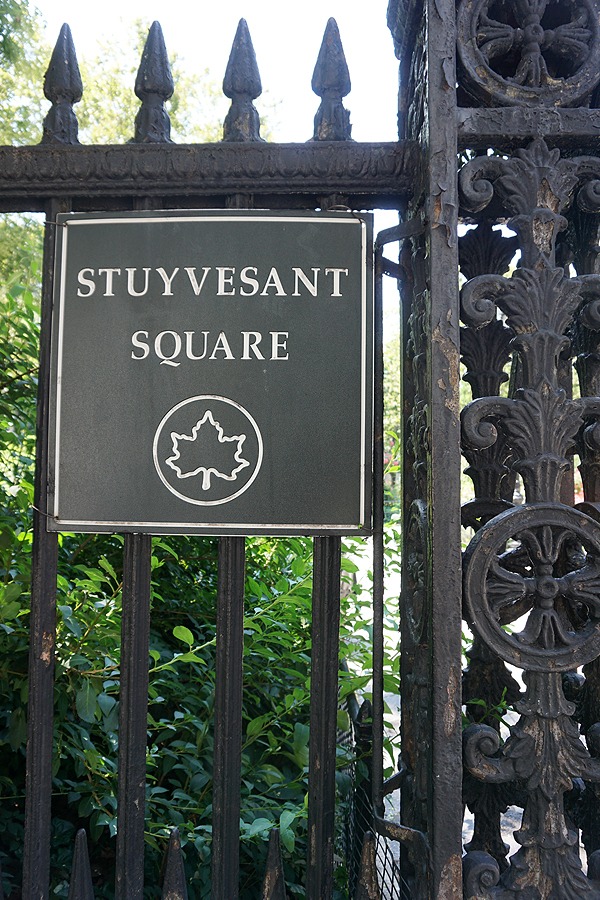
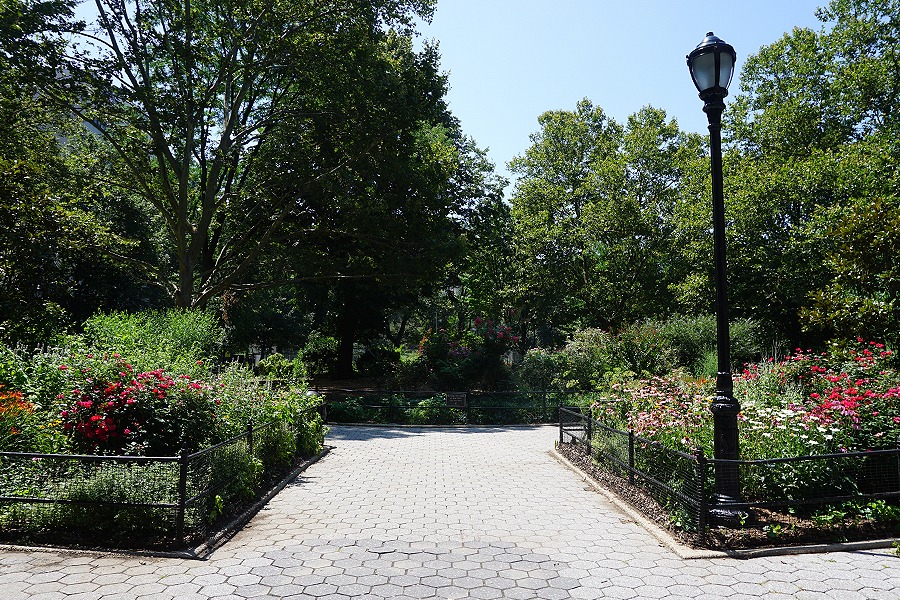
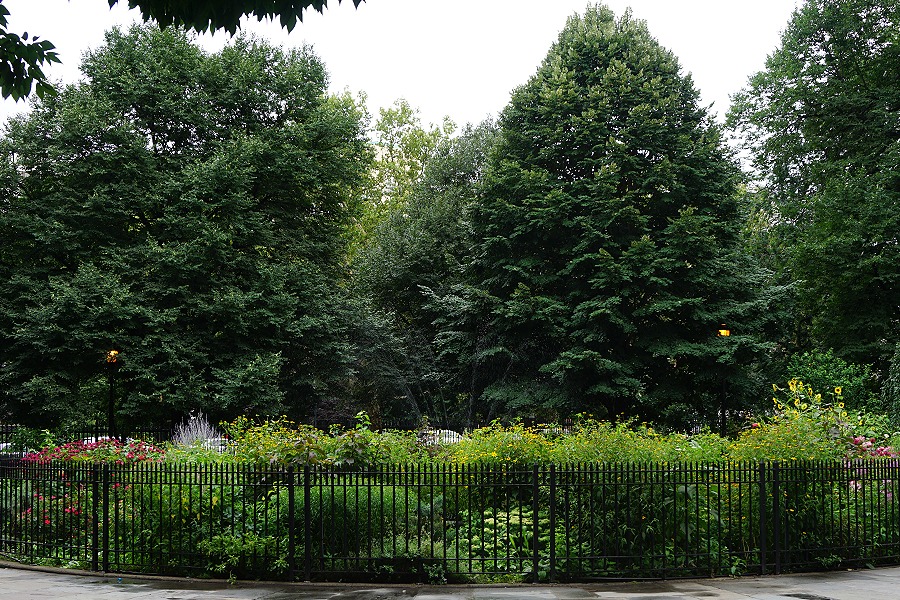
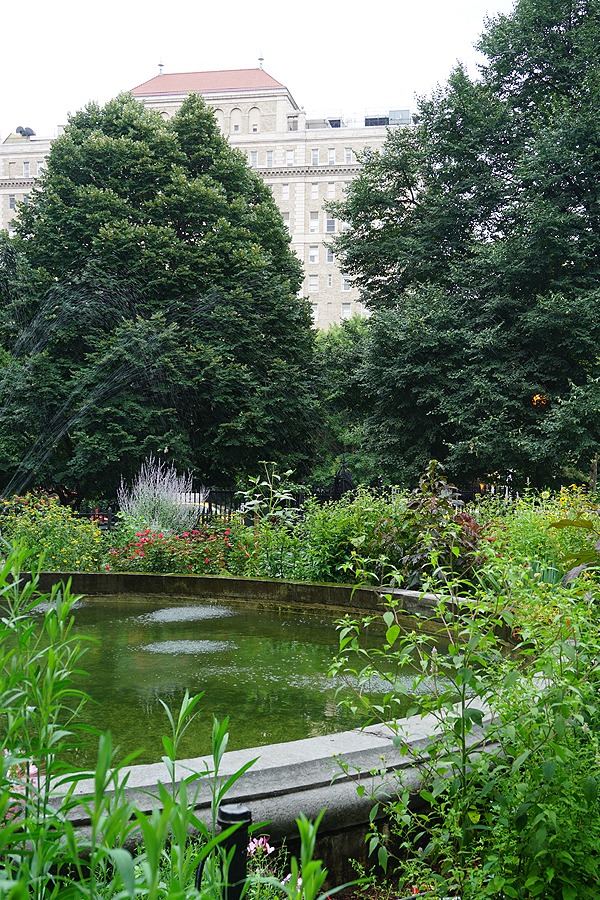
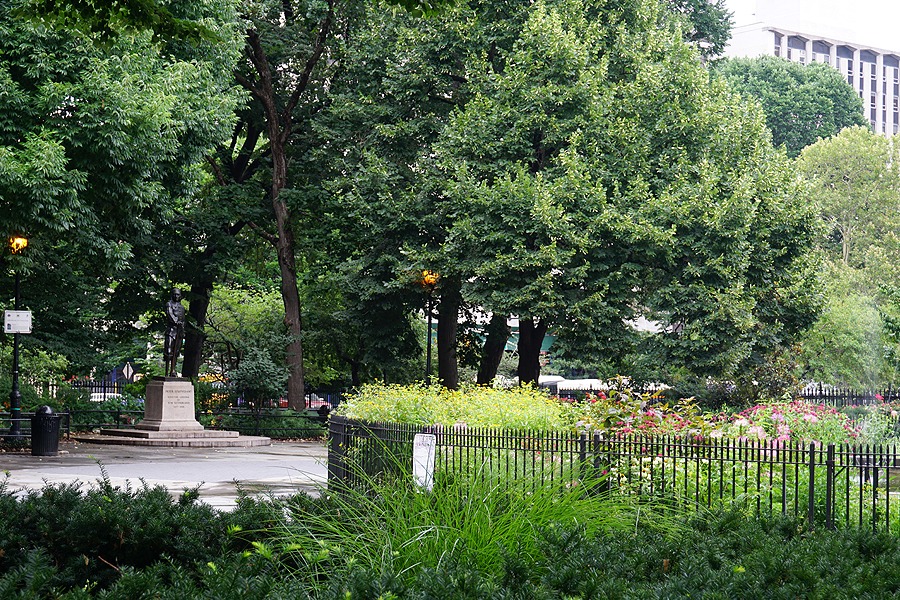
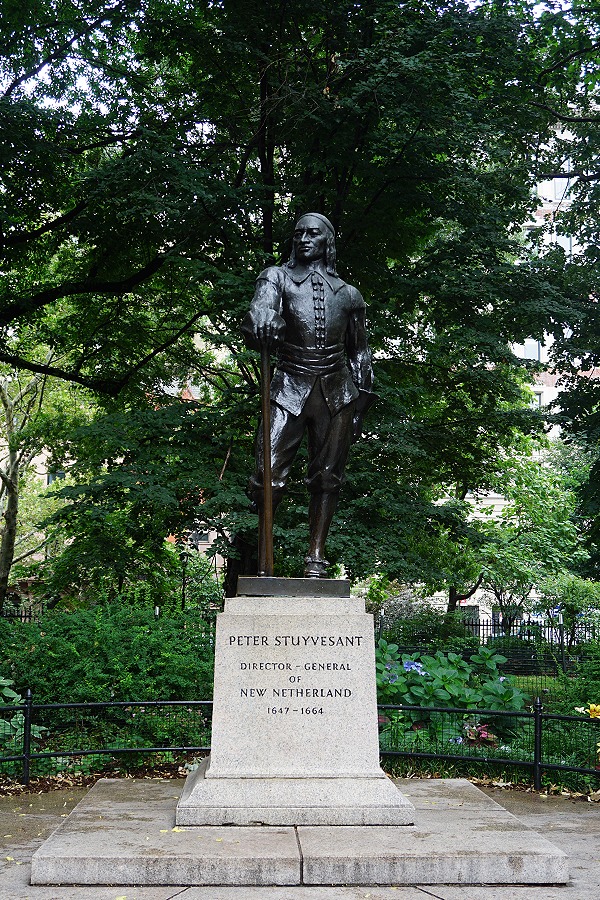
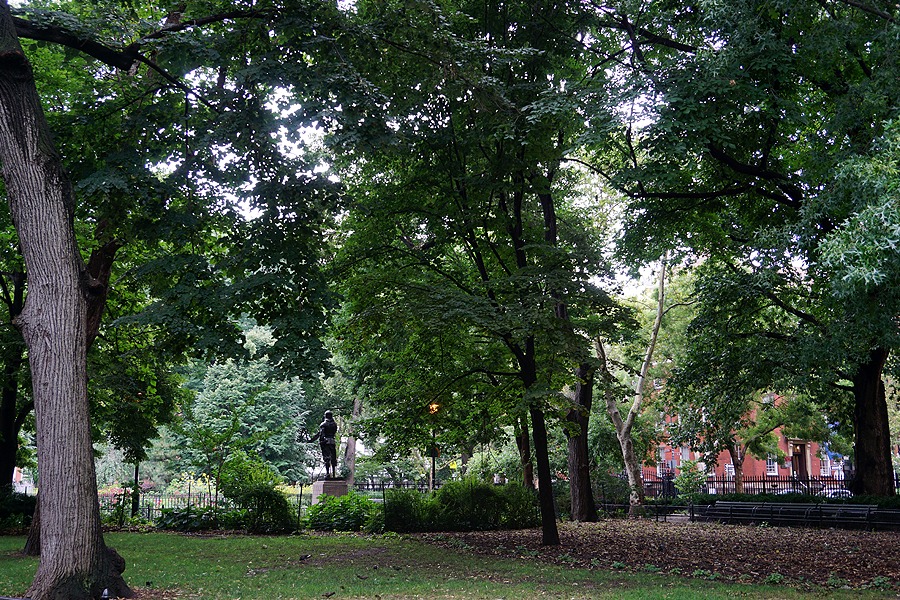
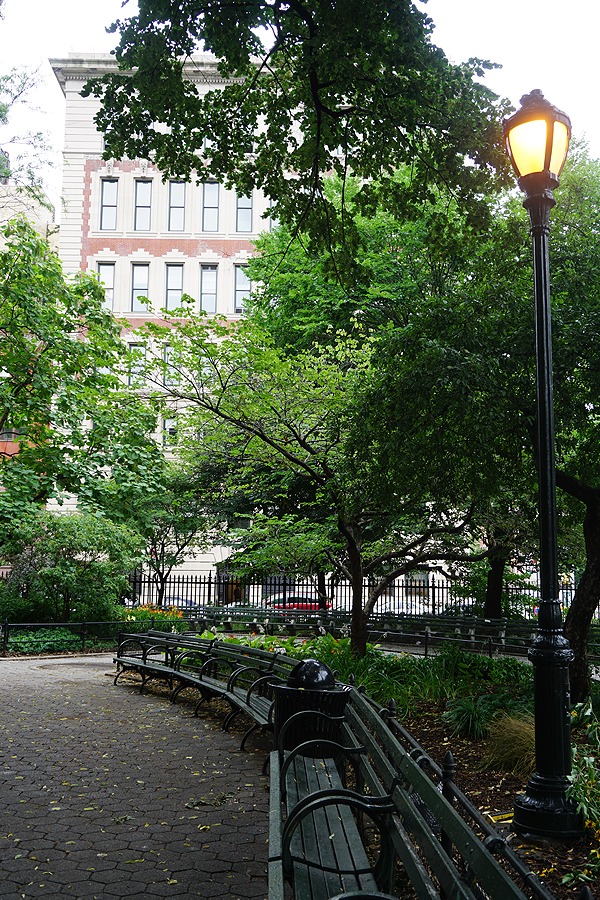
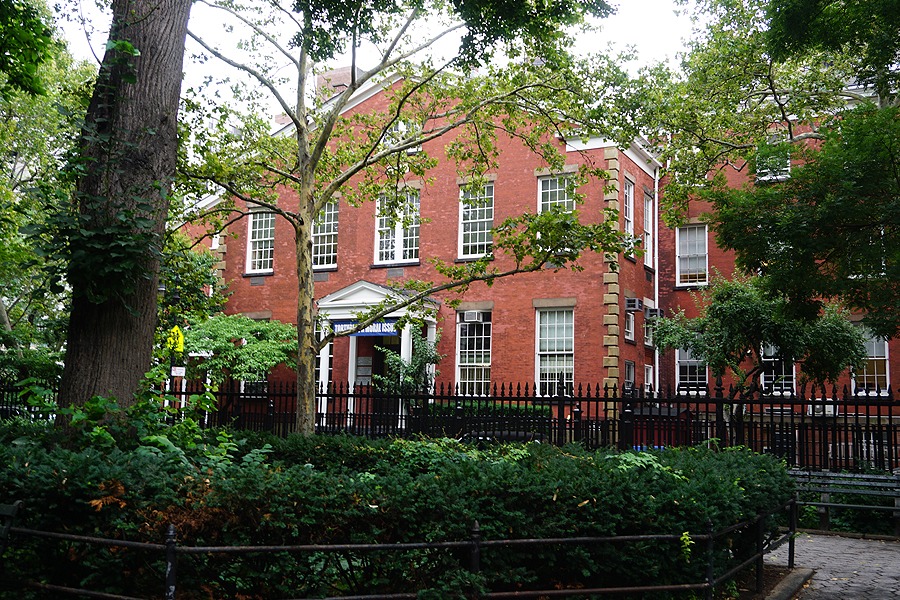
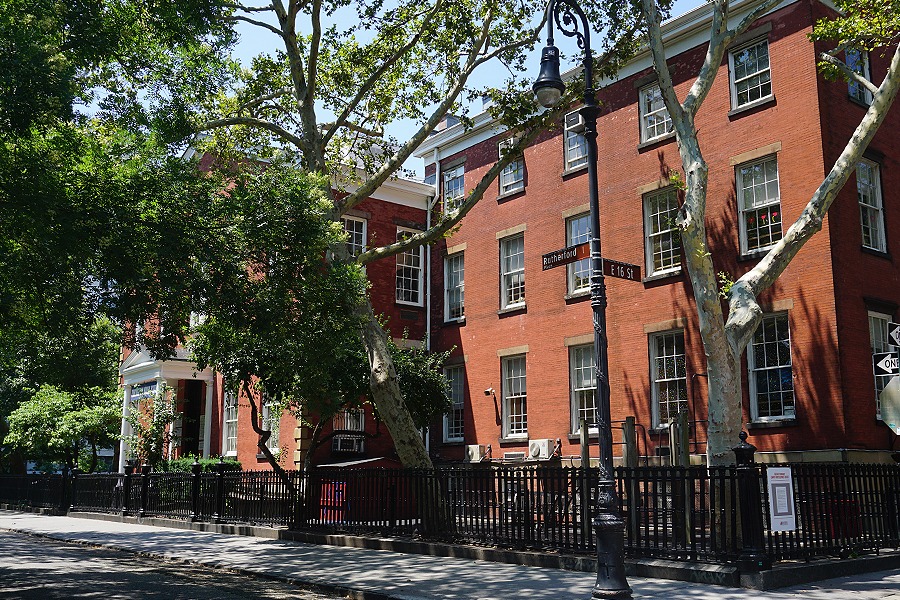
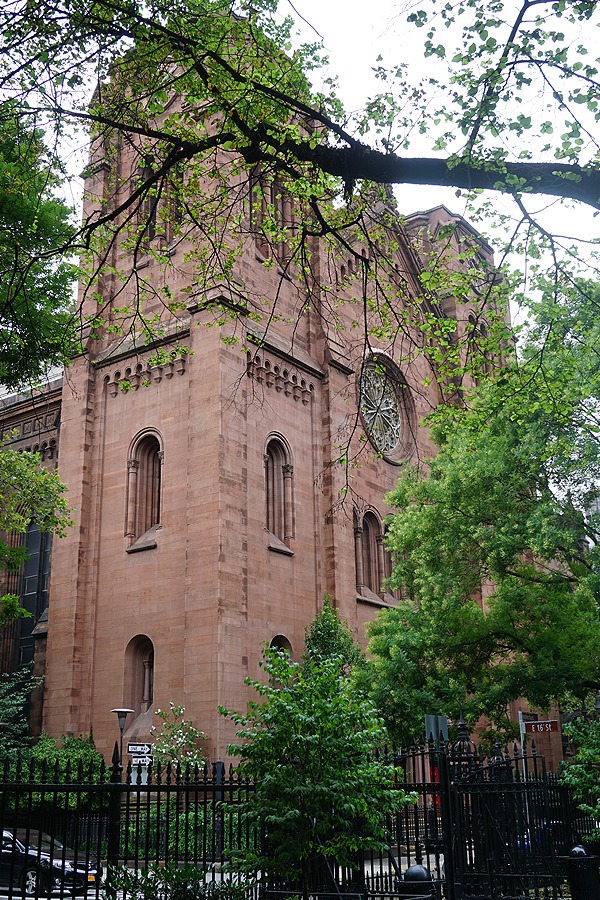
From Stuyvesant Square, we then headed west to Washington Square and 808 Broadway. Pictured in photos 1-2 are 808 Broadway, possibly the most important setting in the novels, beside which sits Grace Church that it overlooks. The photos of Grace Church that appear here (photos 3-8) were actually taken on the day I had visited the Merchant’s House Museum; I had dropped in when walking back for respite from the heat. We also walked across to the original location of Cafe Lafayette on 9th Street and University Place where the team dine twice during The Angel of Darkness (photo 9), before continuing on to 19 Washington Square North (photos 10-11), John’s grandmother’s home in The Alienist that overlooks Washington Square Park (photos 12-15).
Unfortunately, it’s at this point that the tour had to be cut short. We had, by this stage, walked for nearly two and a half hours in the blistering heat, and therefore had to skip all the other locations in Greenwich Village (which, for those who are unaware, is where a large number of key settings are located) in order to reach the Kreizler Institute for Children located much further downtown. The Institute was the #1 location I simply couldn’t miss, so we gave up our attempts at walking and opted for a cab instead; the search for which took us over near Cooper Union (photo 16). Although Cooper Union was not a setting in the novels (John does walk past it at one stage in The Alienist, though), I’ve still included it here due to its extremely close proximity to a very important location in novel, Paresis Hall.
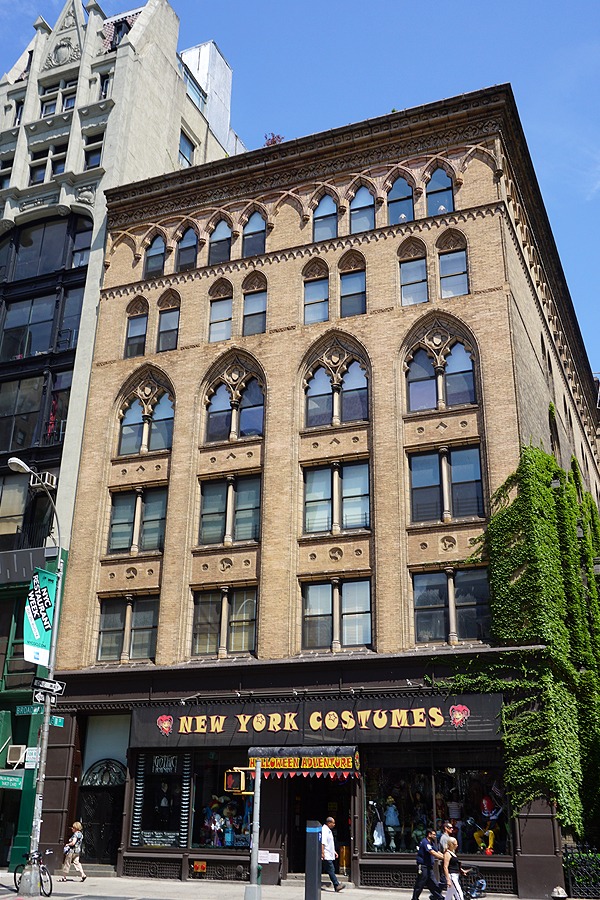
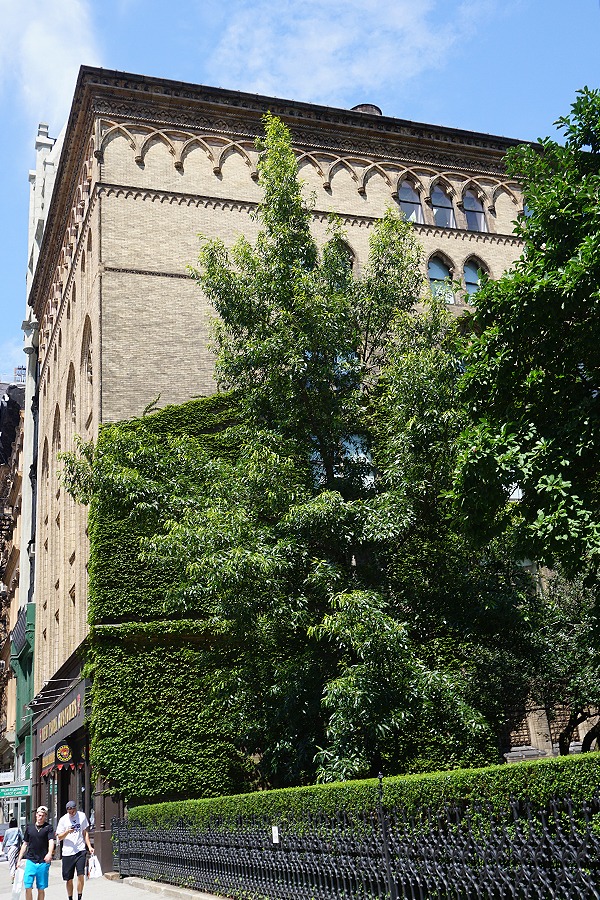
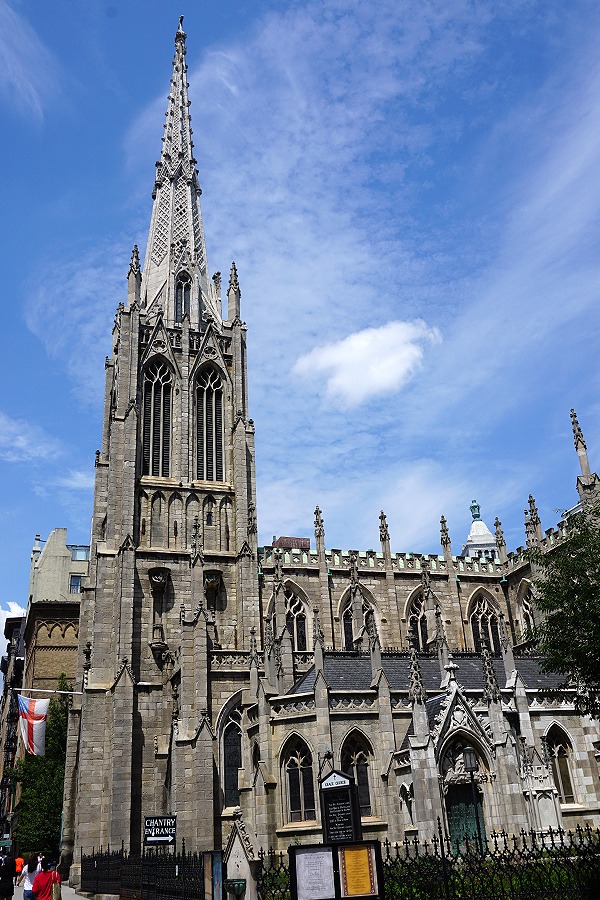
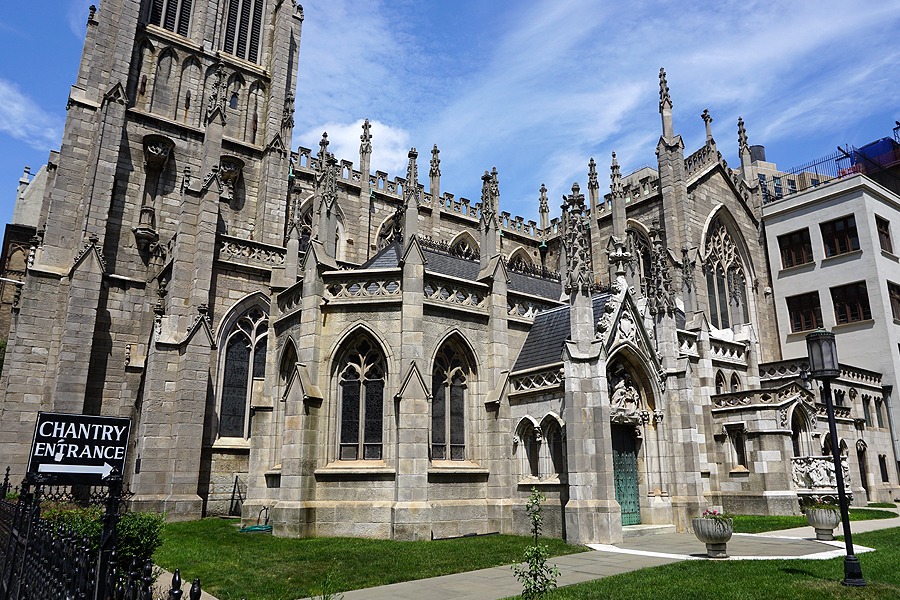
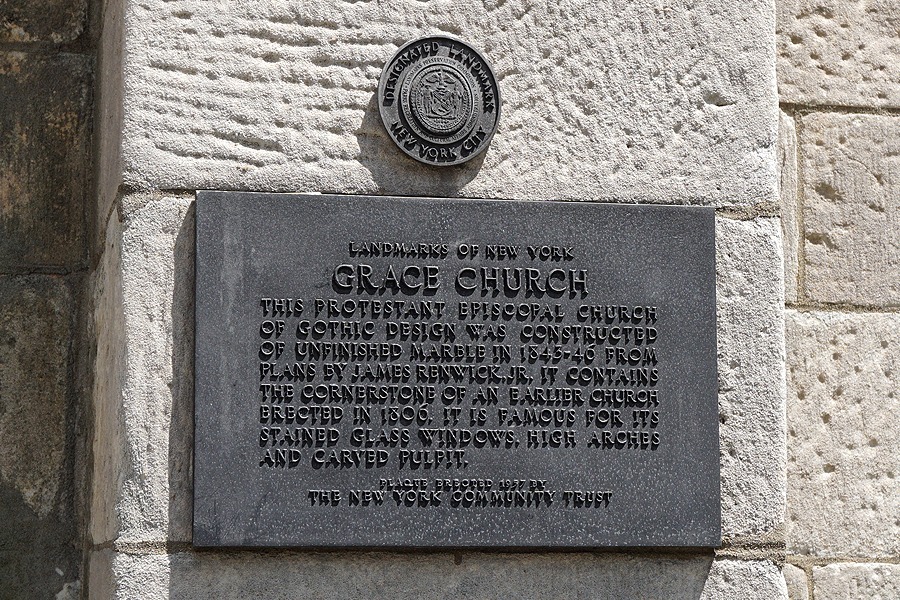
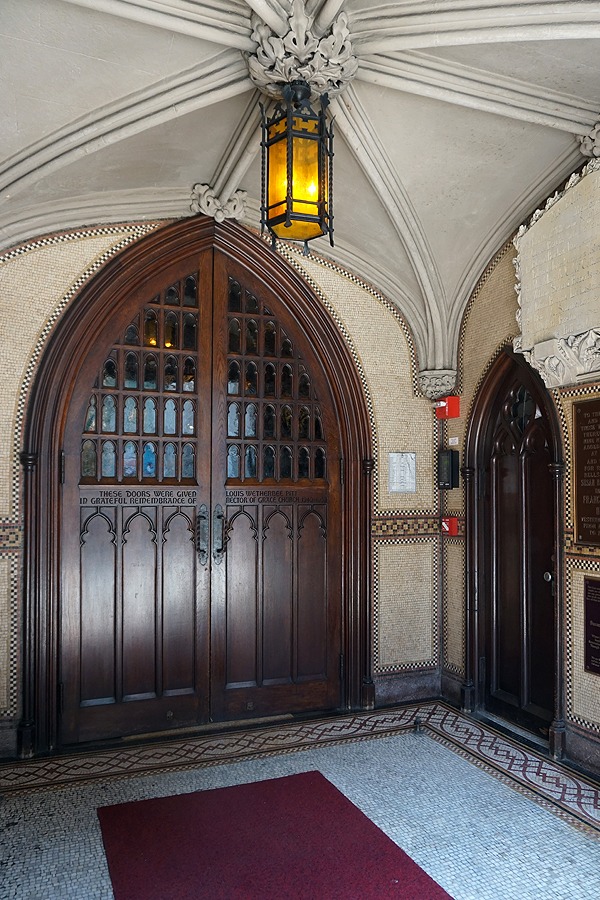
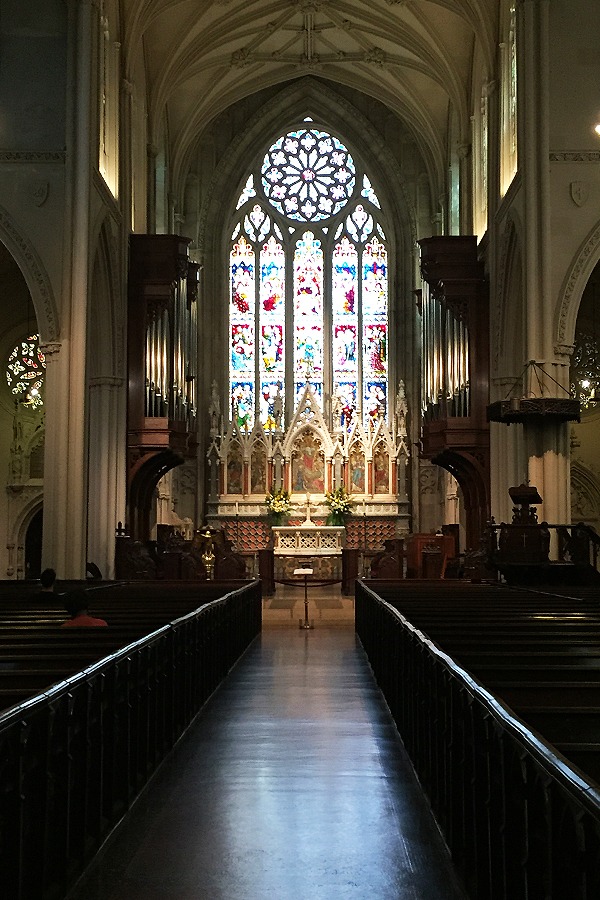
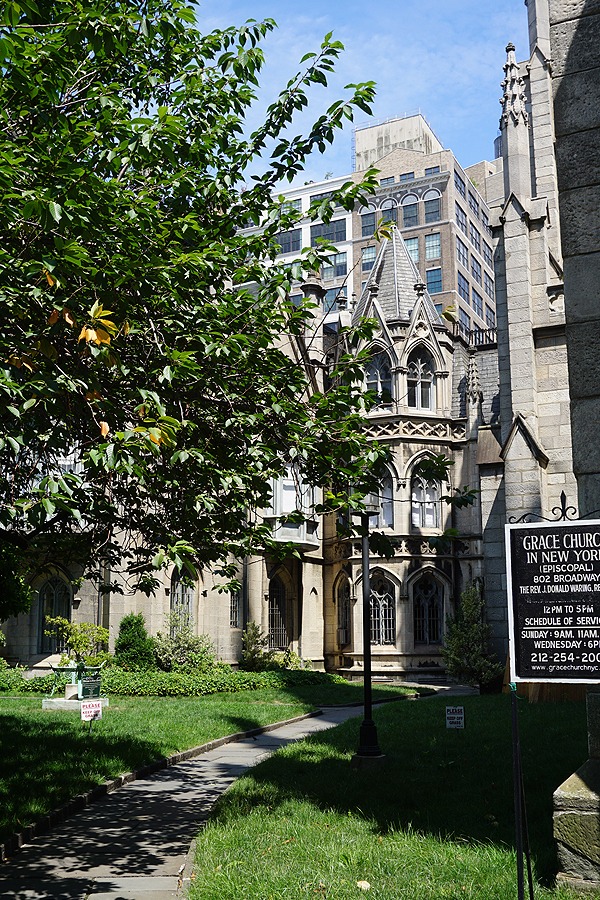
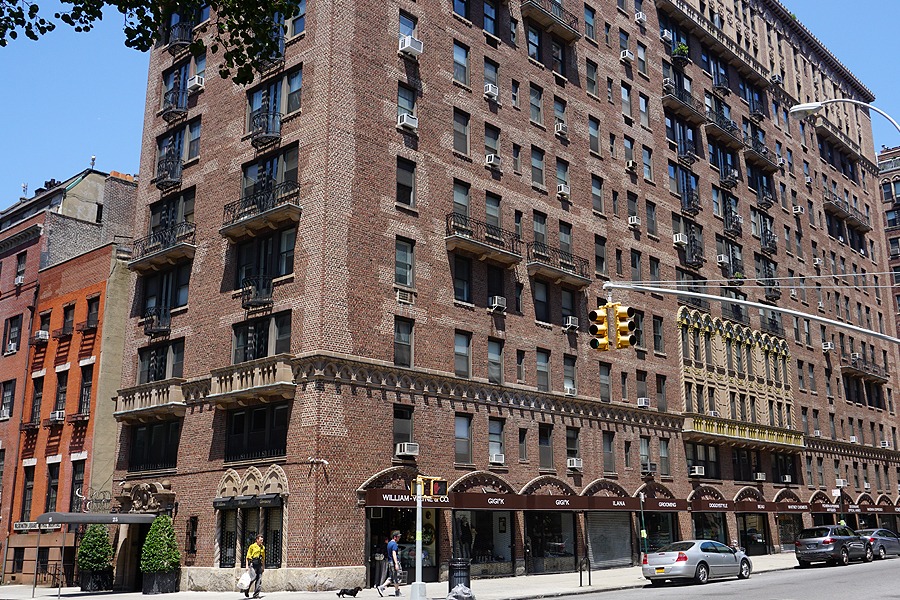
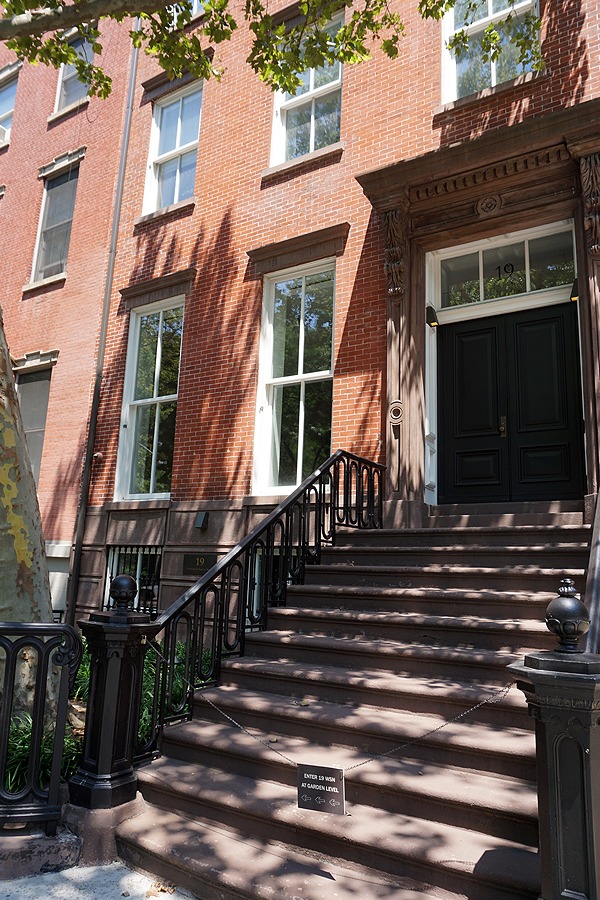
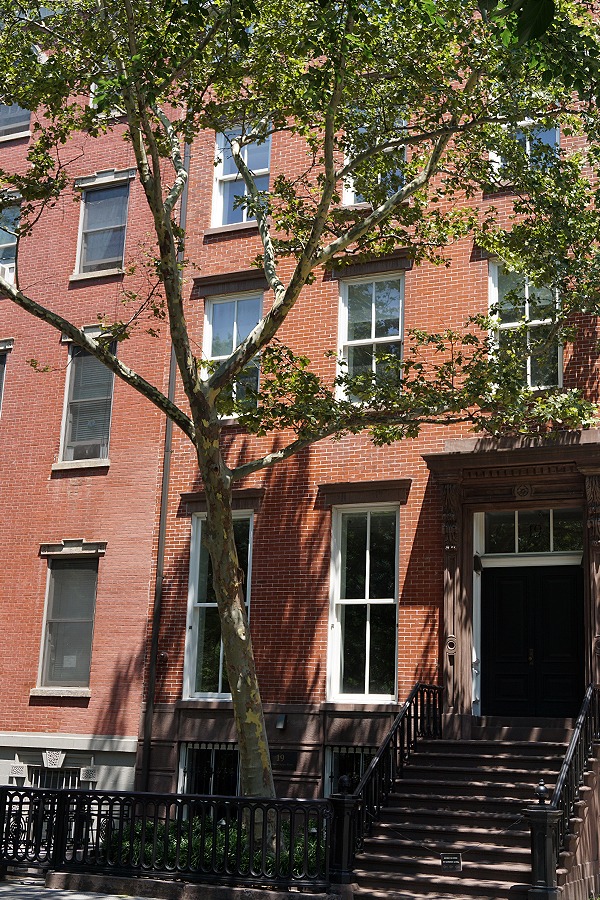
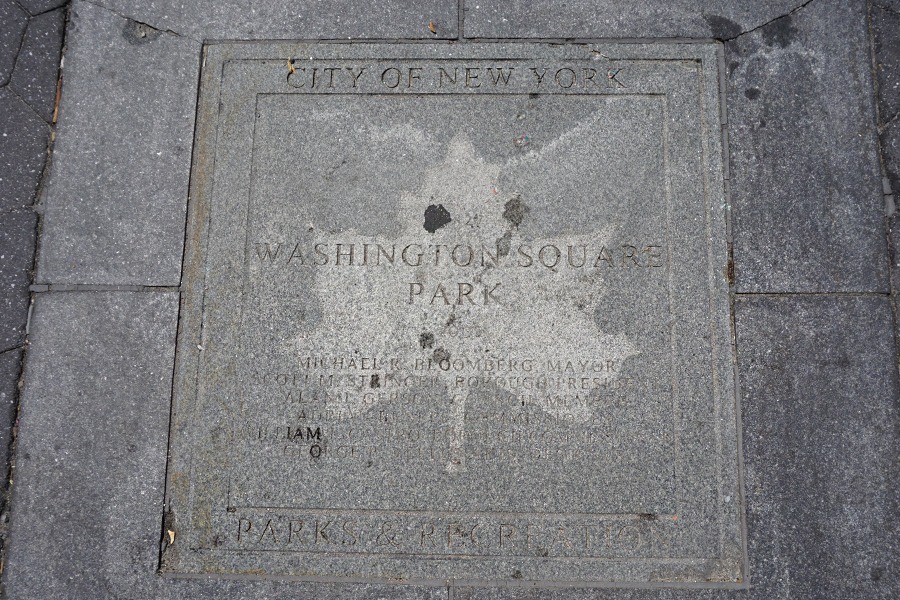
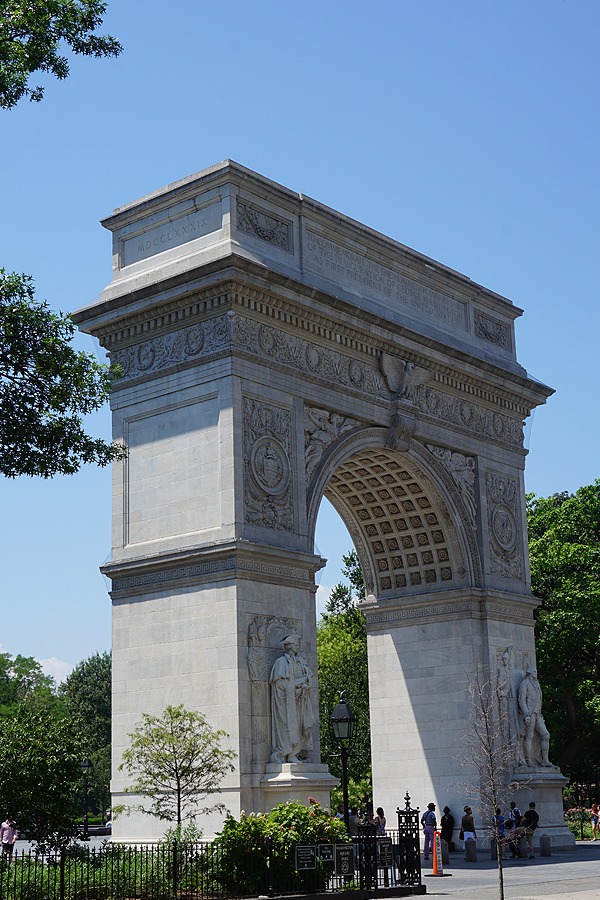
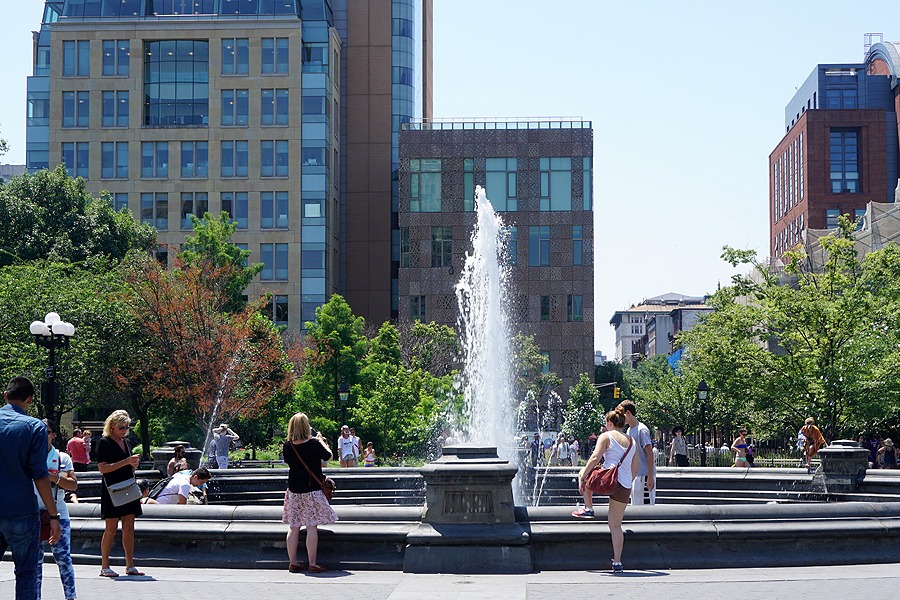
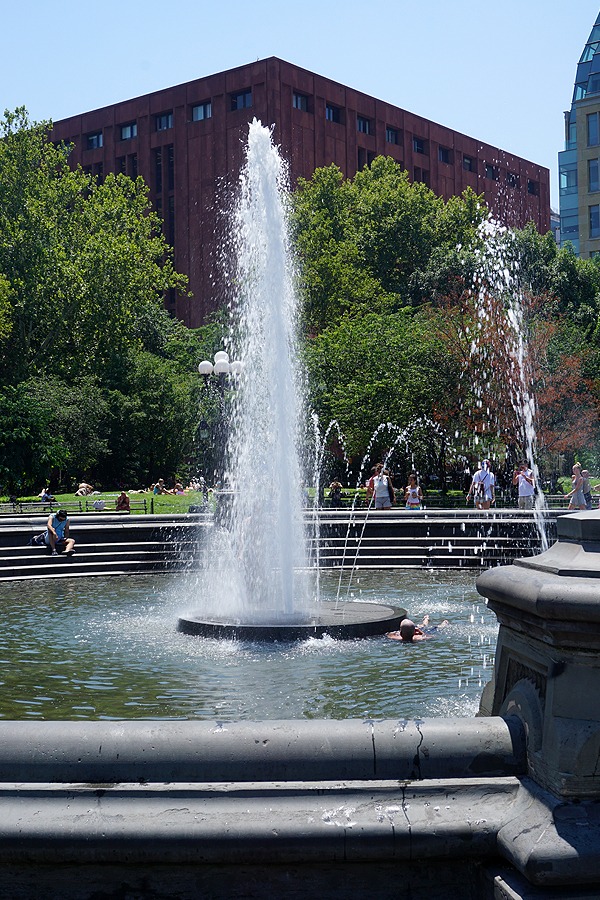
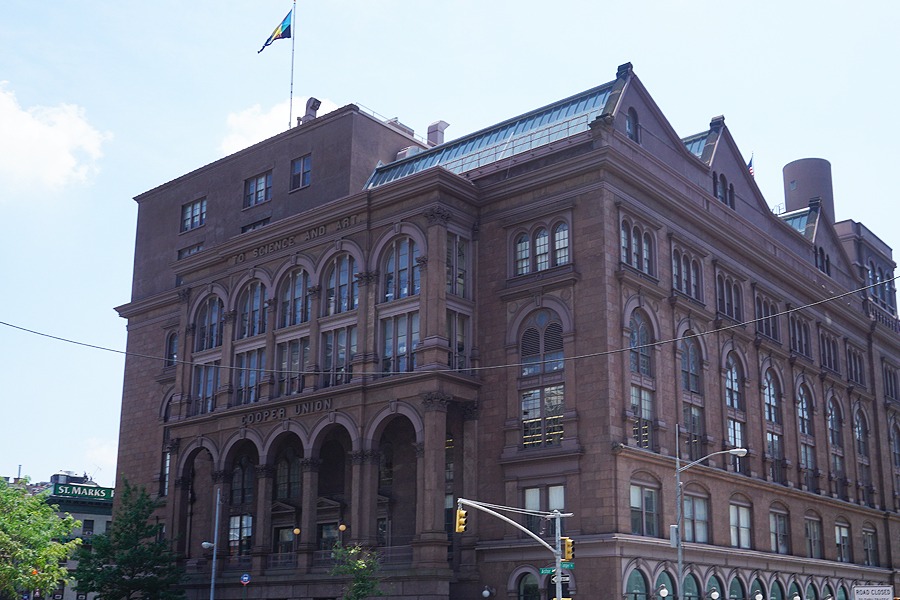
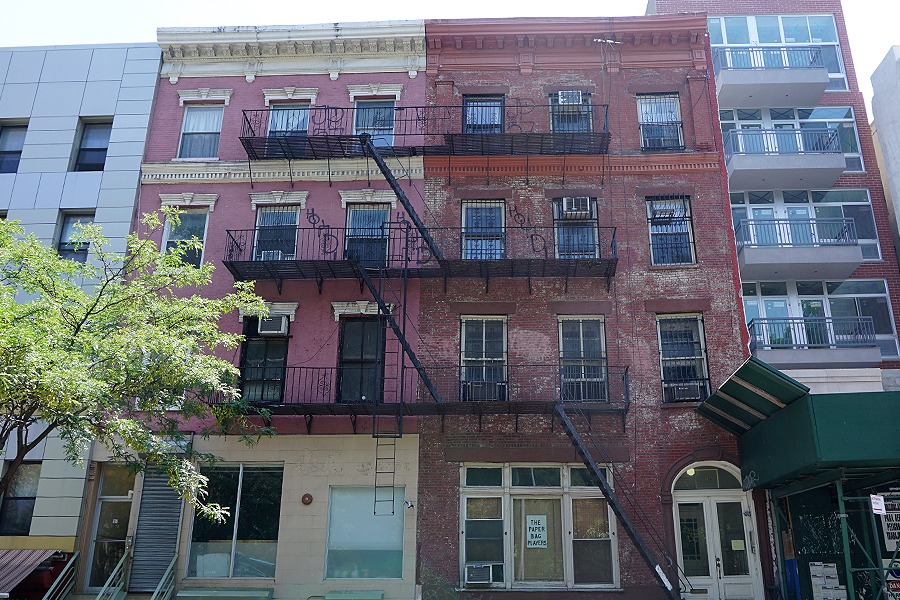
Although the search for a cab and the drive that followed used up the remaining thirty minutes of our tour, it did allow me to finally get a good photo of 185-187 East Broadway, the location of the Kreizler Institute for Children (photo 1). From here, I parted ways with the very helpful Kevin, and I went to the Tenement Museum where I was due to partake in a tour of the building.
Hold on! Where is the subheading for the Tenement Museum? Where are the photos? Alas, ten minutes into the tour — which takes you into a preserved tenement building, complete with no air conditioning — my three hours of walking non-stop in the midday sun on the hottest day of summer caught up with me. The world went black and I very nearly fainted! Fortunately, my luck hadn’t quite run out yet, and instead of collapsing I was “rescued” by some relatives who were due to meet me at the museum for my last evening in New York City. Missing the Tenement Museum was a big disappointment for me, but it simply could not be helped and I have since come to terms with the disappointment by telling myself that it only provides yet another reason to return one day, not to mention all the other locations that I missed in Greenwich Village that I had wanted to see.
Fortunately, however, my relatives came to the rescue in one more sense as well. After feeding and re-hydrating me, they took me to the last location on my “must see” list: Battery Park (see photos 2-3) where we were able to see two of the final crime scene locations from The Alienist that I had not yet visited: the Statue of Liberty (photo 4) and Castle Clinton (formerly known as Castle Garden; photos 5-8). Thank you, Pat and Walter!
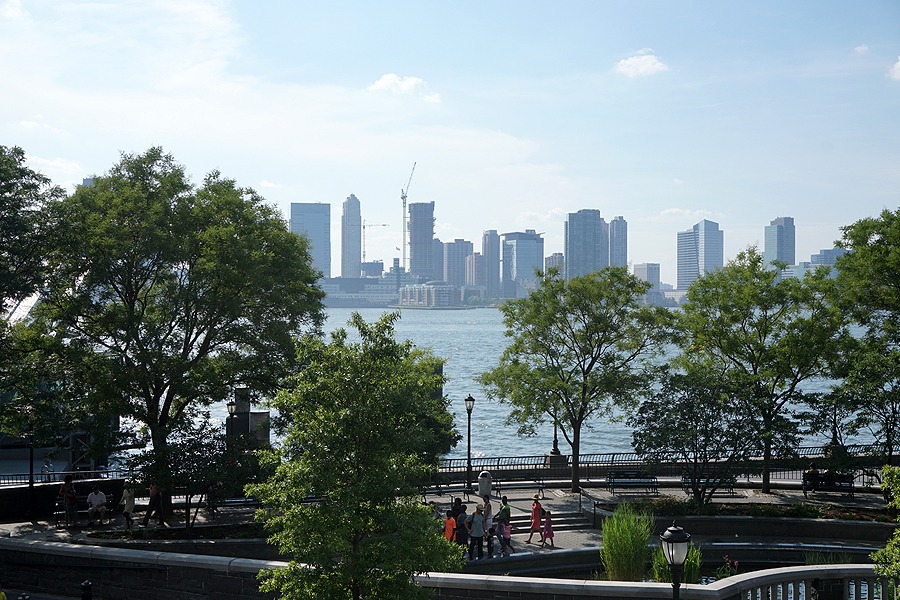
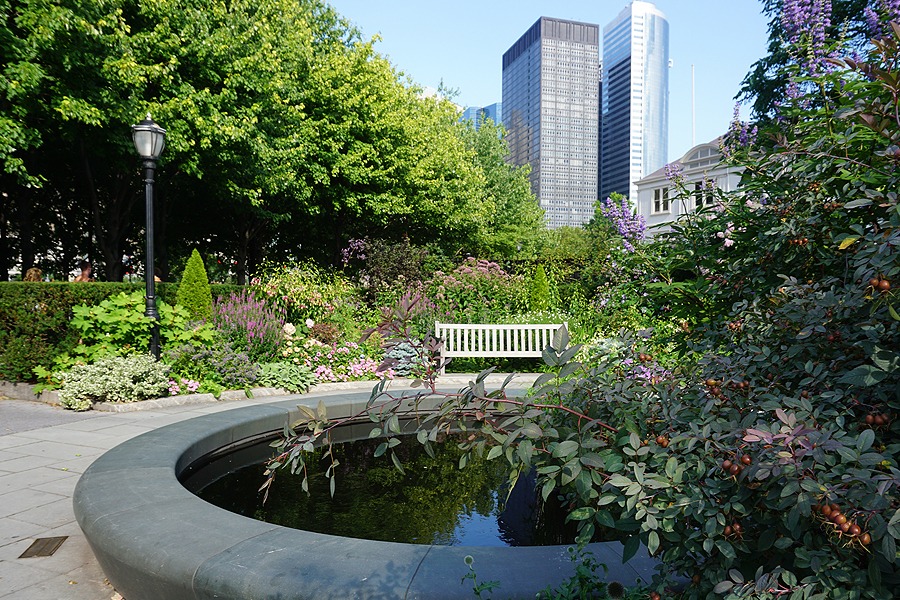
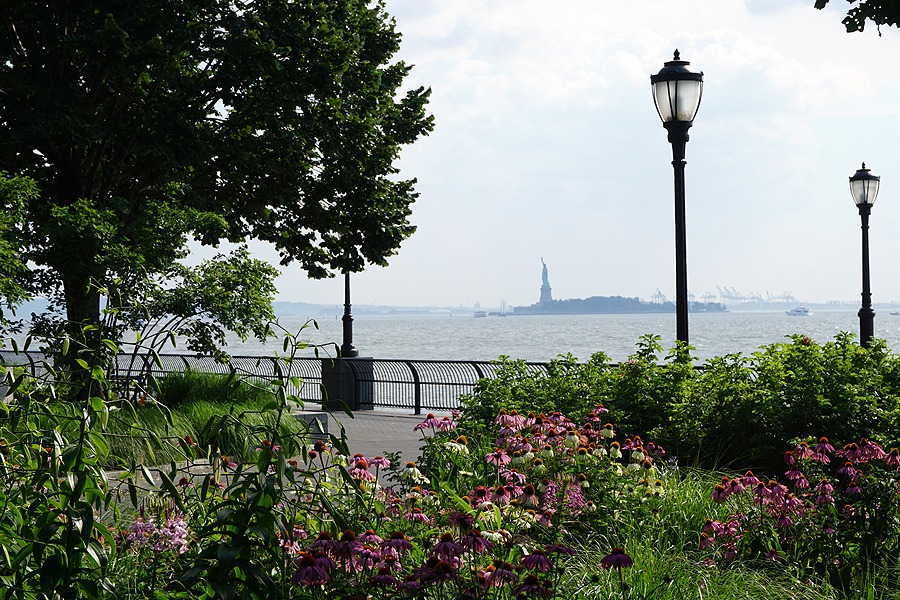
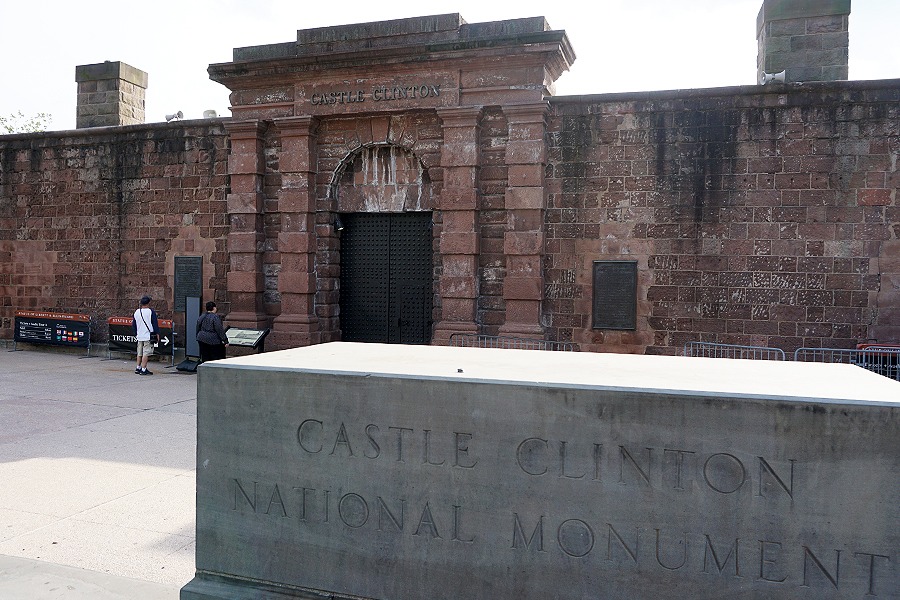
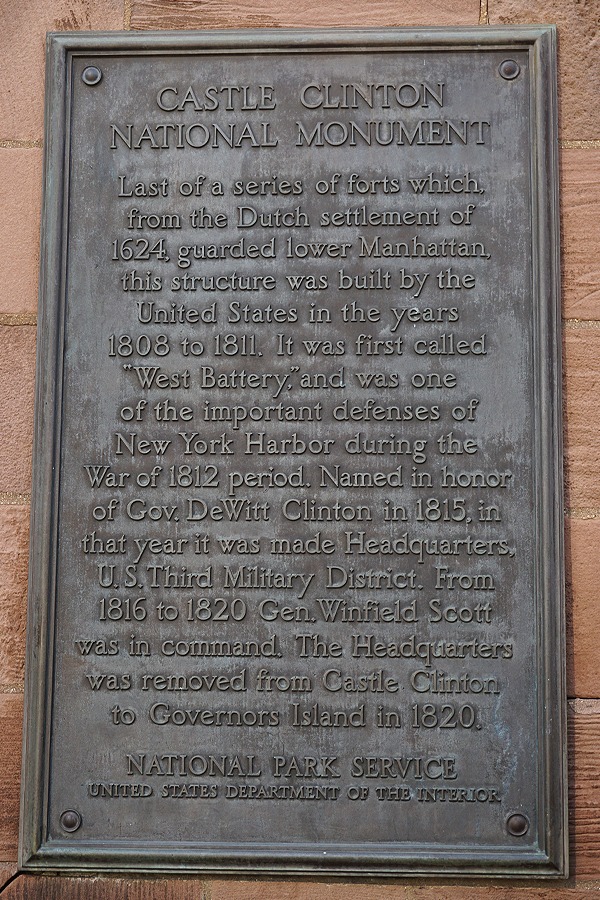
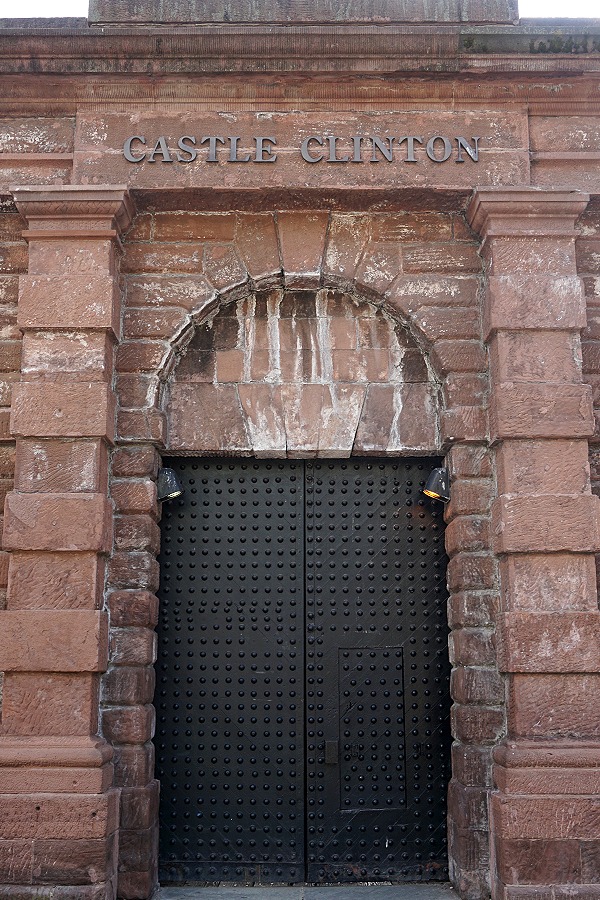
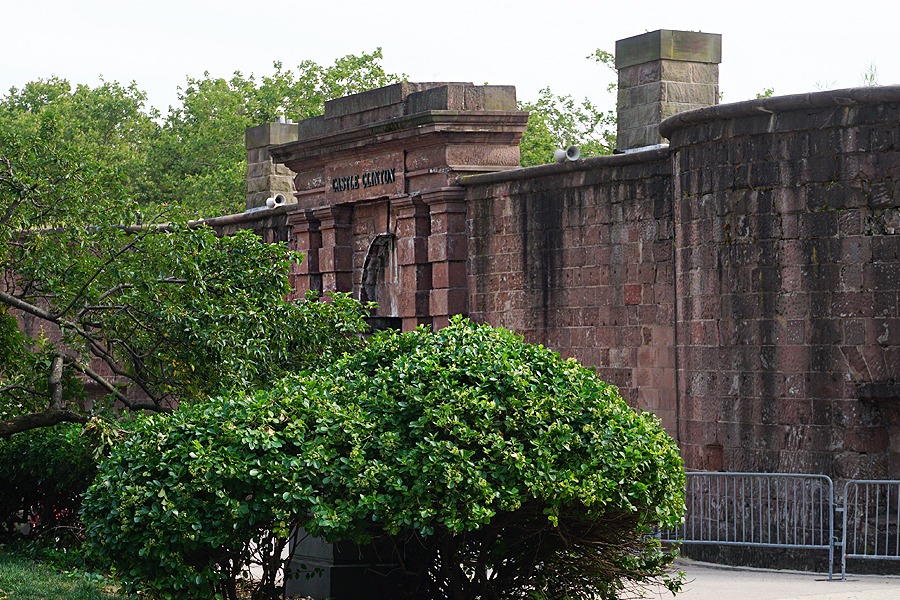
Freedom Tower & Memorial
The final place I visited in New York might not be an Alienist location, but I couldn’t conclude this travel blog without mentioning it. On our walk back to the car after visiting Battery Park, we decided to visit the National September 11 Memorial where we walked around Memorial Plaza and saw the newly opened Freedom Tower. There are no words for this portion of my trip, so I will instead let the photos speak for themselves.
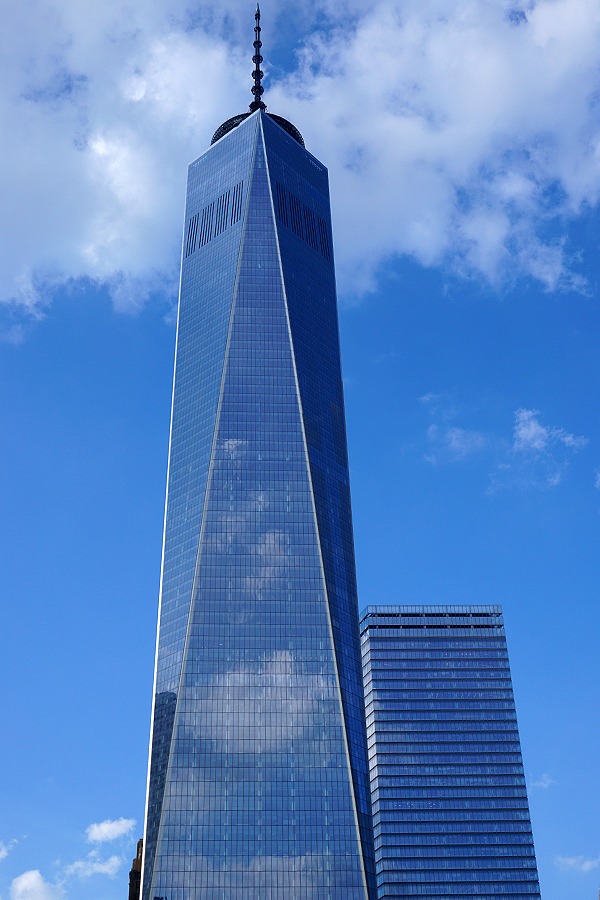
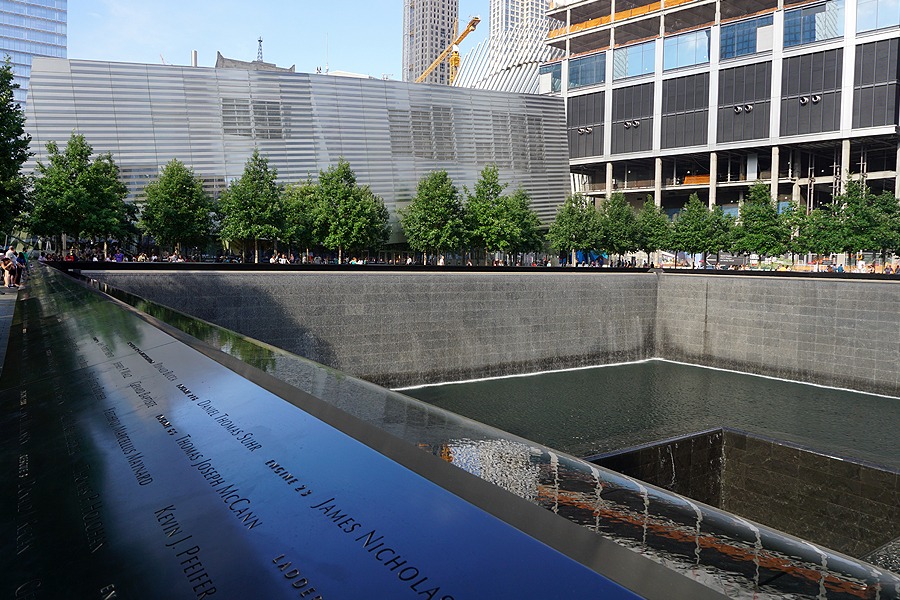
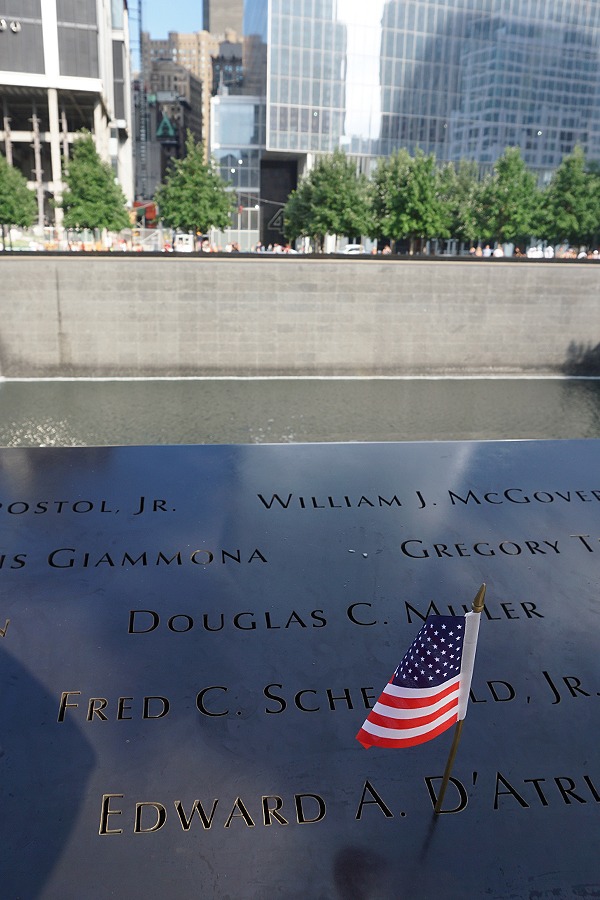
Conclusion
I think the best way to sum up how I felt about leaving New York after my amazing week and a half there is simply to explain that after I returned to The Inn at Irving Place in the evening, it finally hit me that this was my last night in New York; and I found myself sitting on my bed, looking out at the trees beyond my windows, and feeling dreadfully homesick for a place I had not yet left and could not even call my home. In all honesty, I had thought that my trip would cure me of my love of New York. Instead, it’s made my love of New York more intense than ever before. I’ve only been back home — in my real home, that is — for a few weeks now, and I already know that one day I have to return. I actually think Caleb Carr explained it best in his much dismissed first attempt at fiction, Casing The Promised Land. Even though I’m not a native New Yorker, I can, at least, understand the feeling he describes.
Casing The Promised Land, Chapter 16:
Whatever else New York may be, she’s a kind of mother and she does love her children. She loves them when they wander, because she knows they’ve got to come back and she knows why they do. A cab driver once told me that the only thing better than leaving New York is coming back to it–when you’ve grown up on the city’s streets you know that the cabbie’s words are true, and you love it to be that way. On every return the skyline of Manhattan grows; it grows, keeps growing until suddenly you’re within it, and every dream that the city has ever ignited is rekindled.

